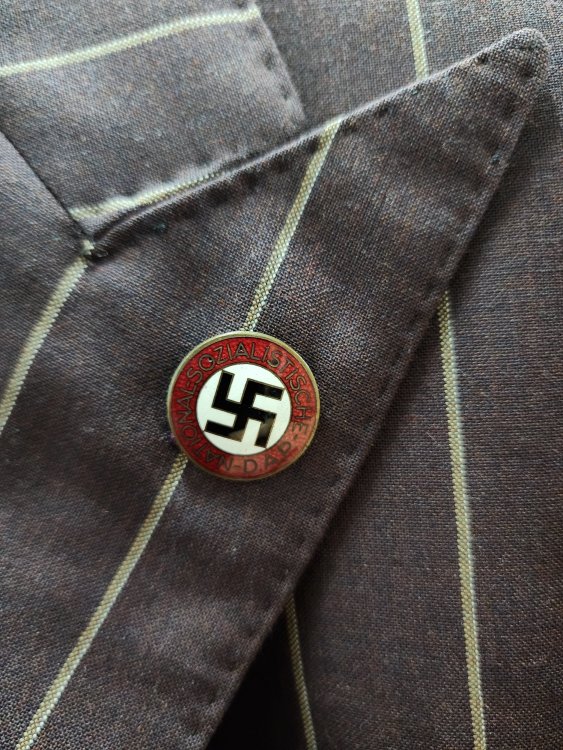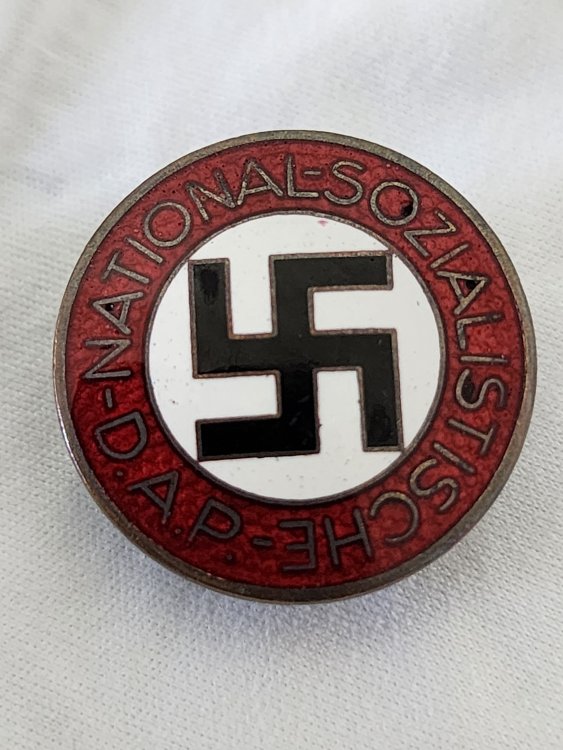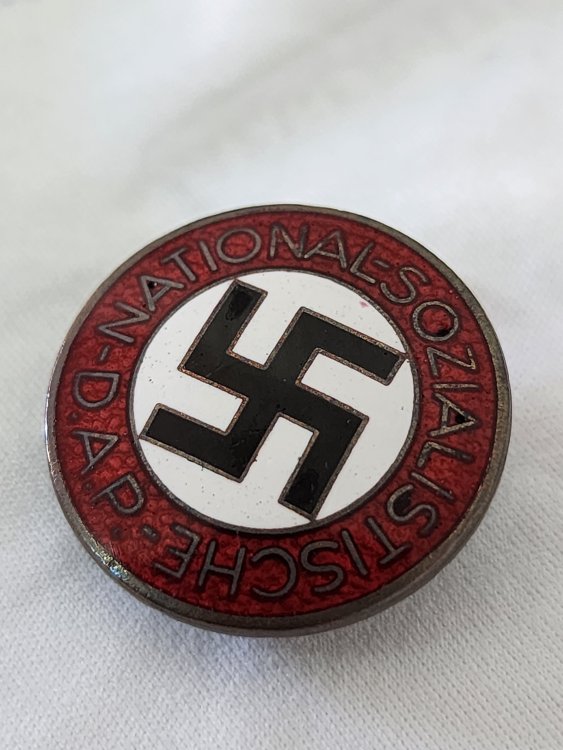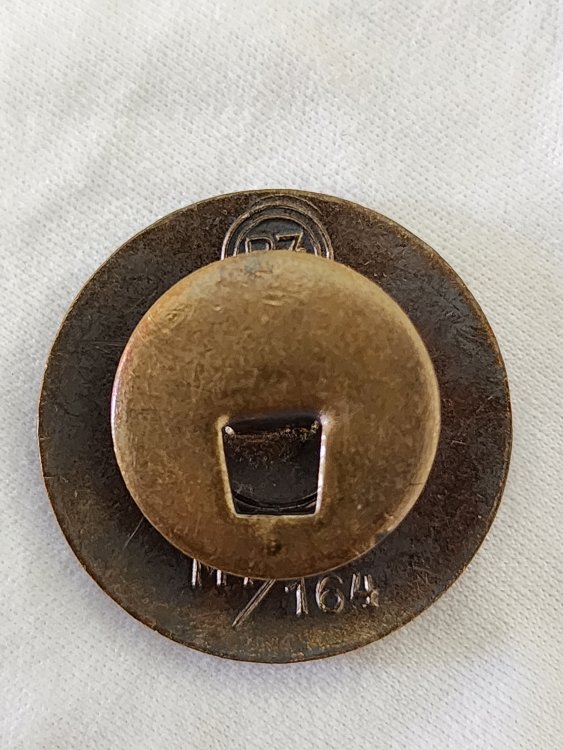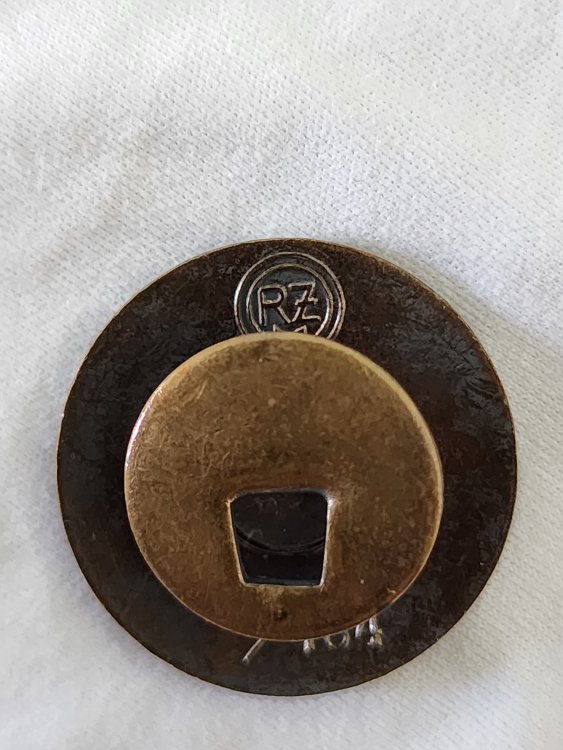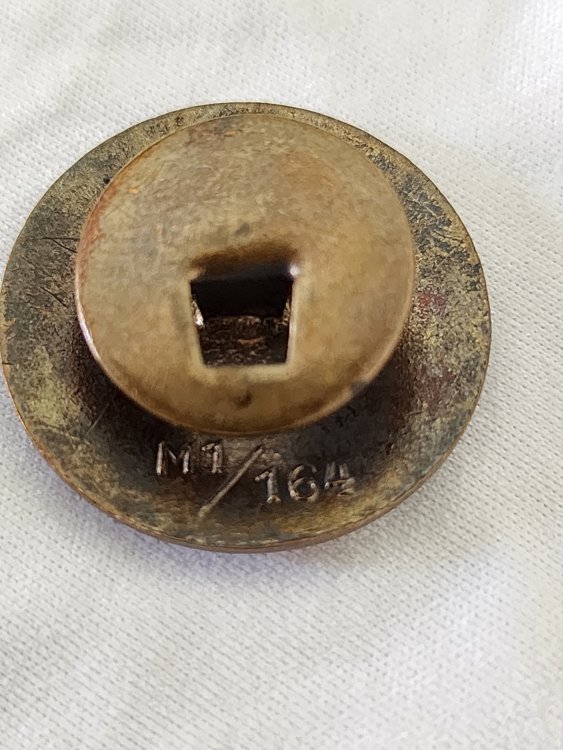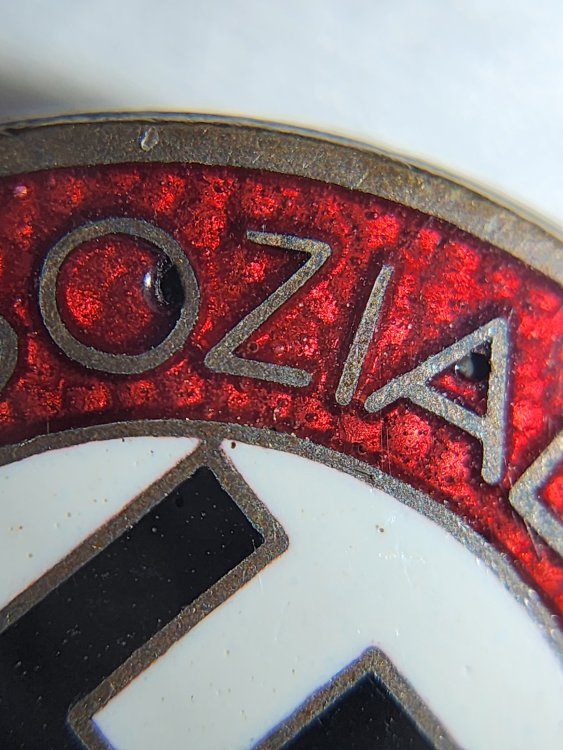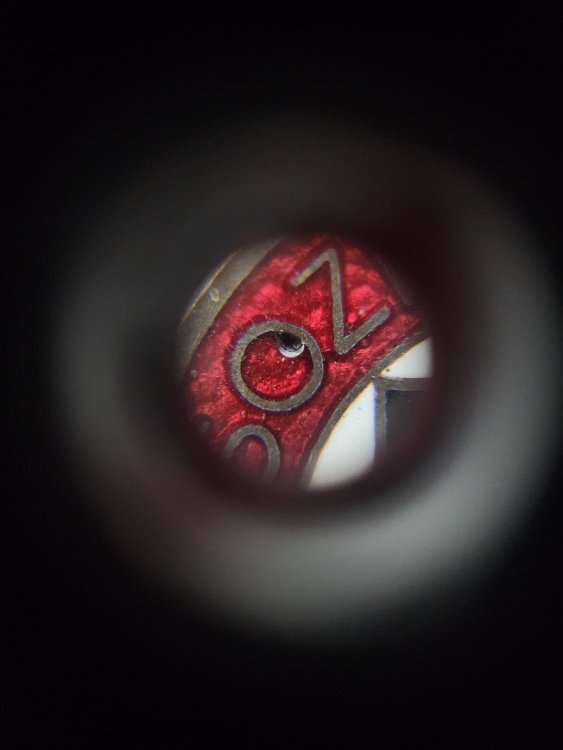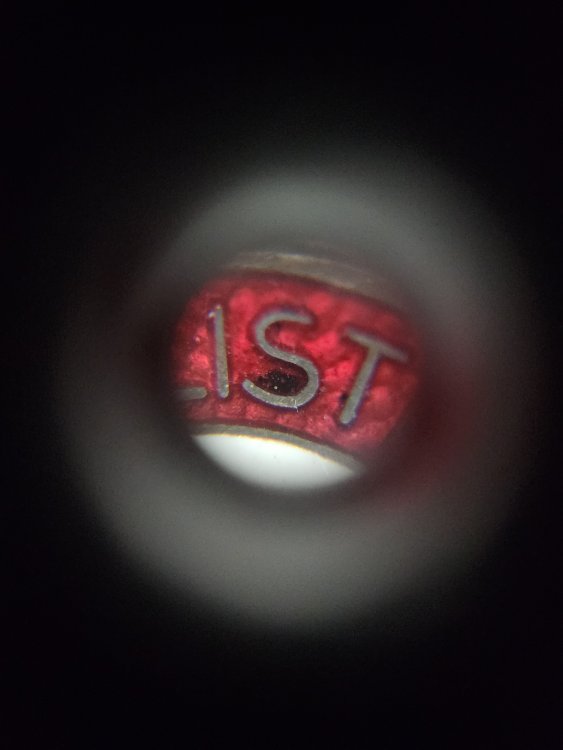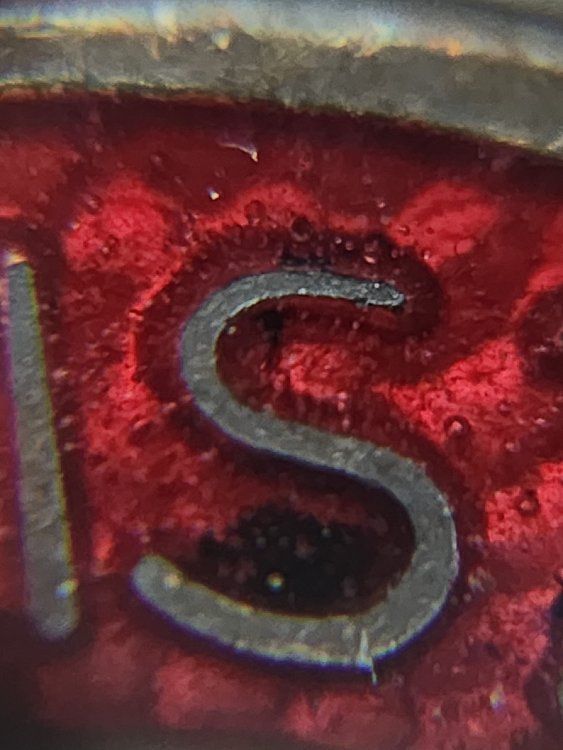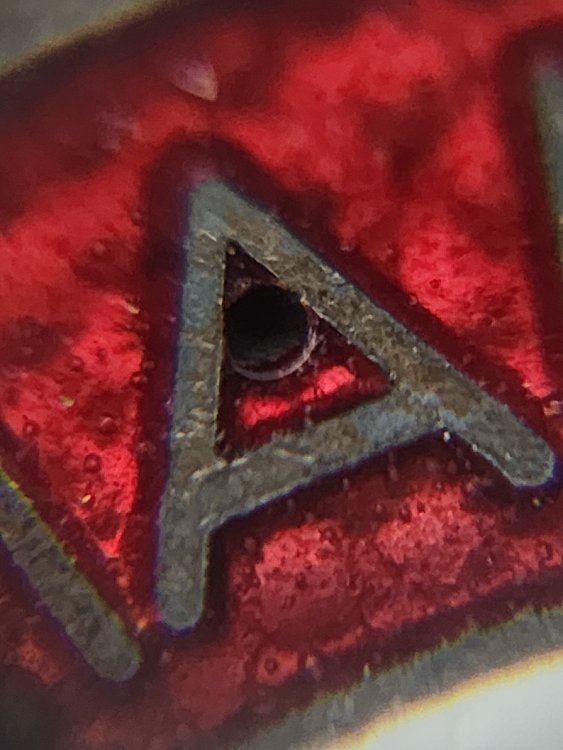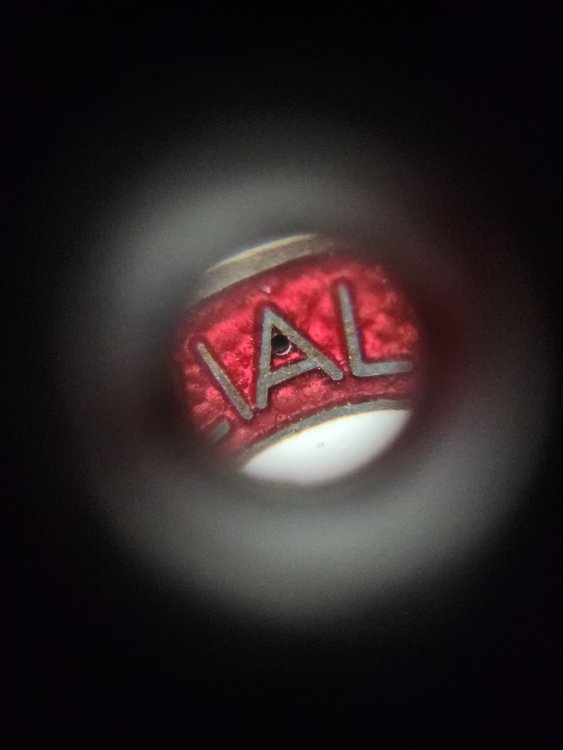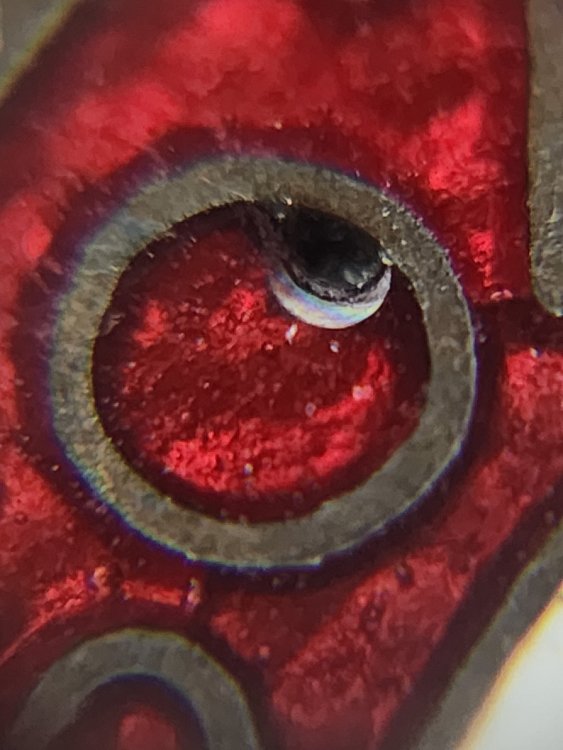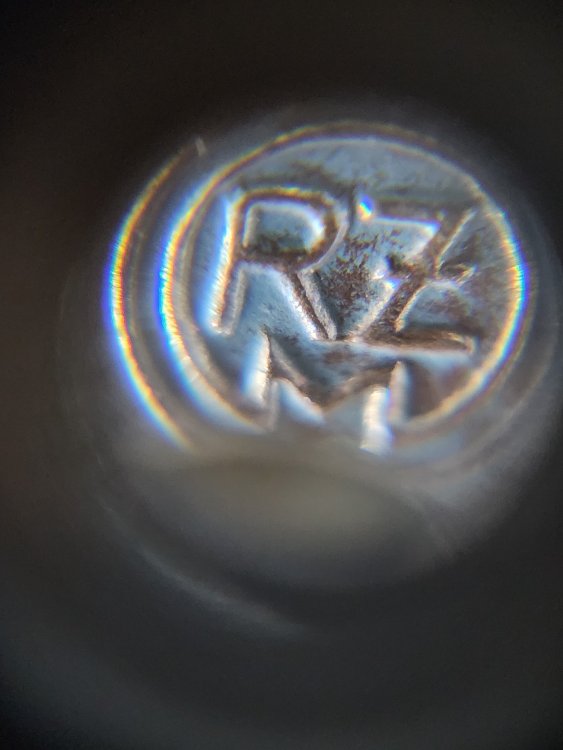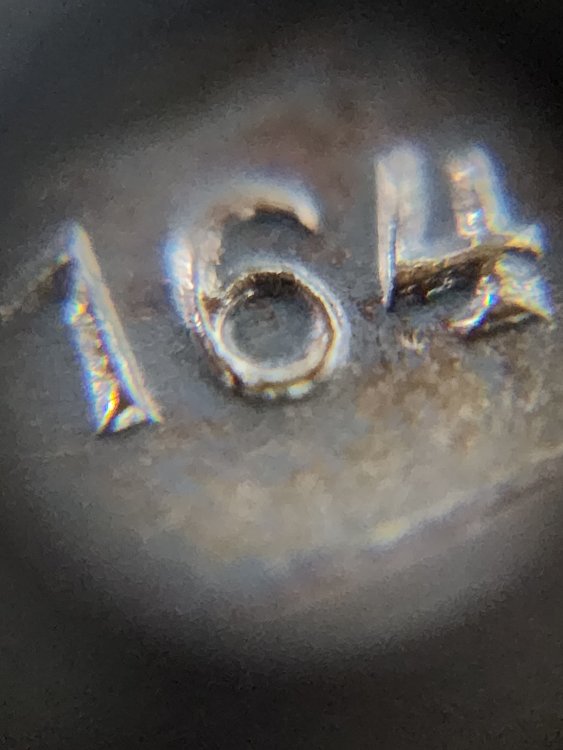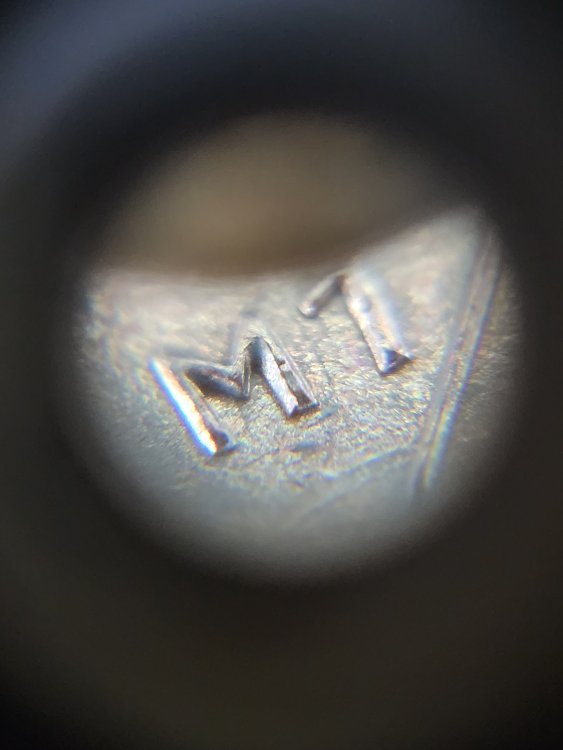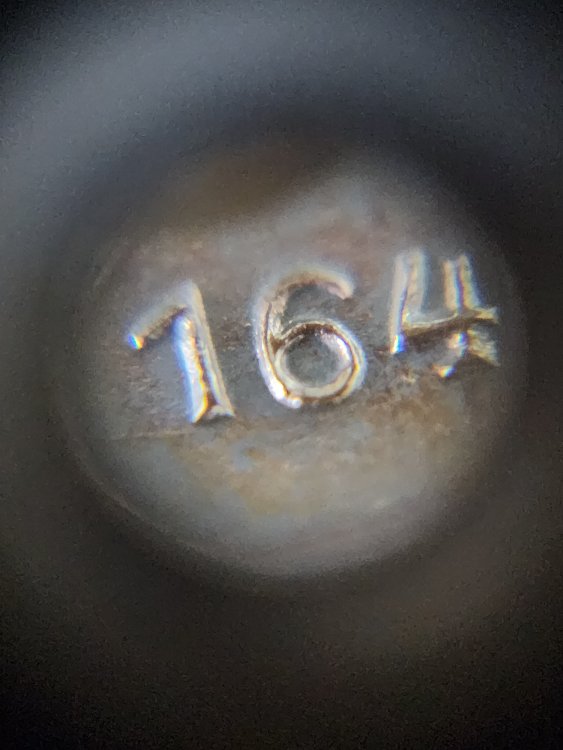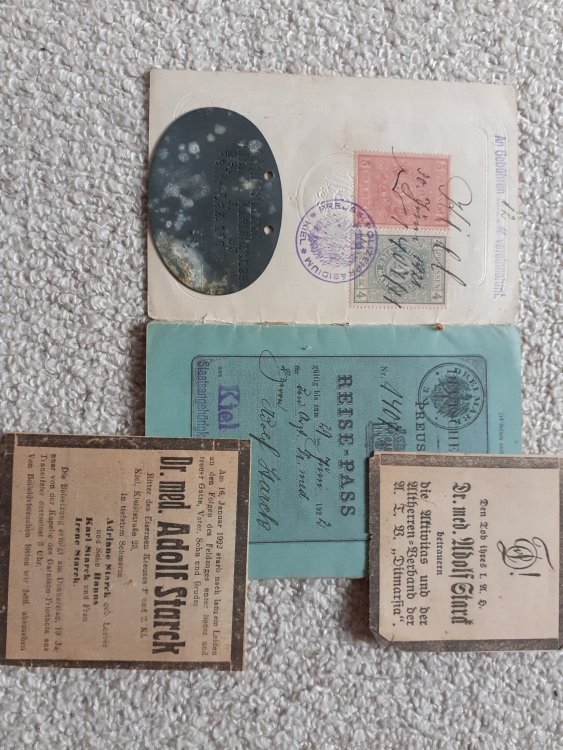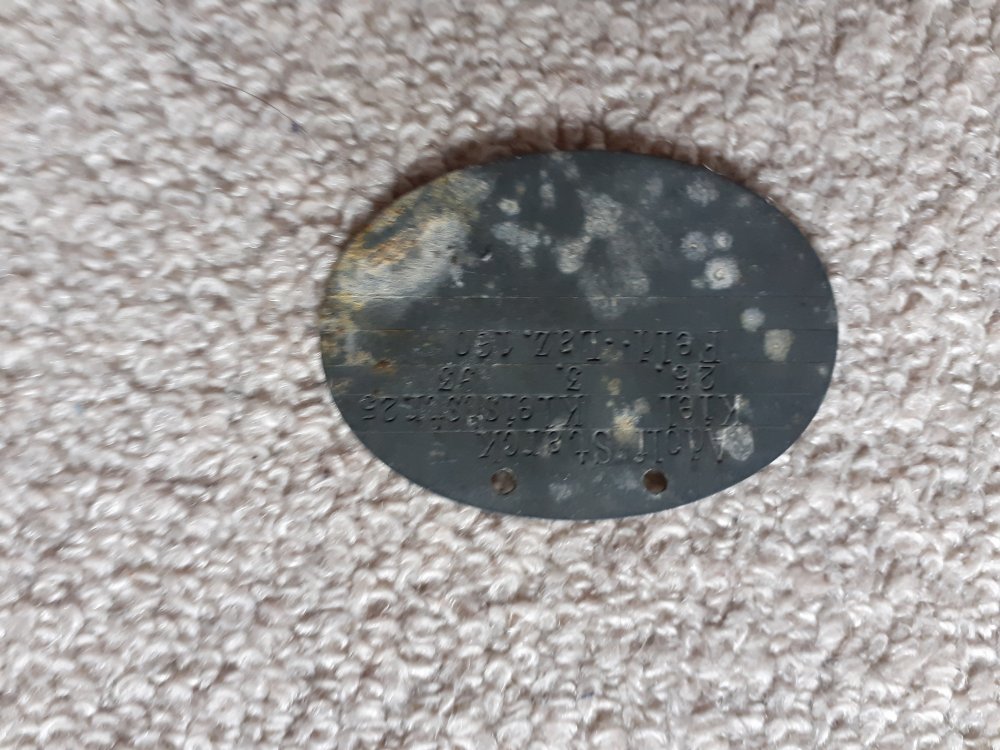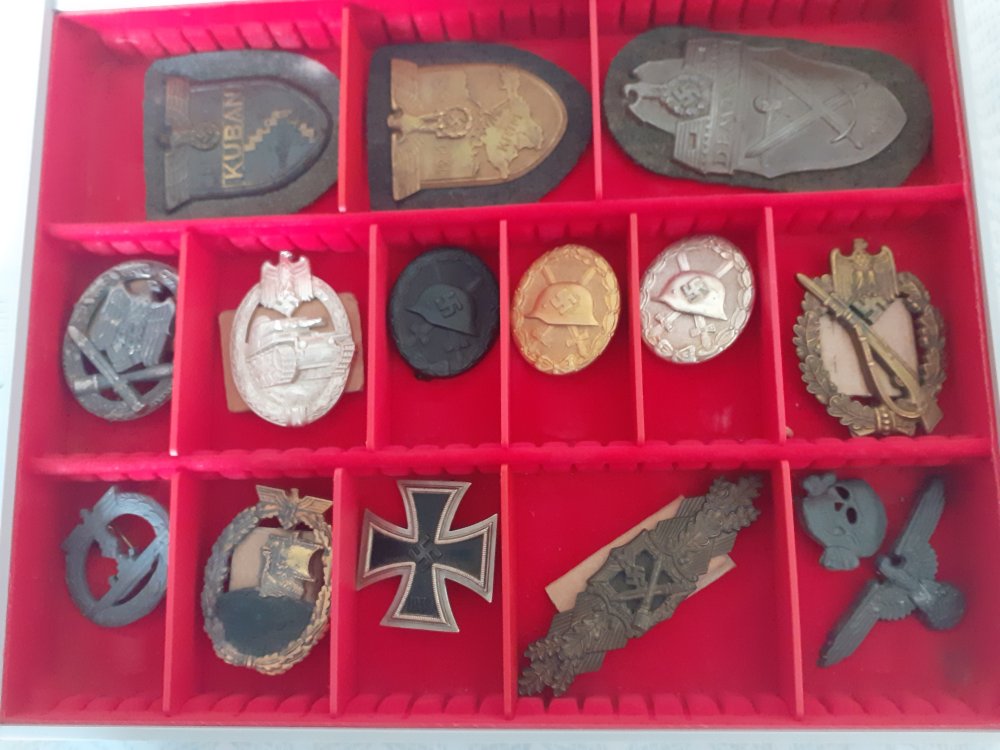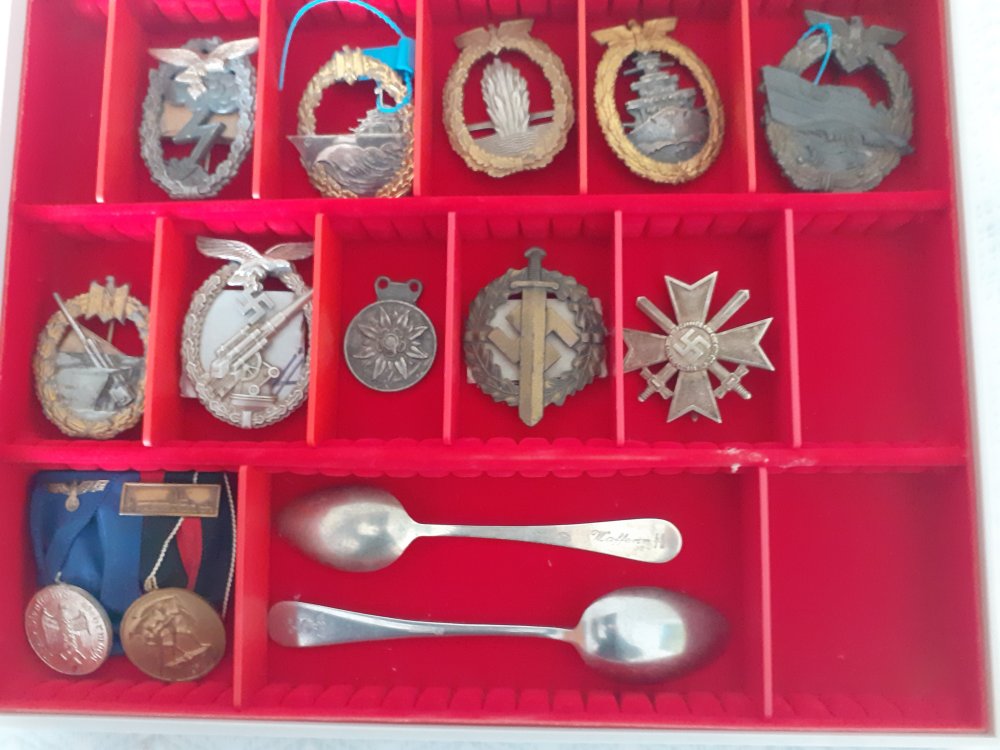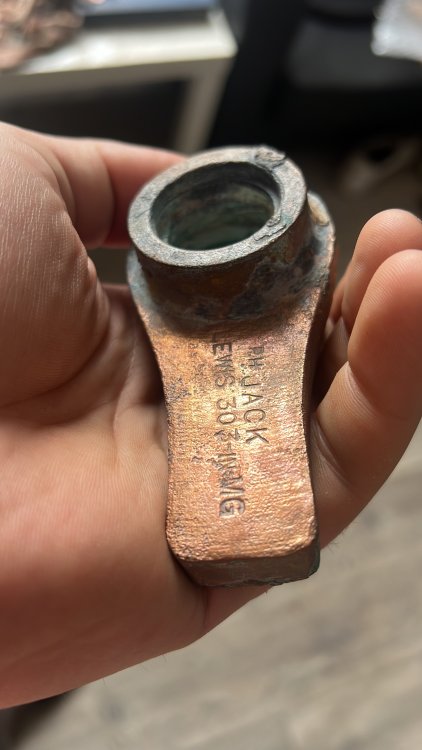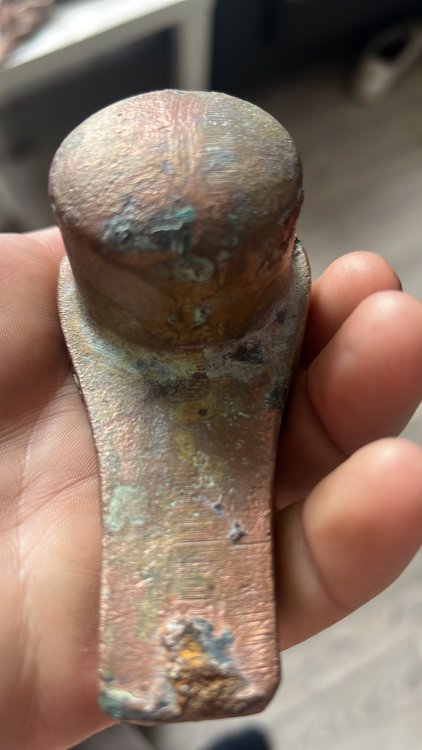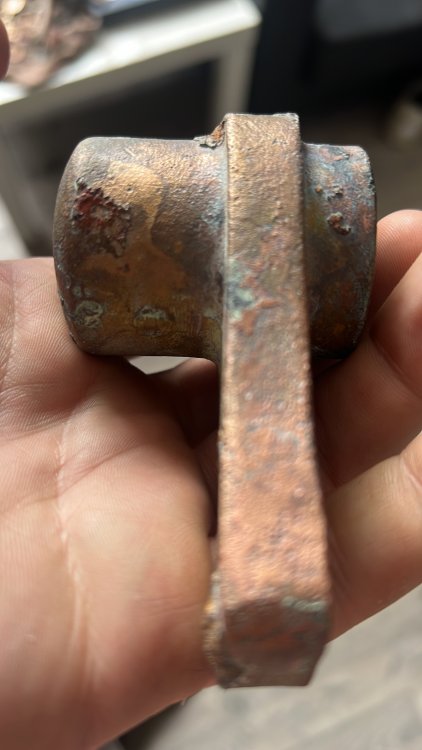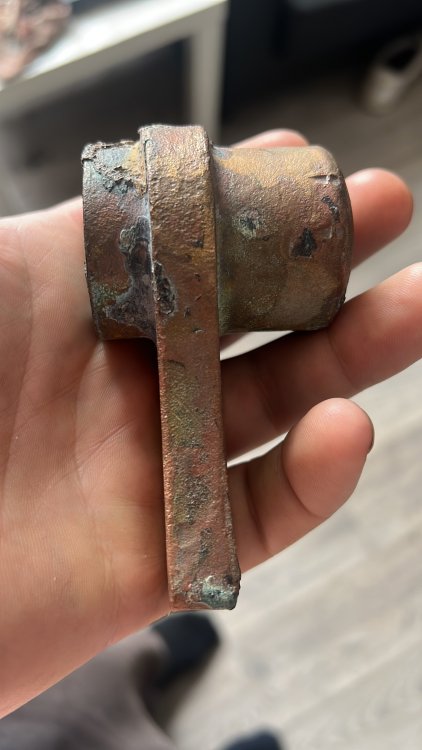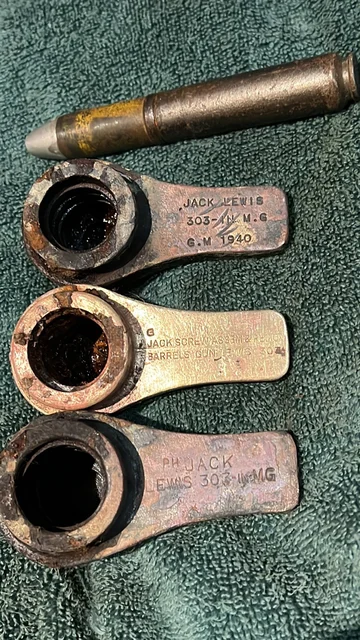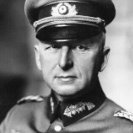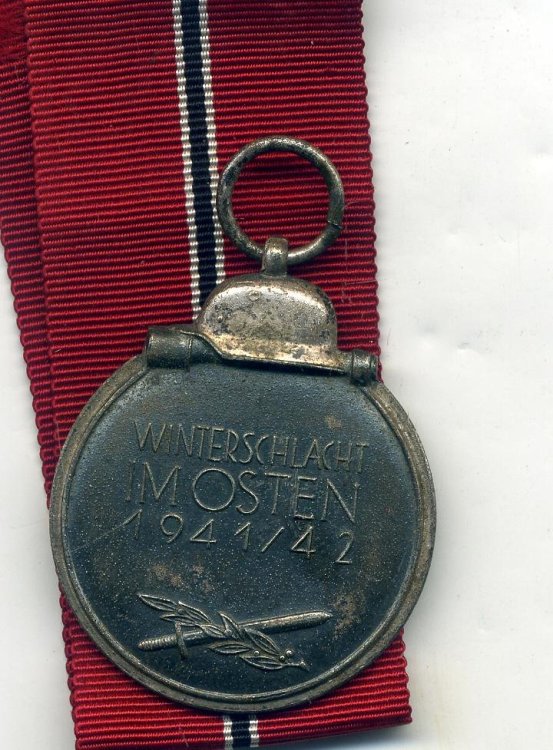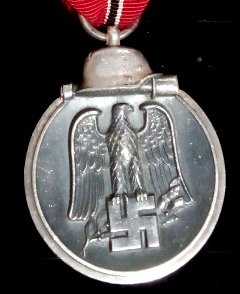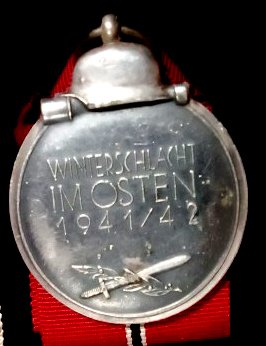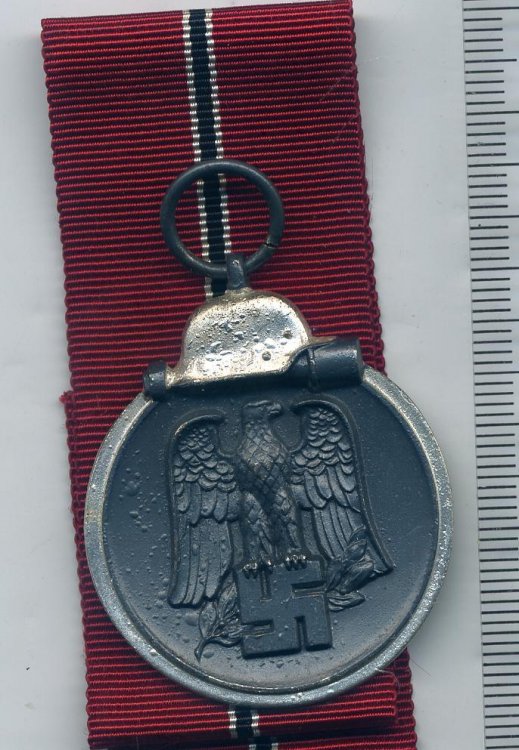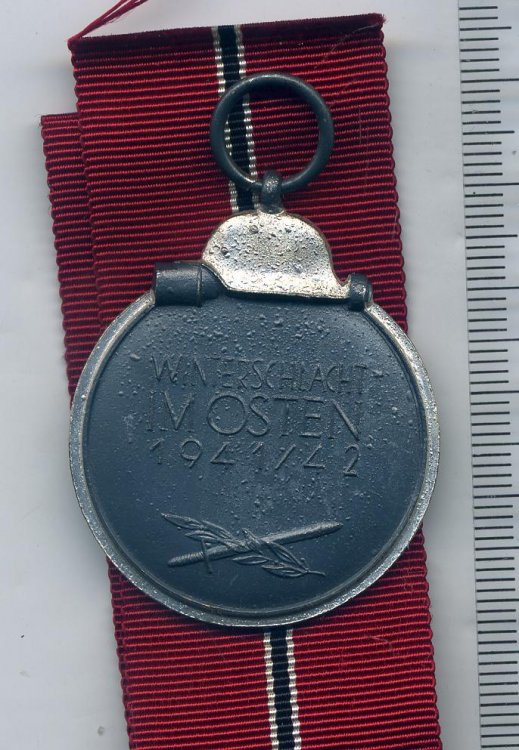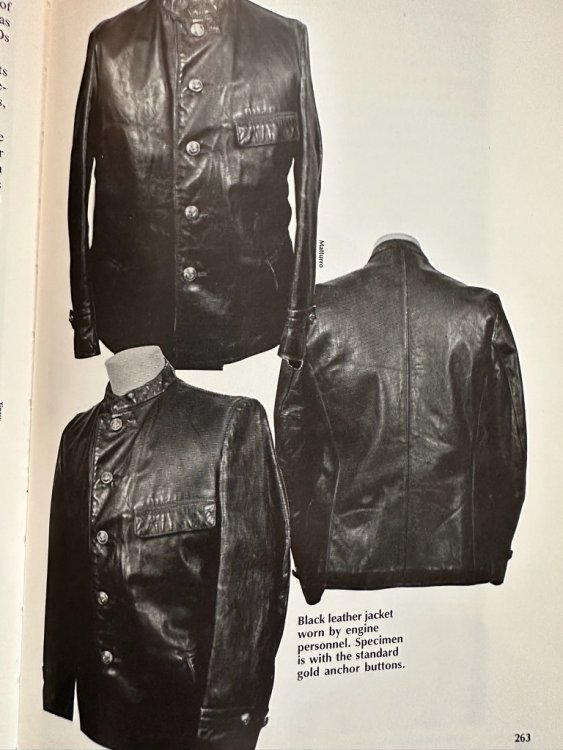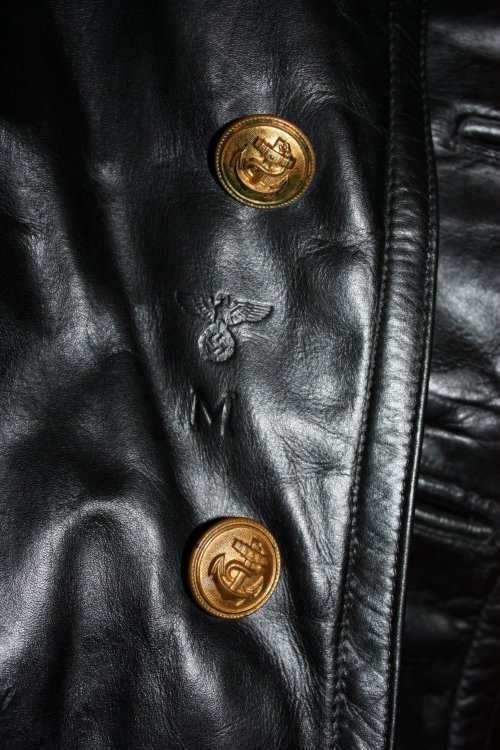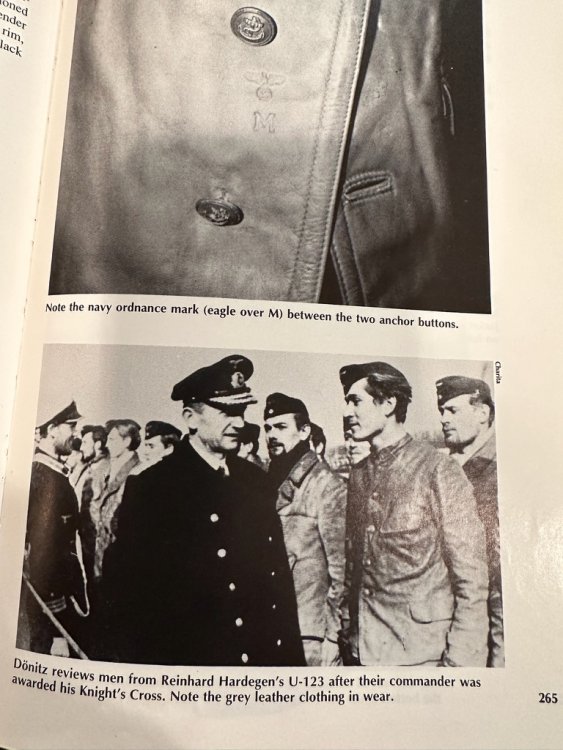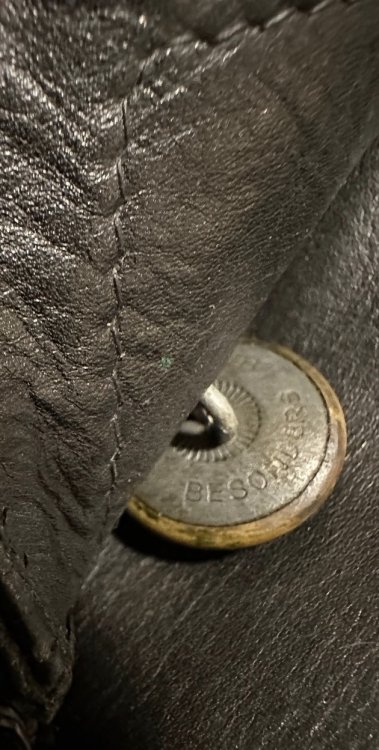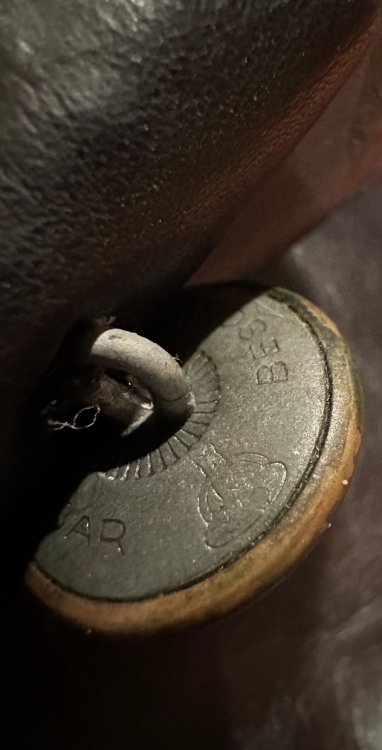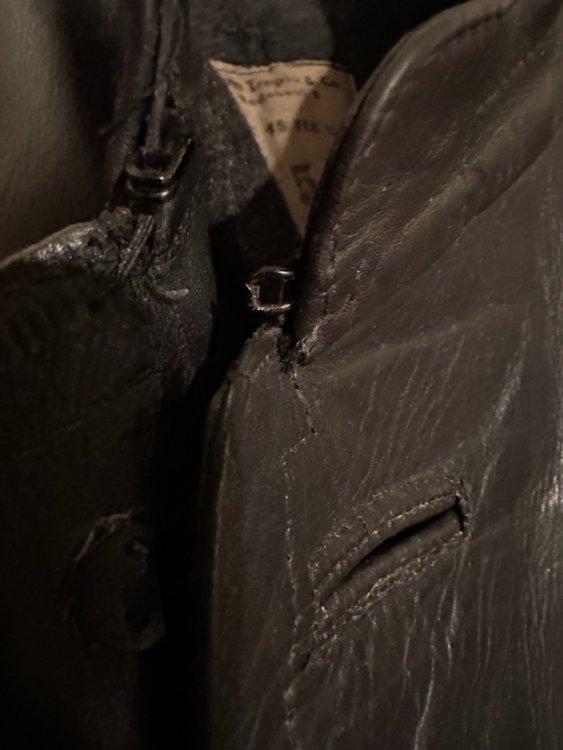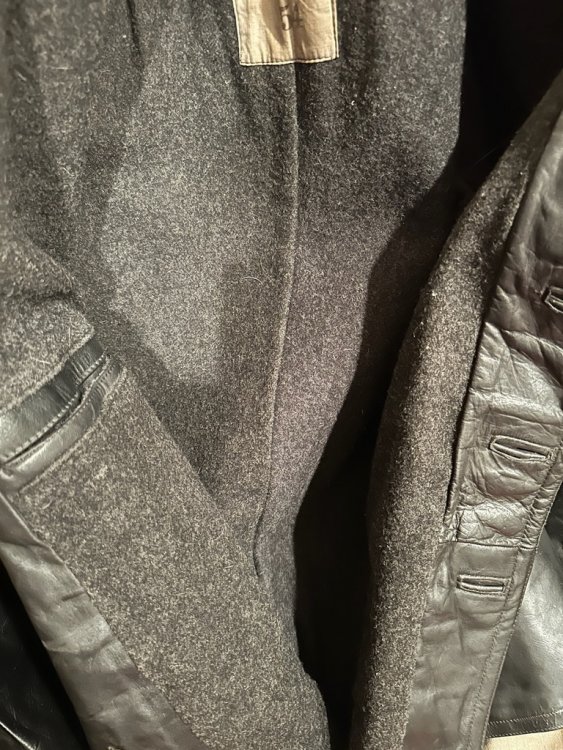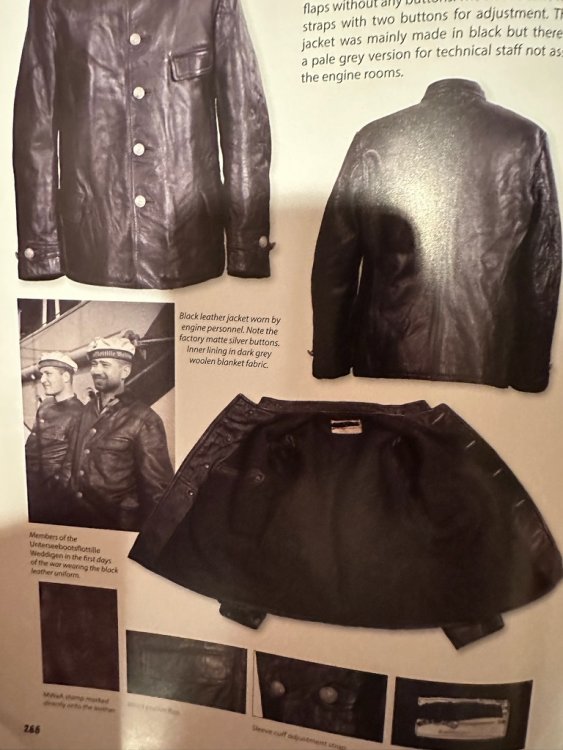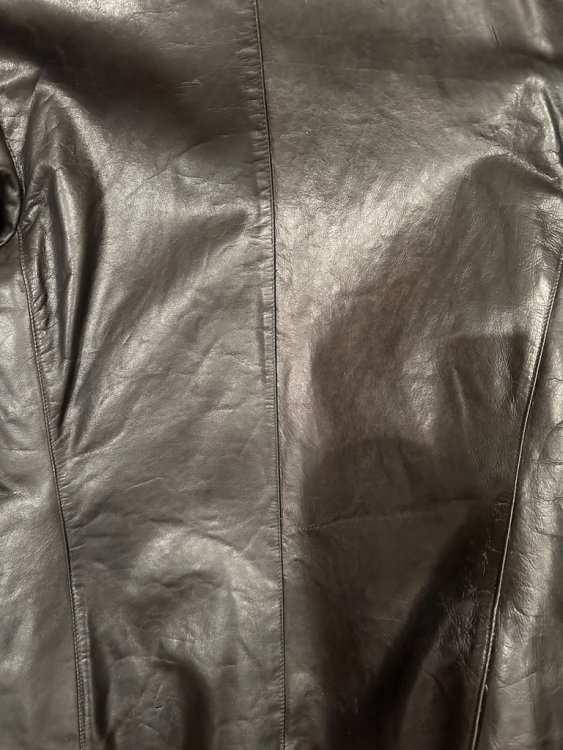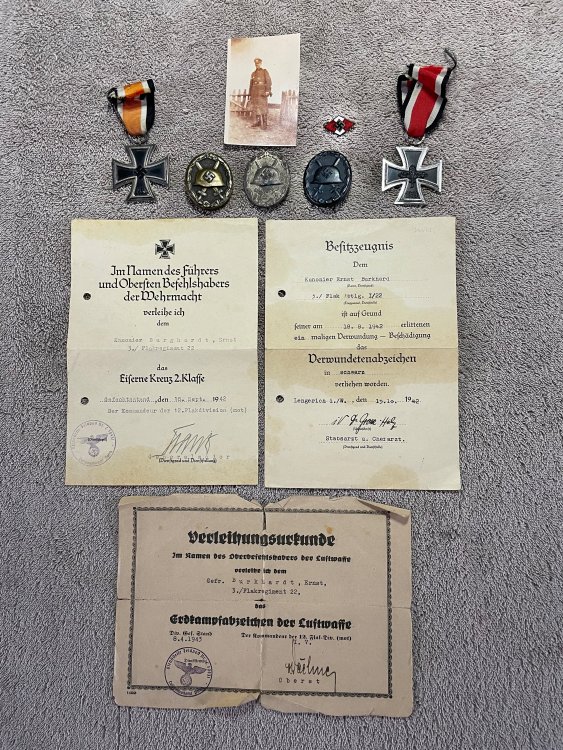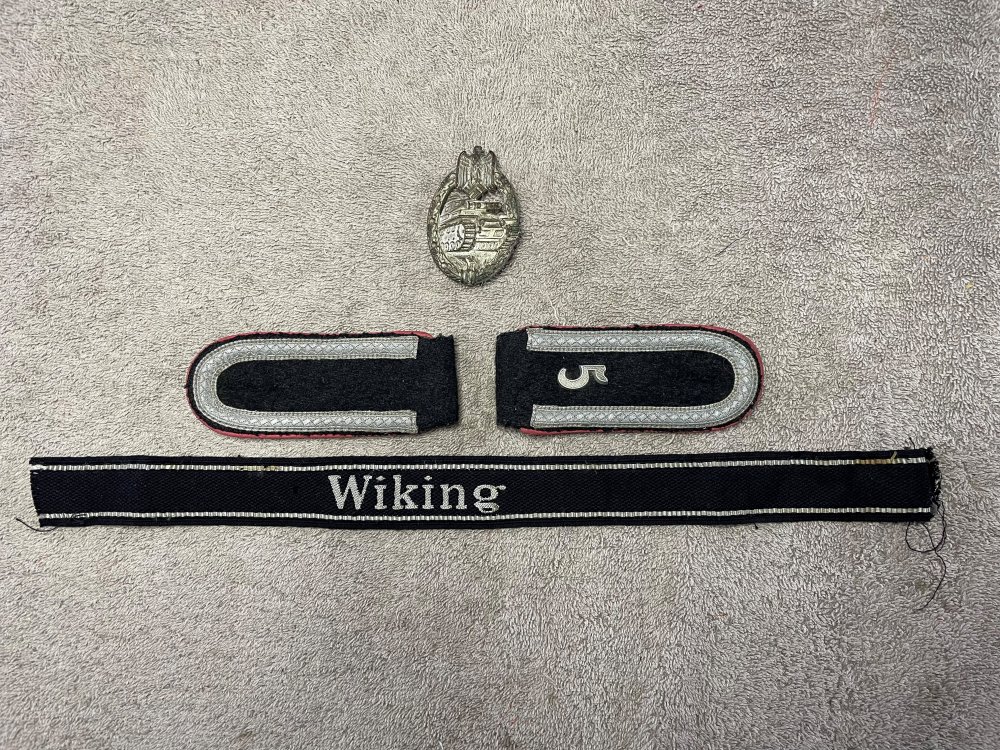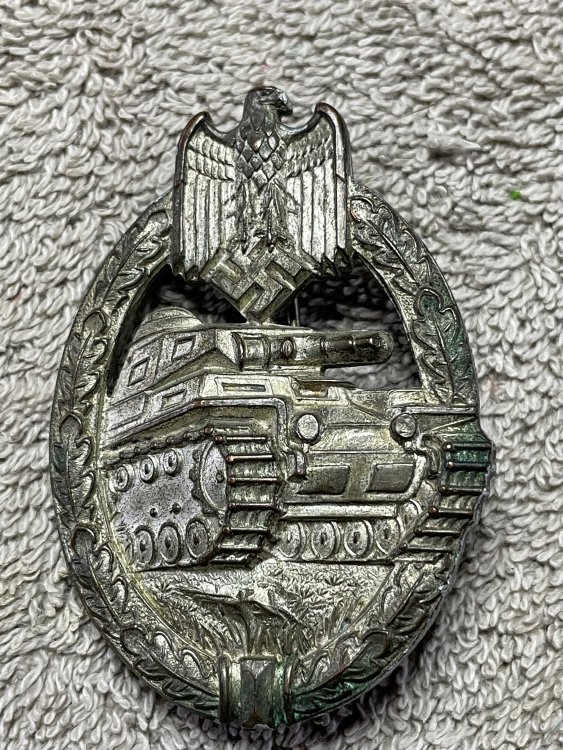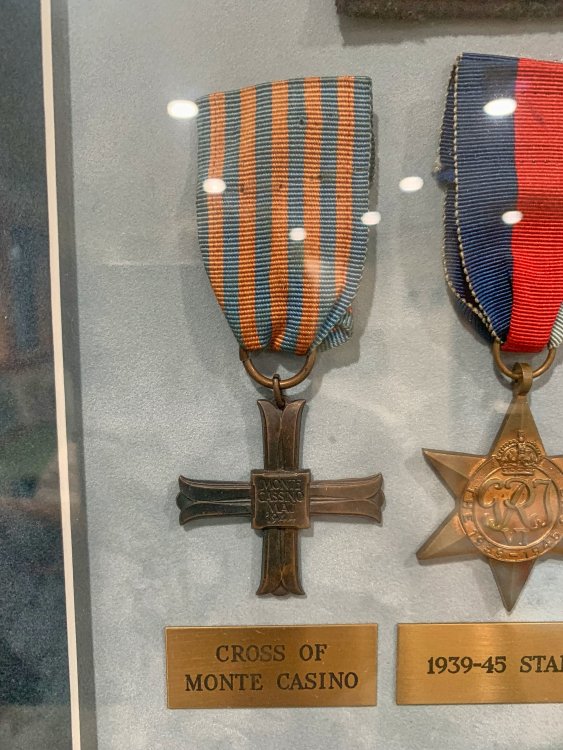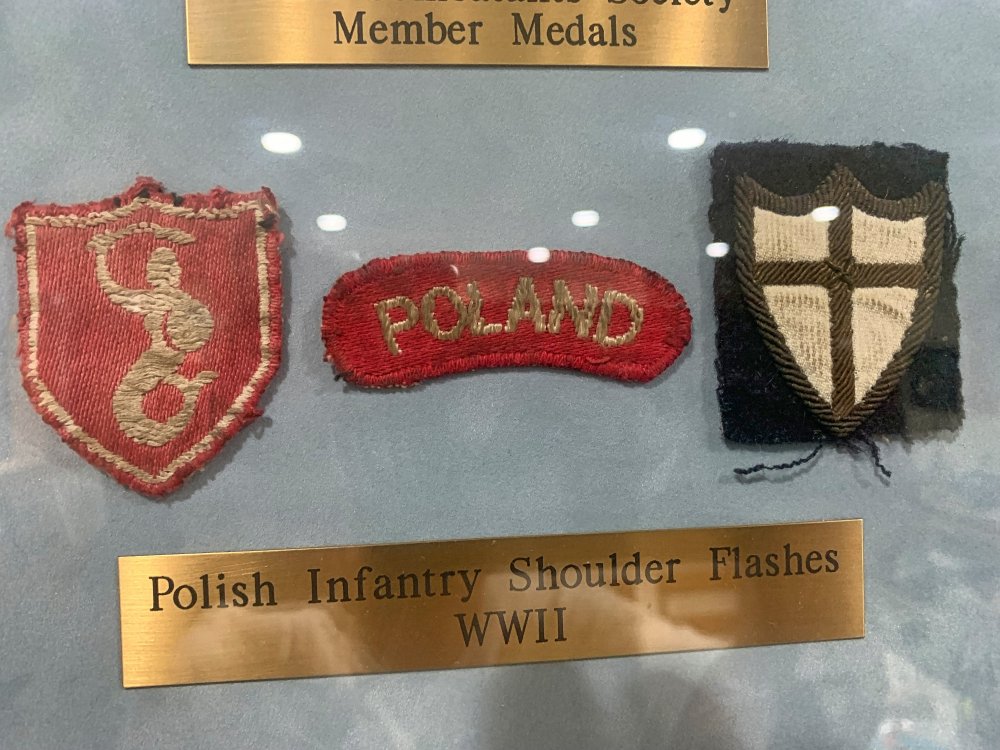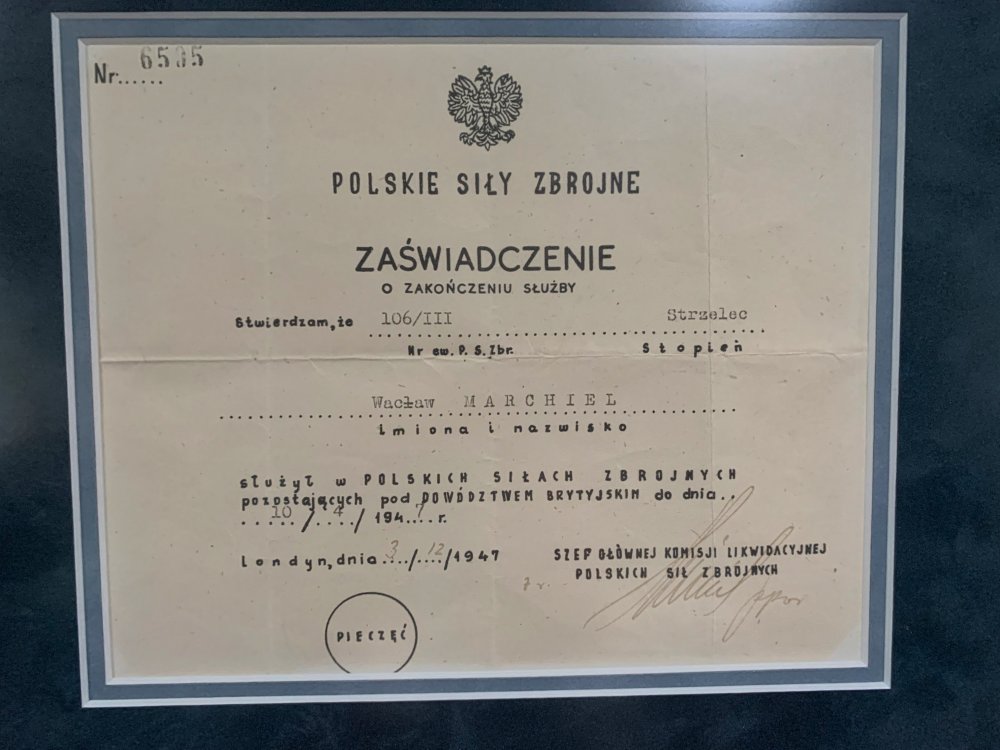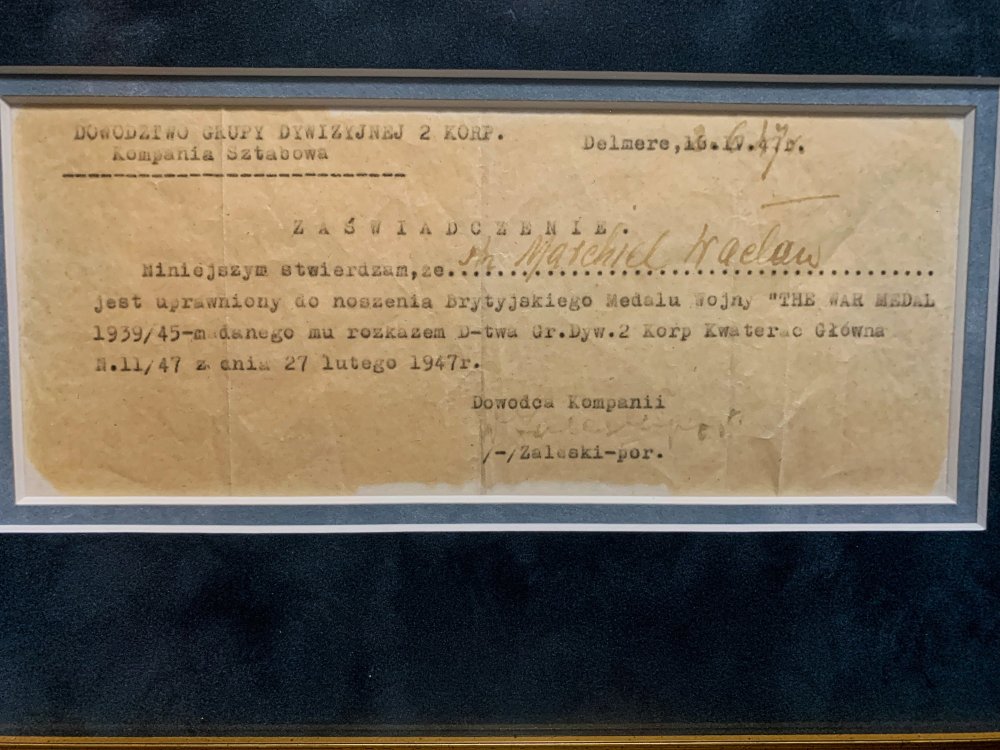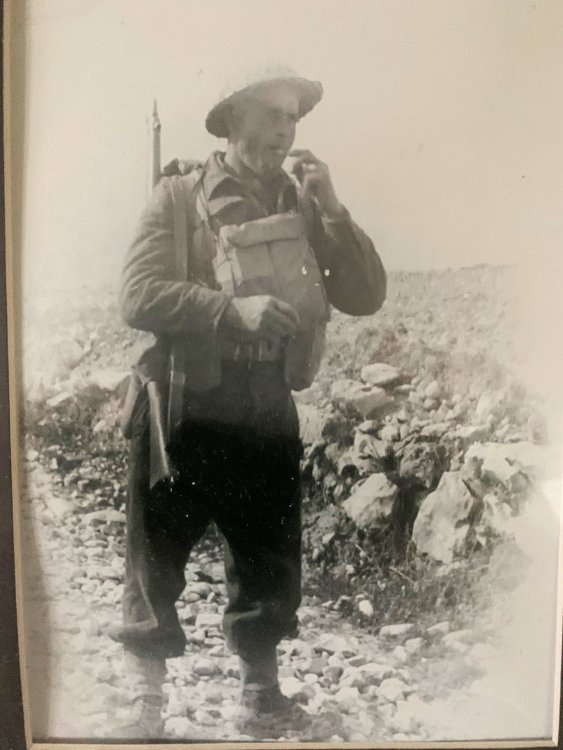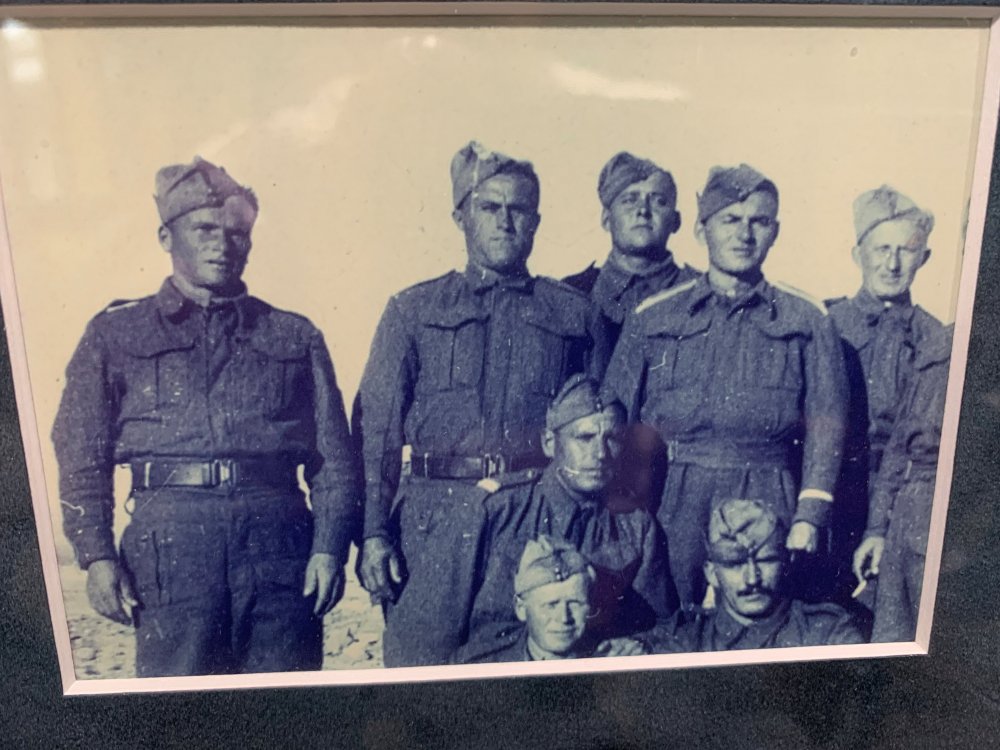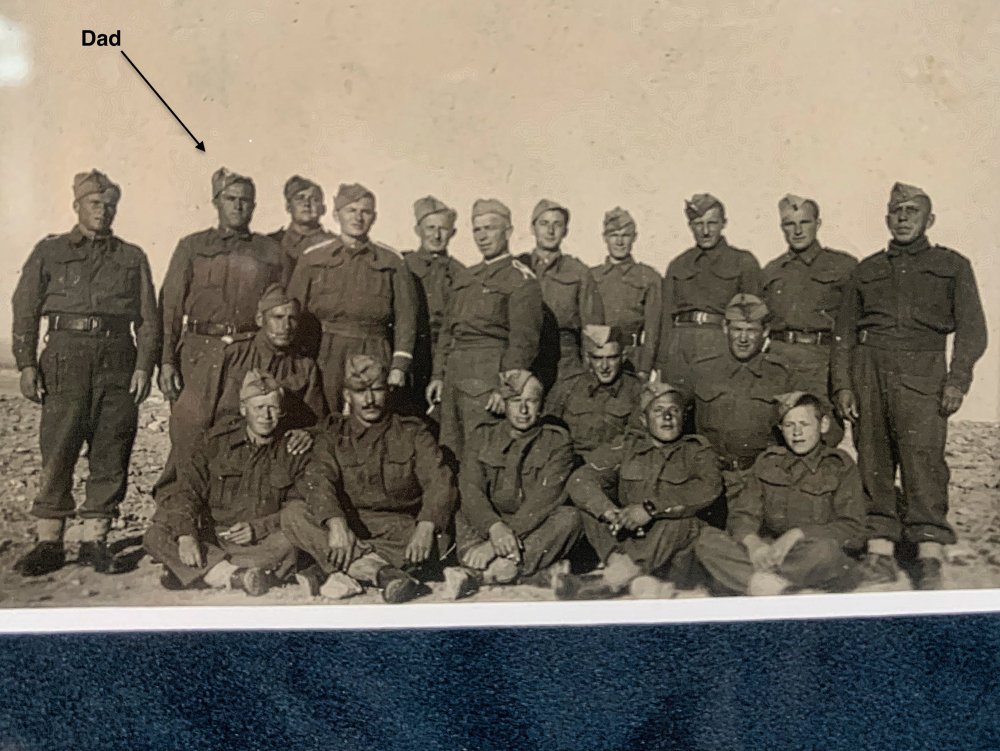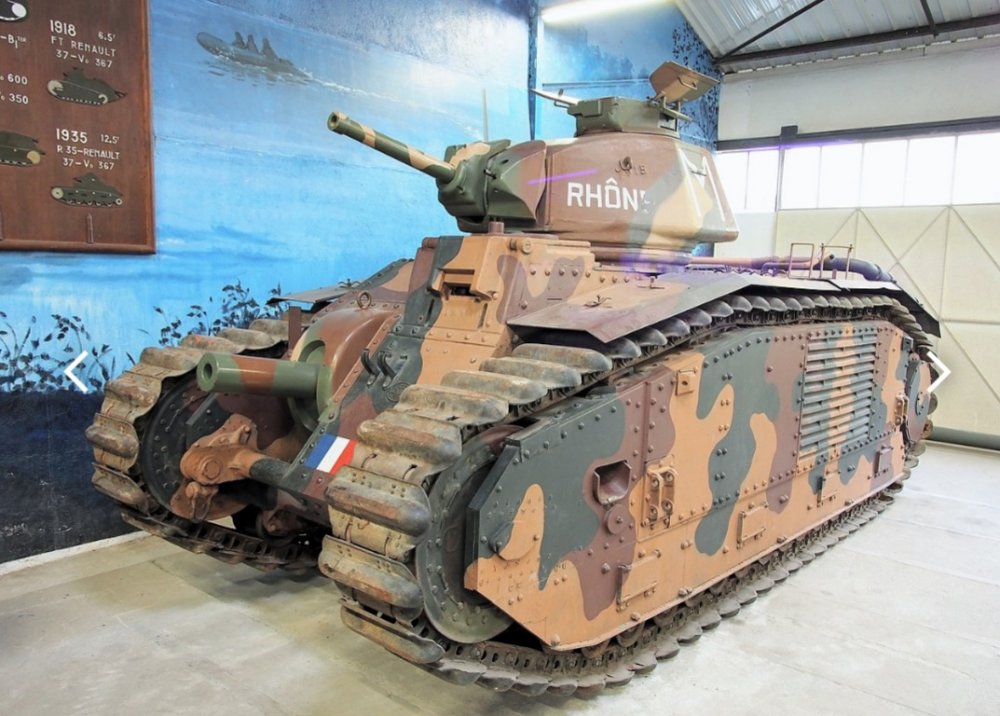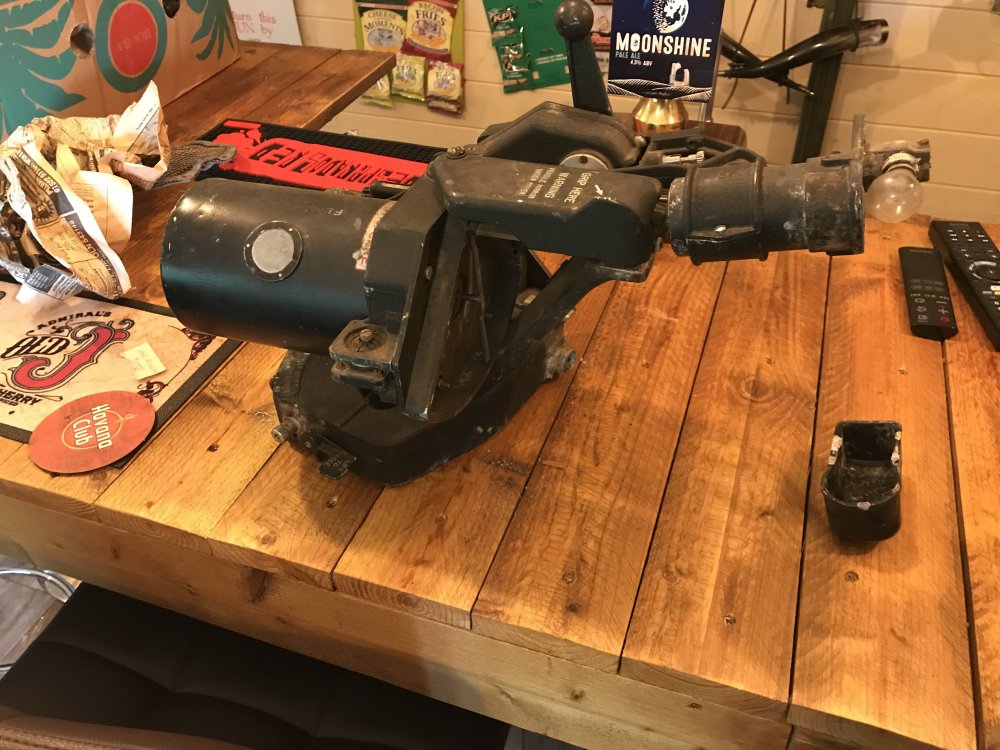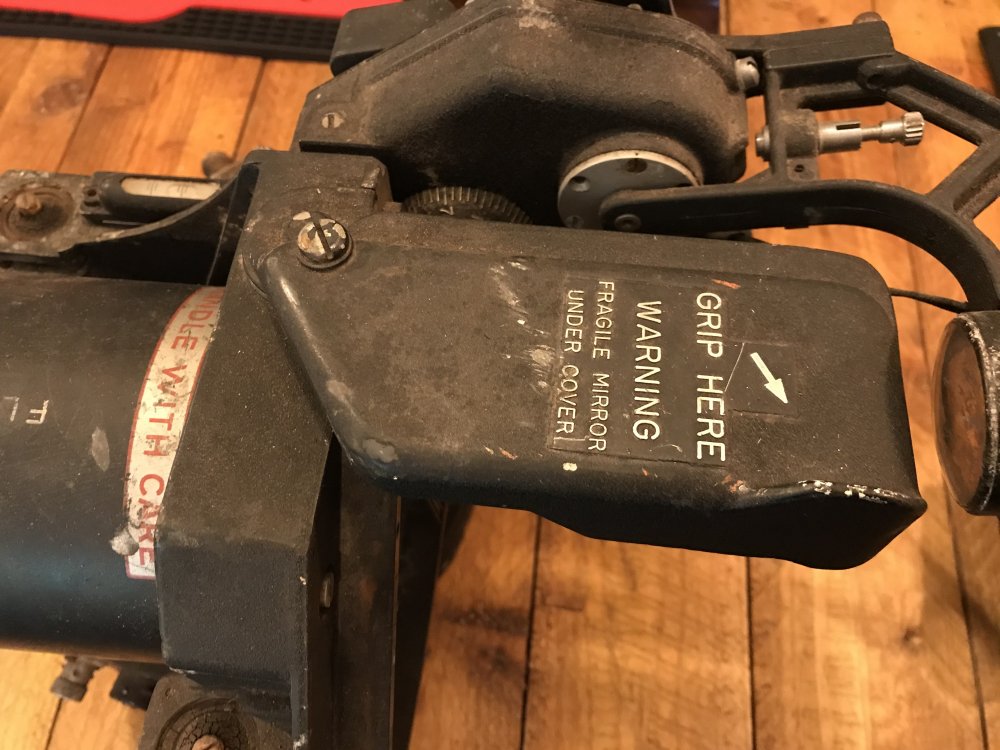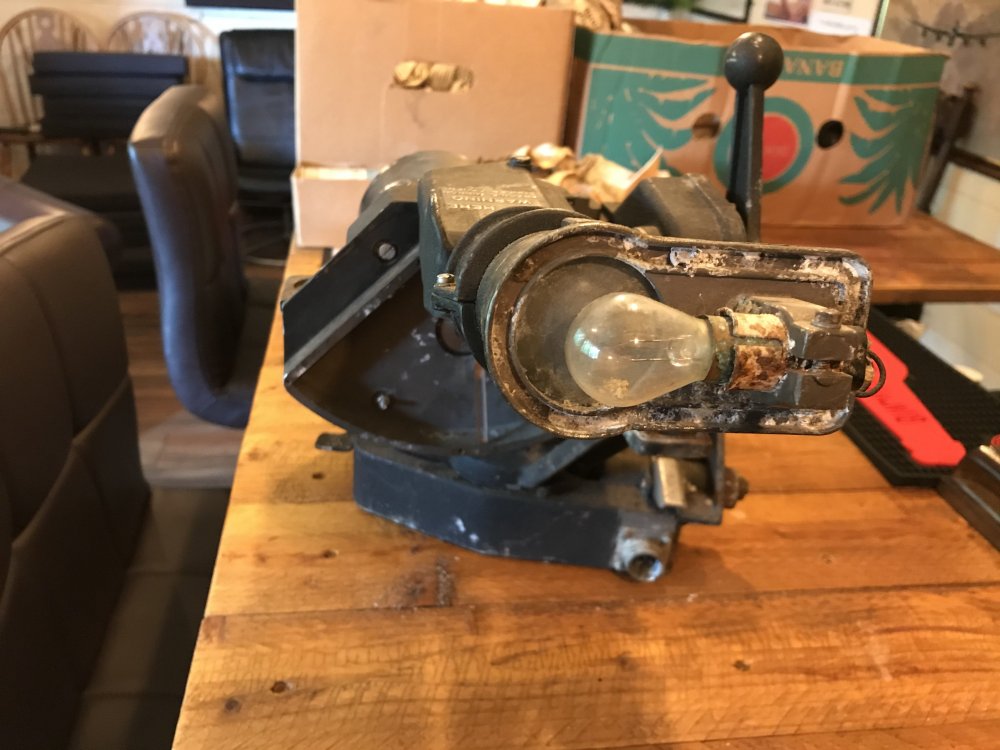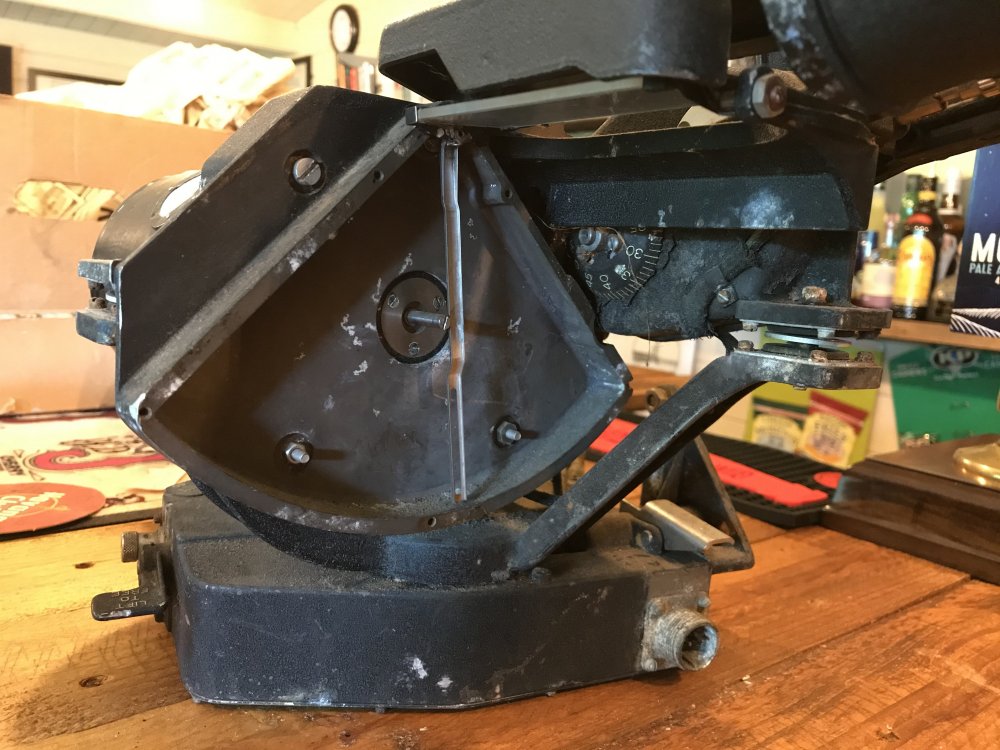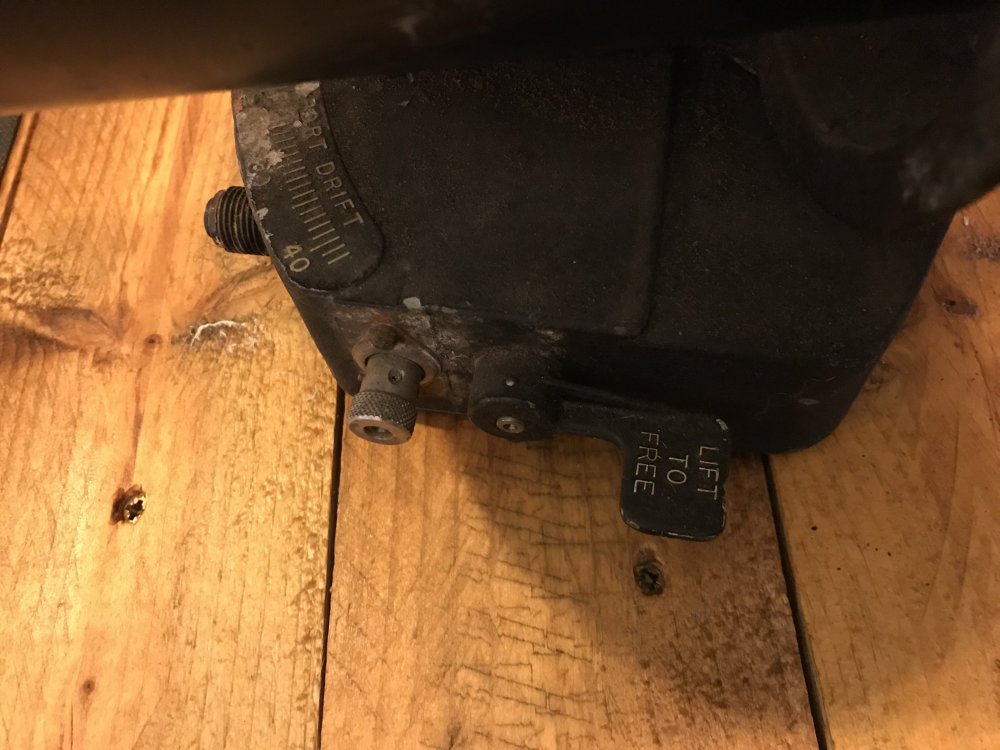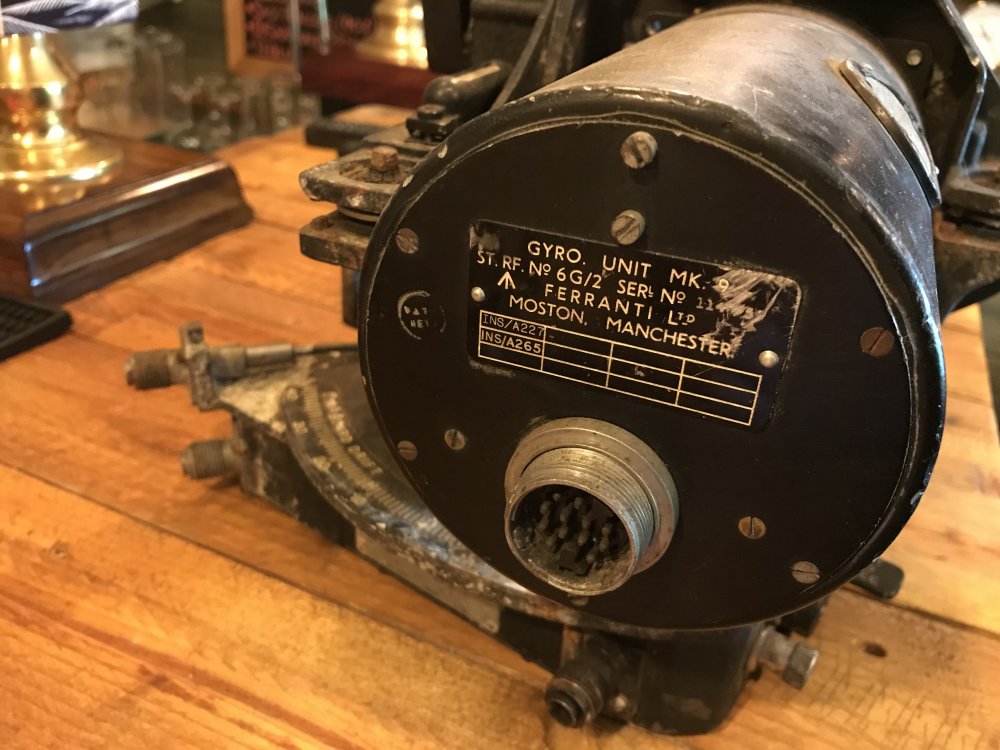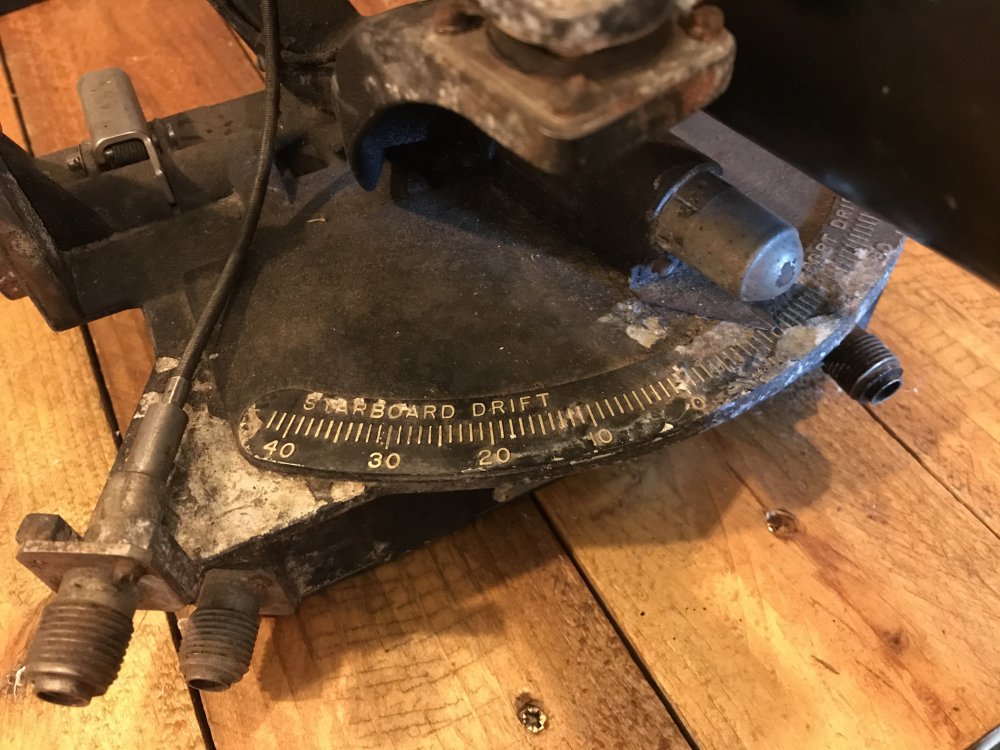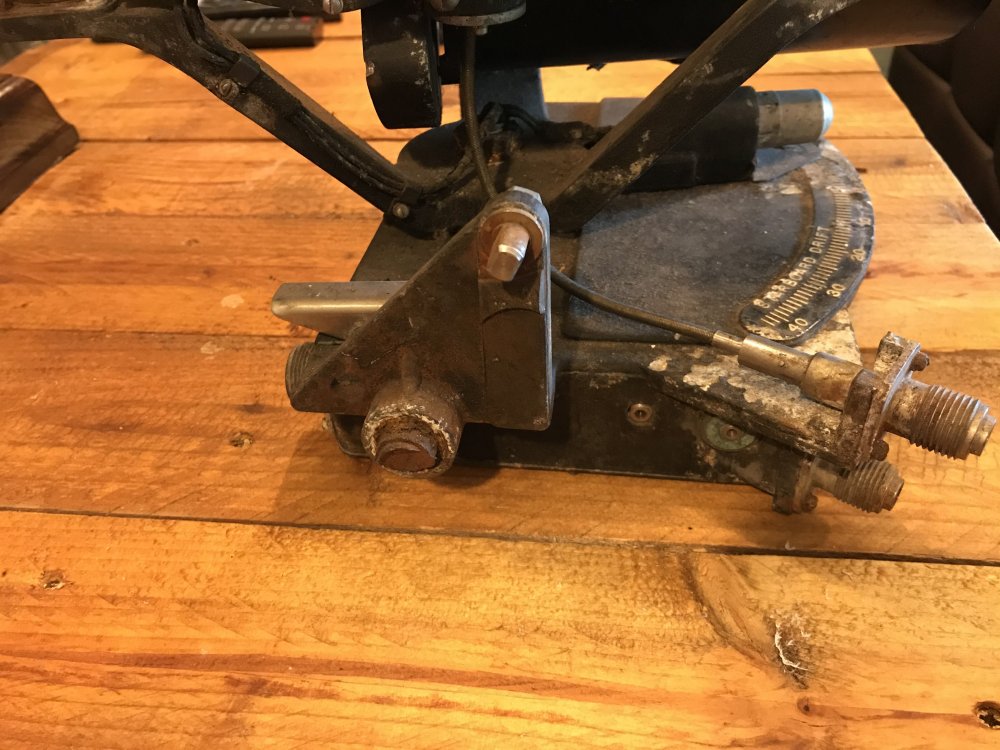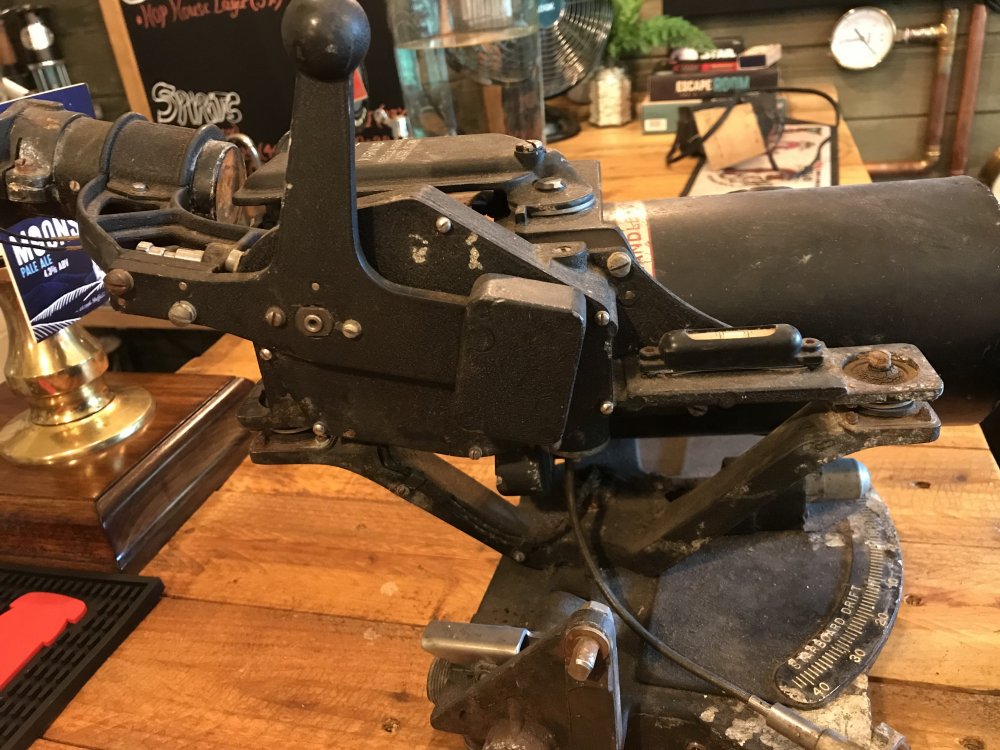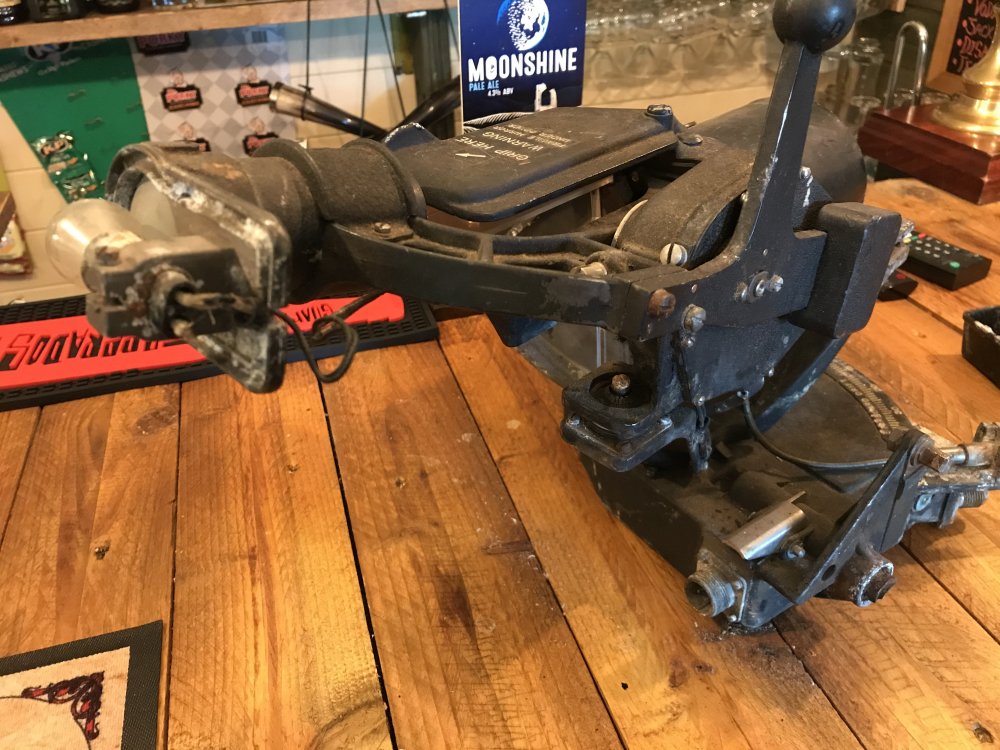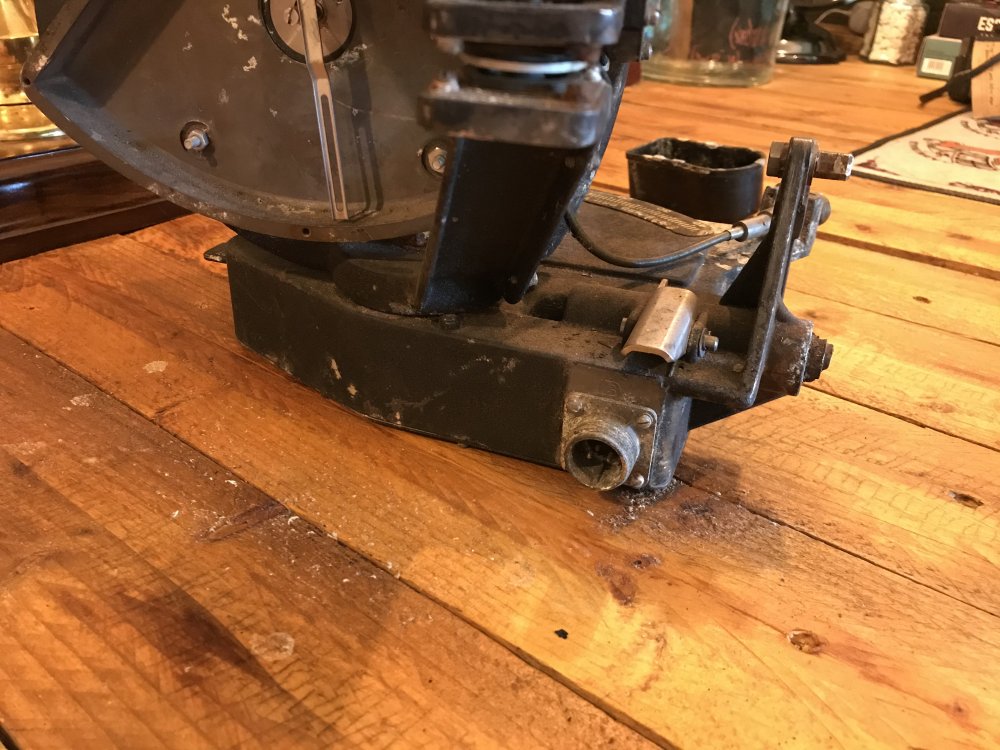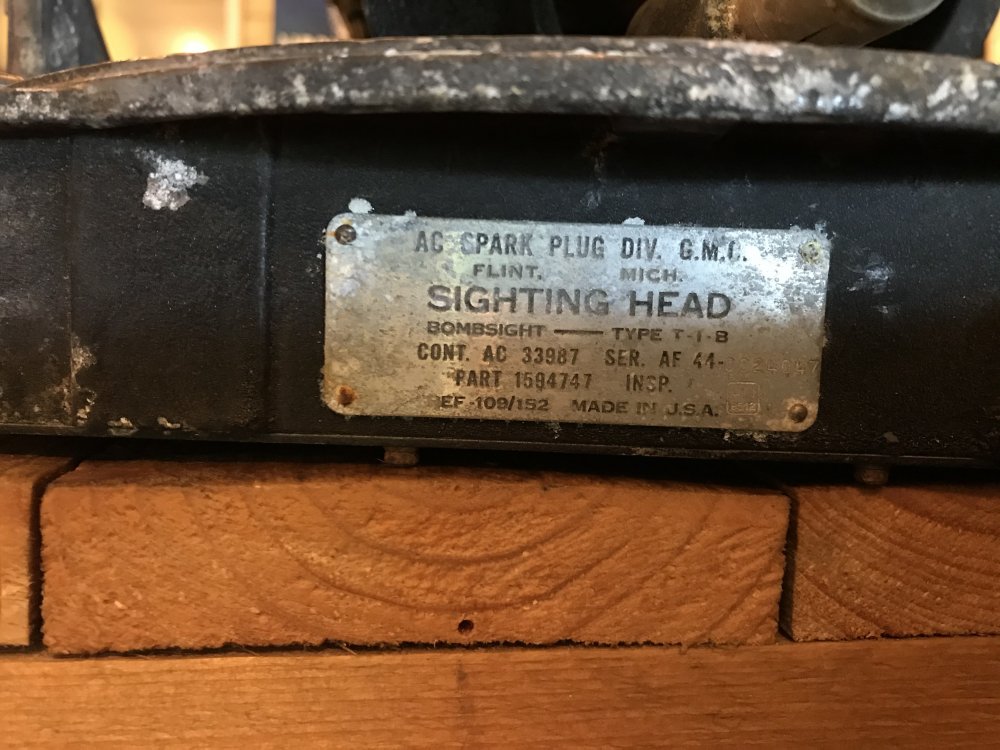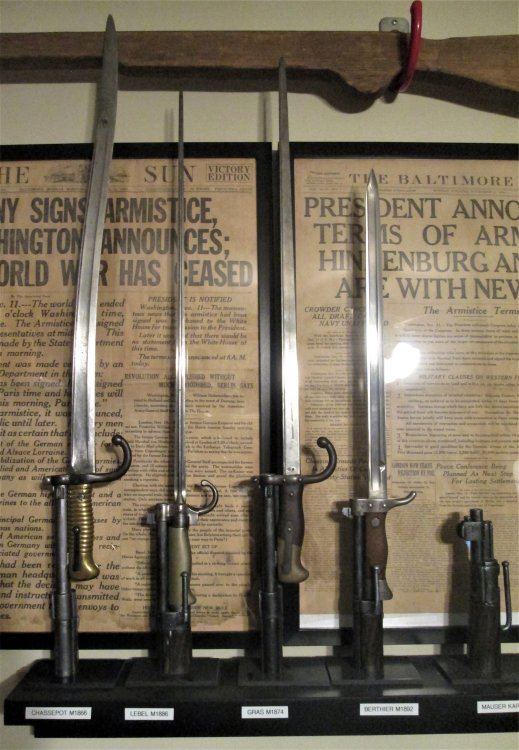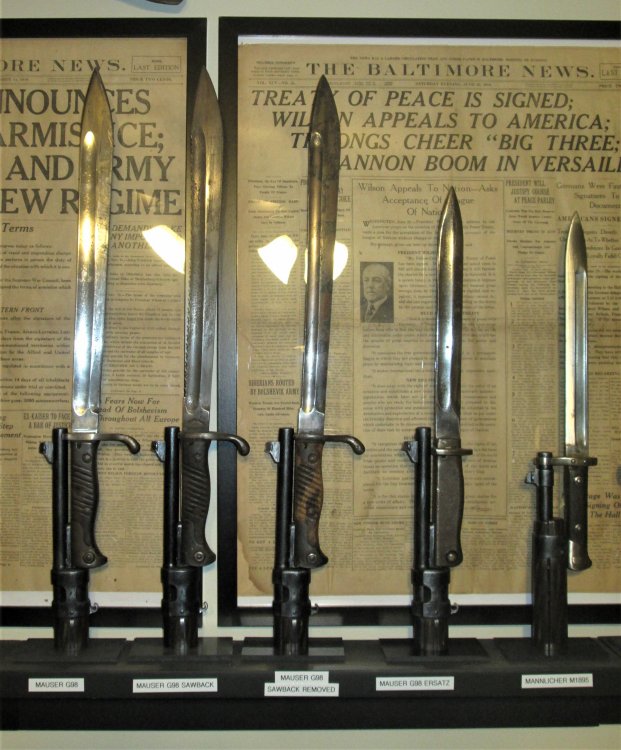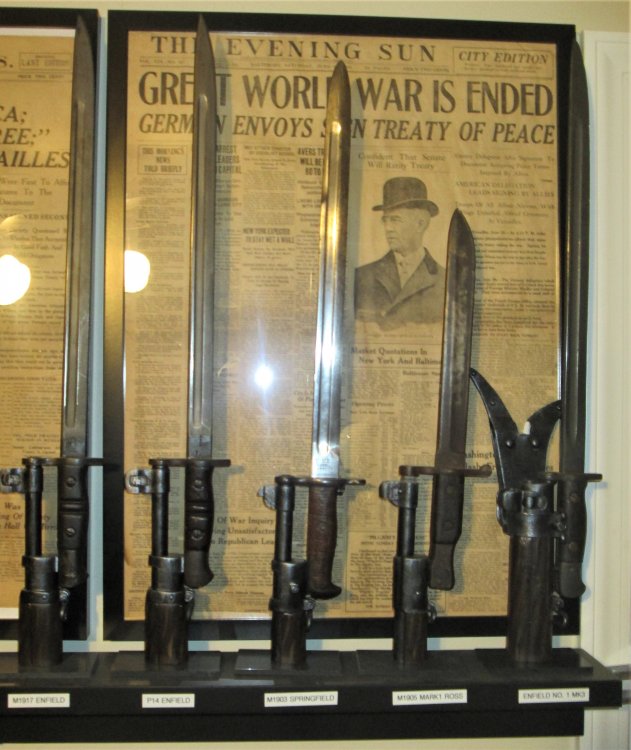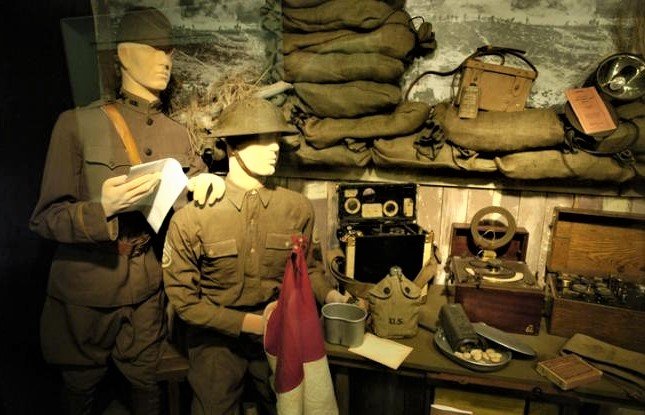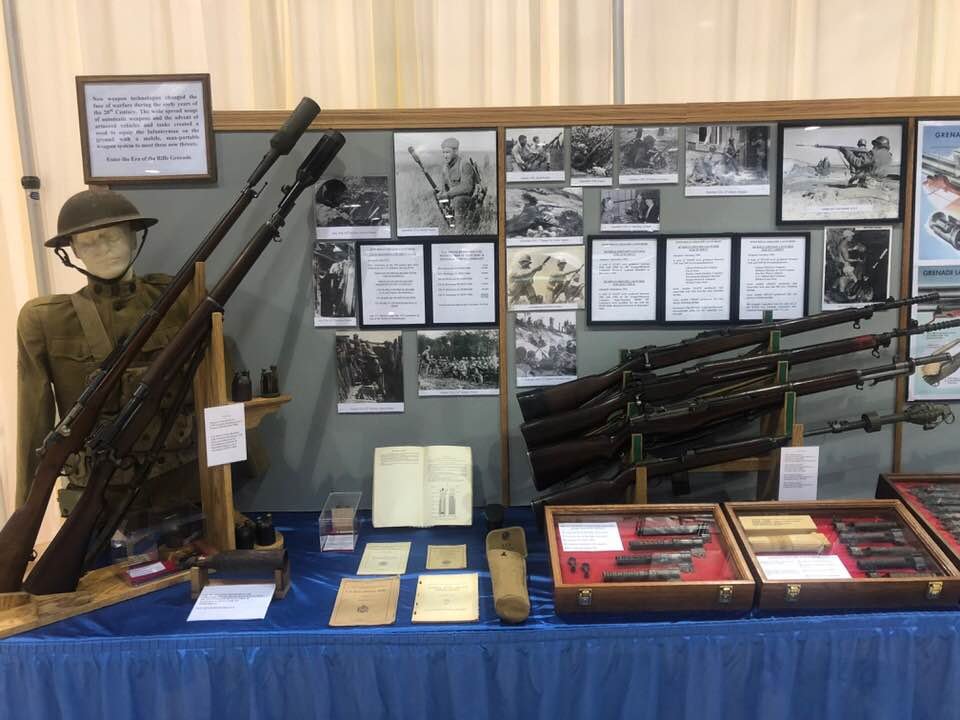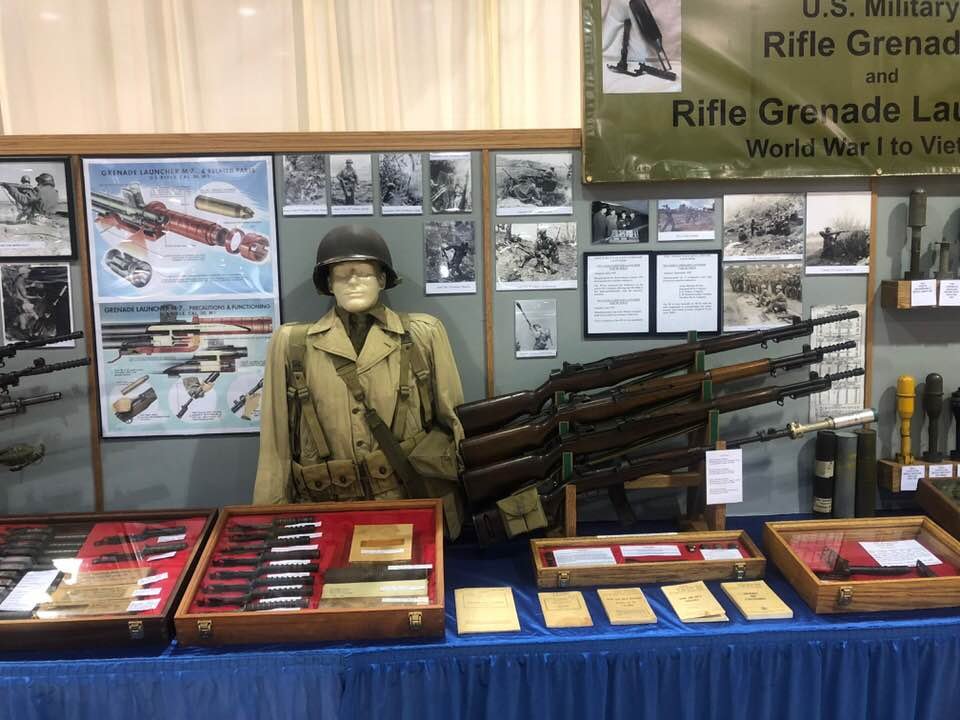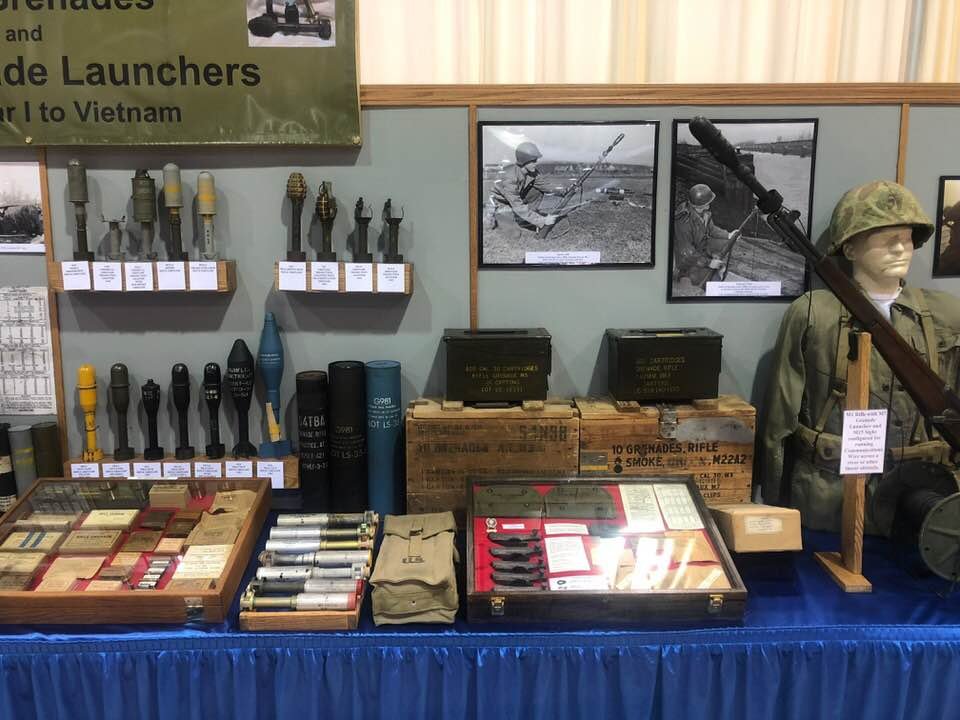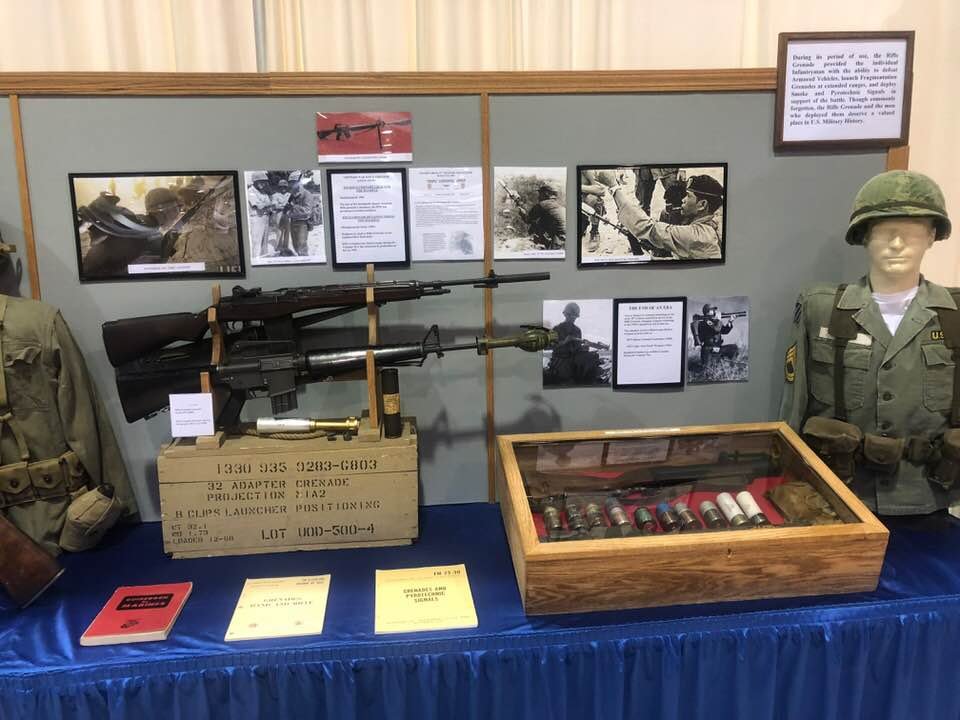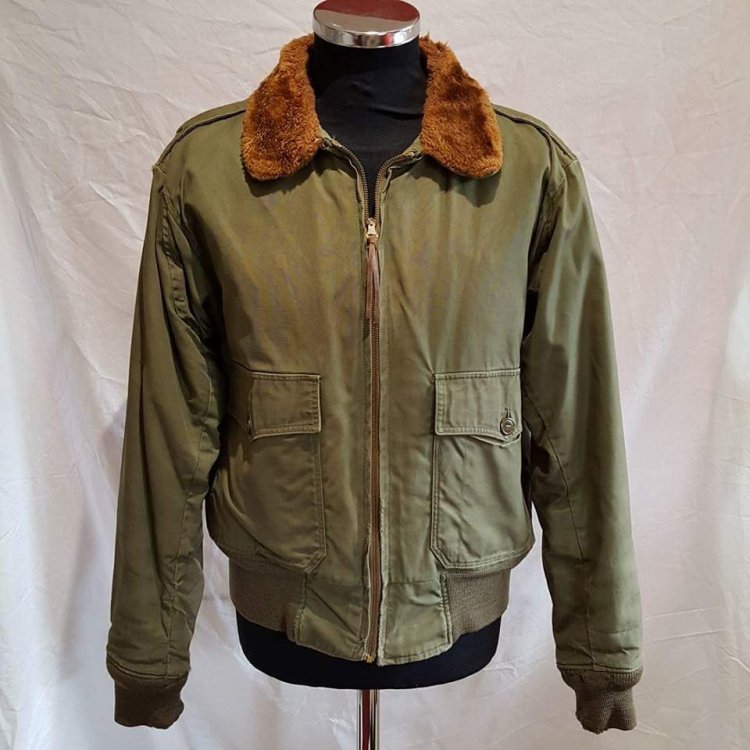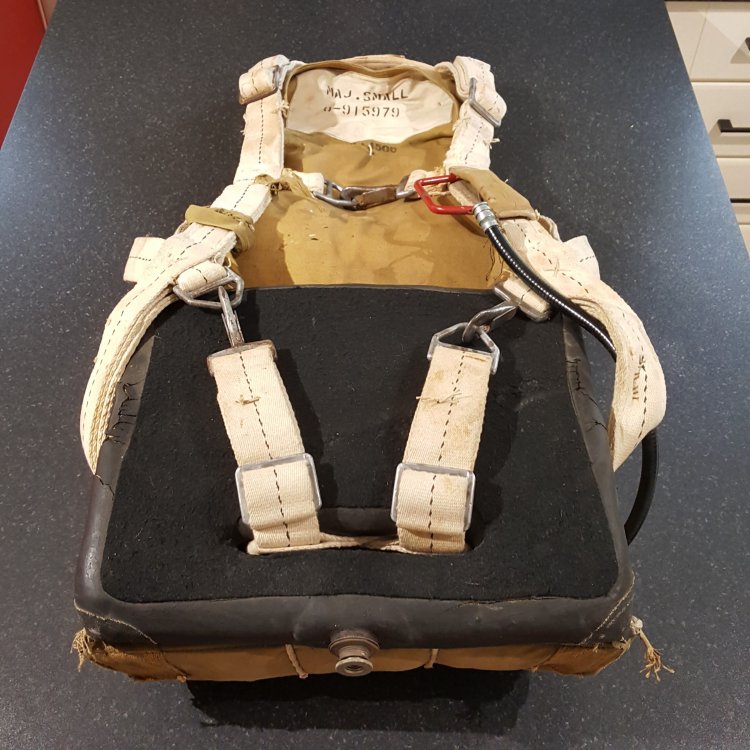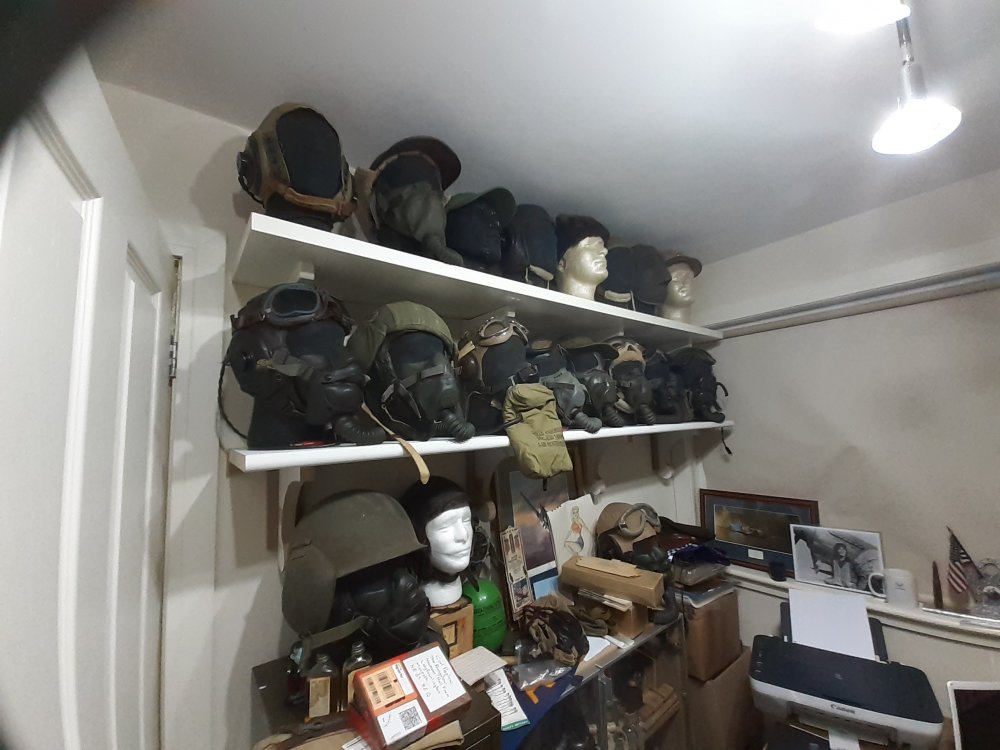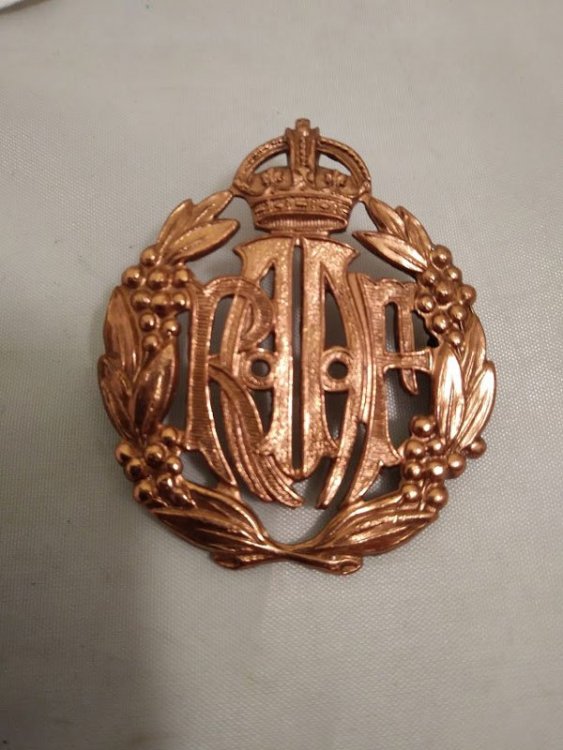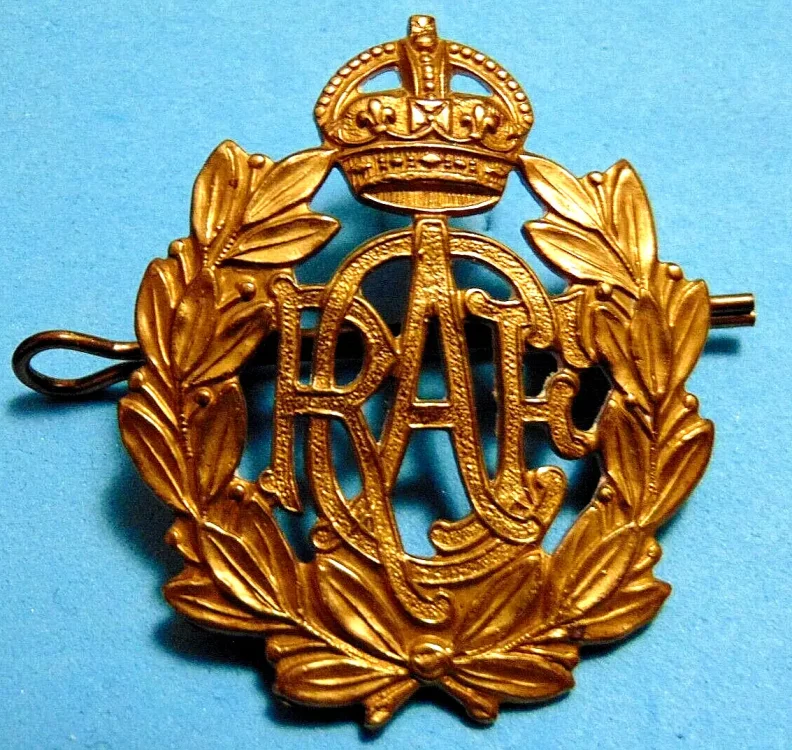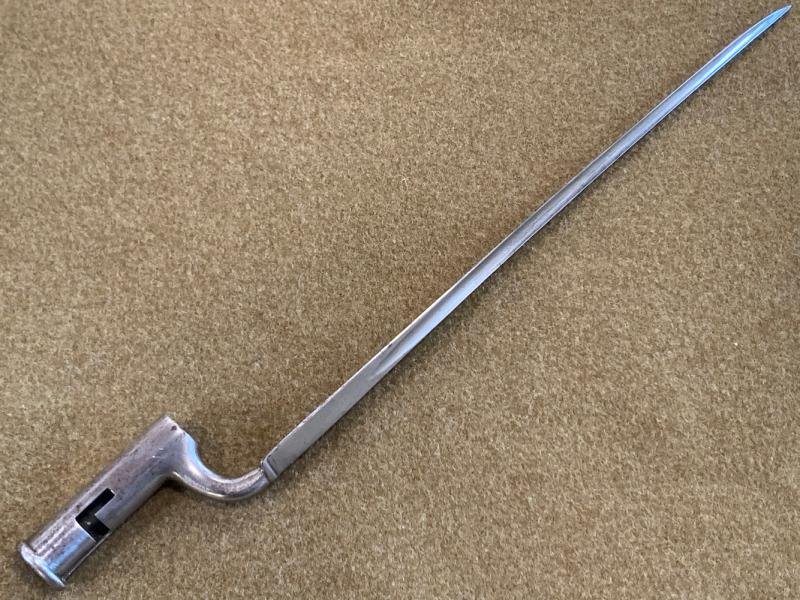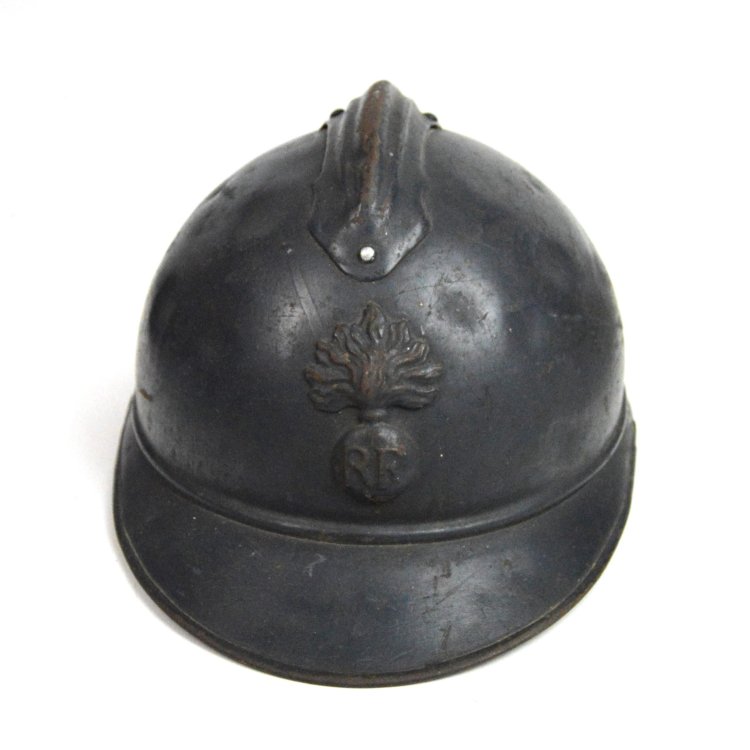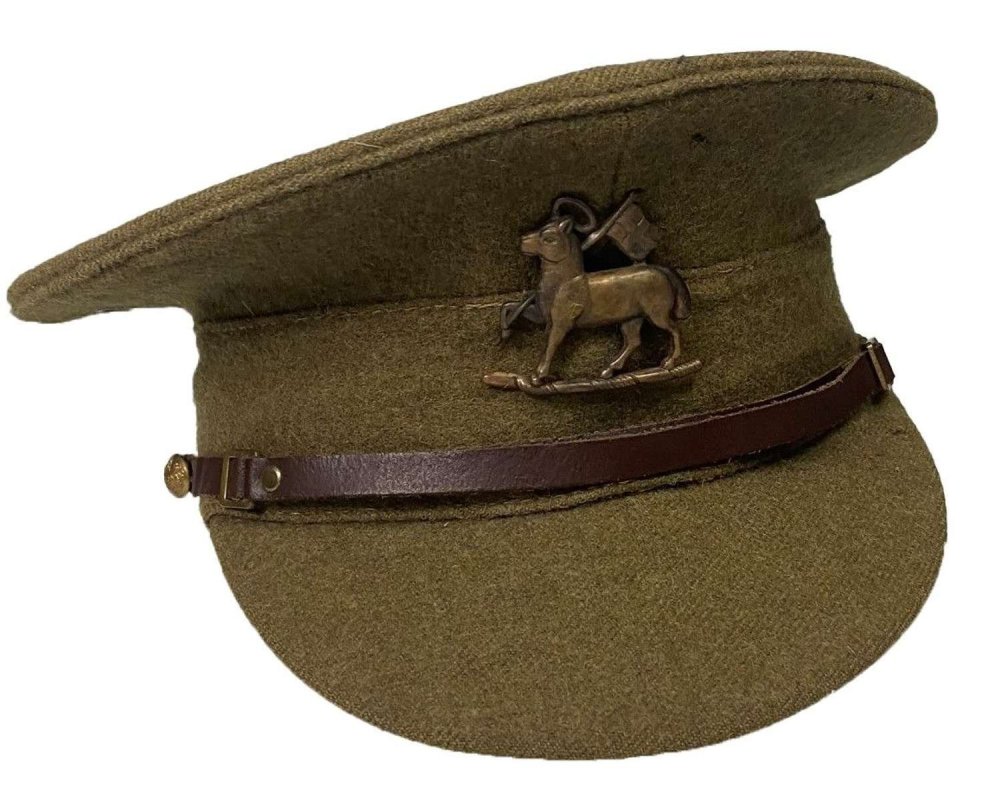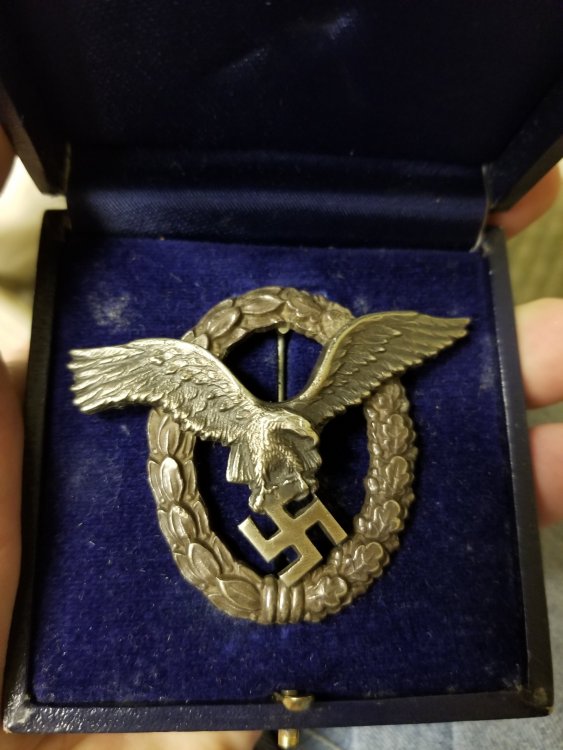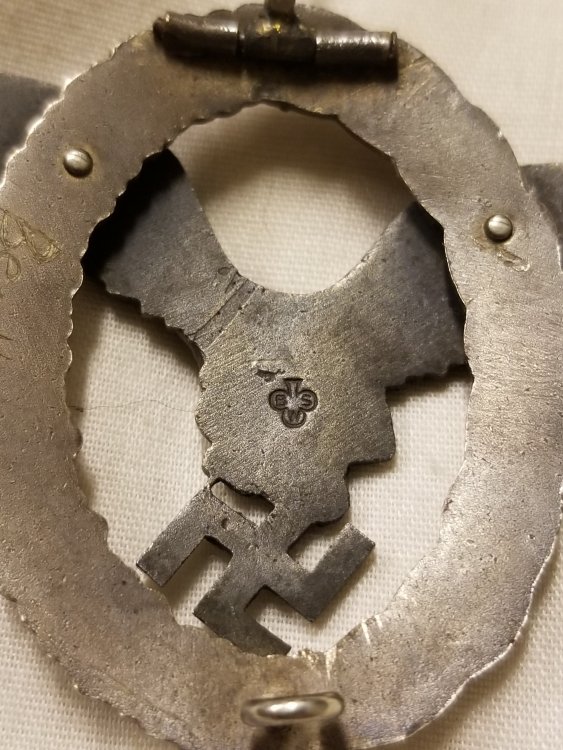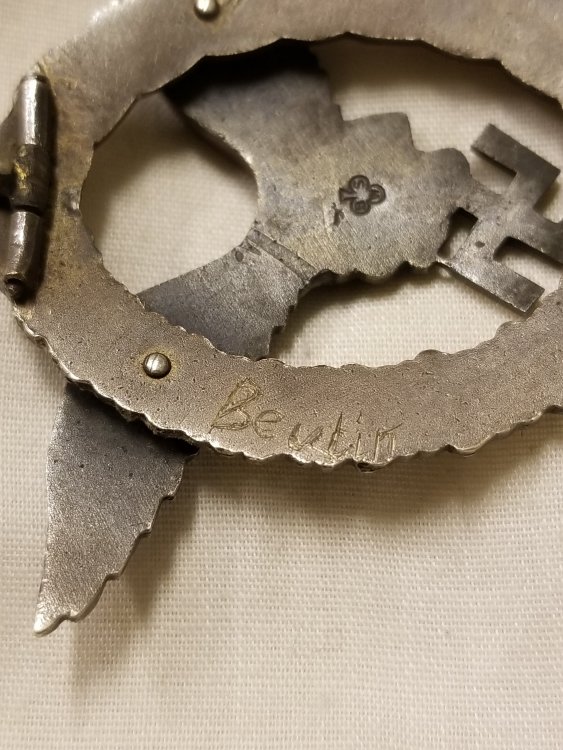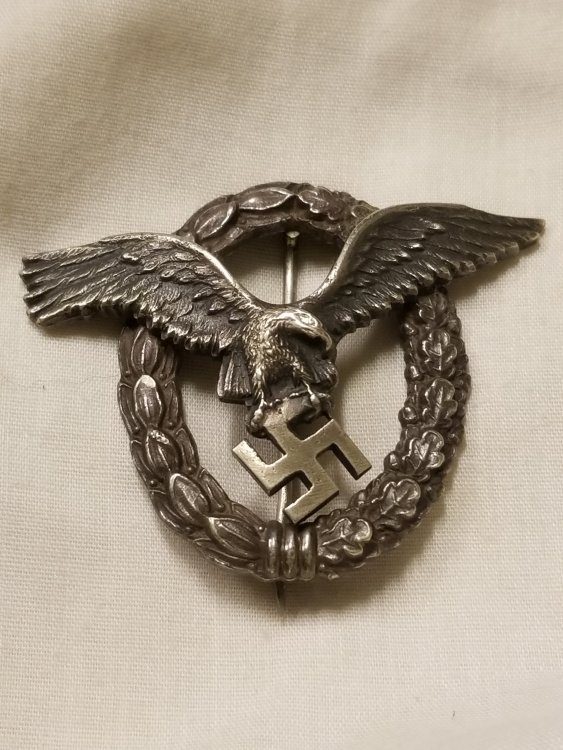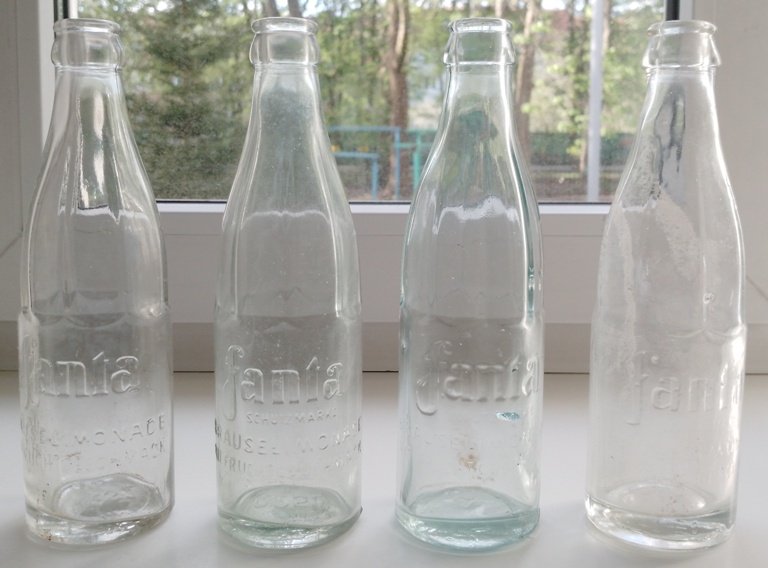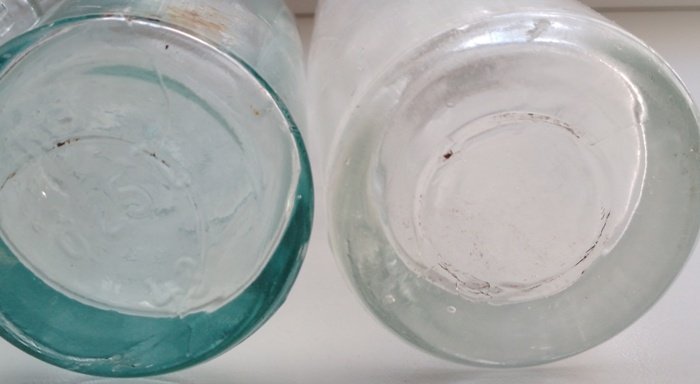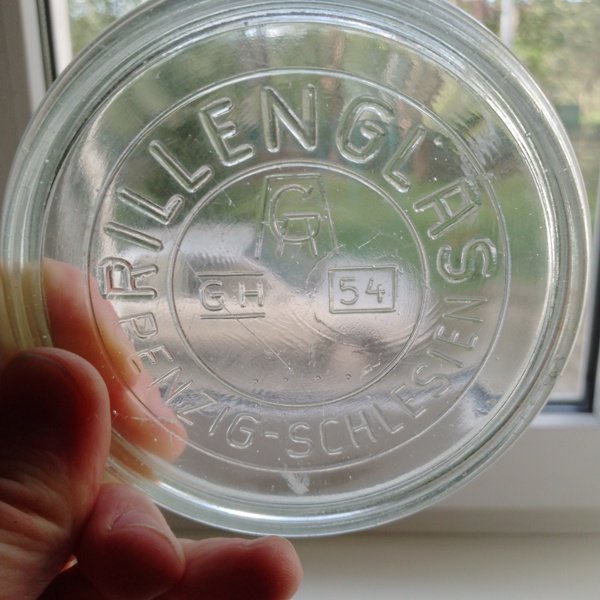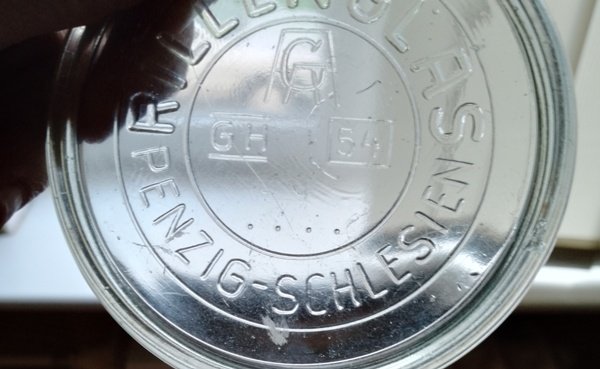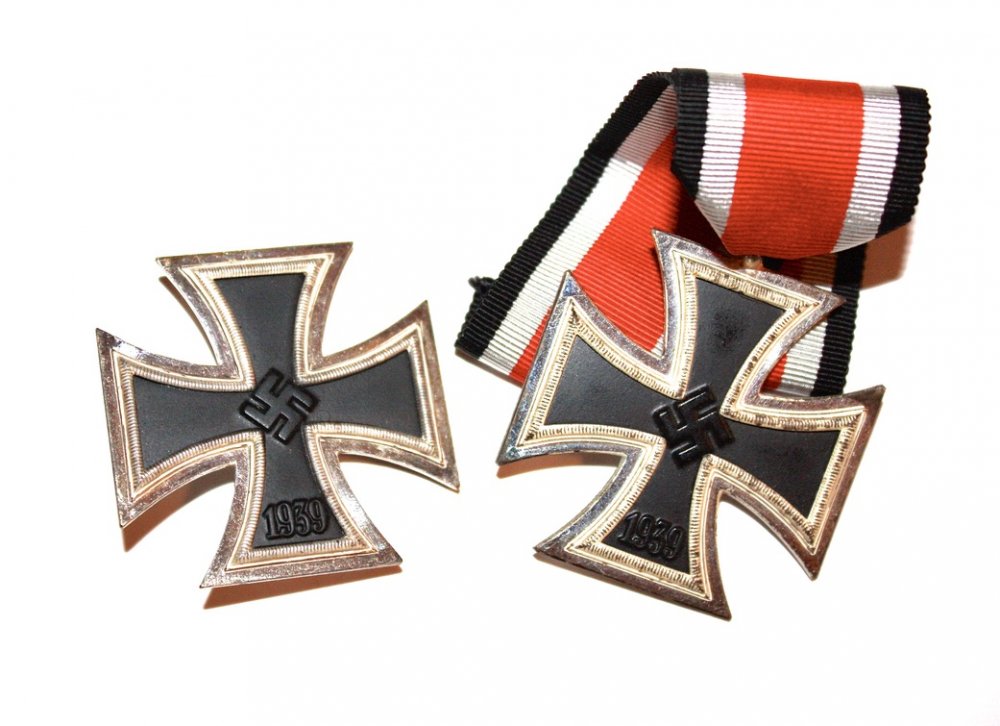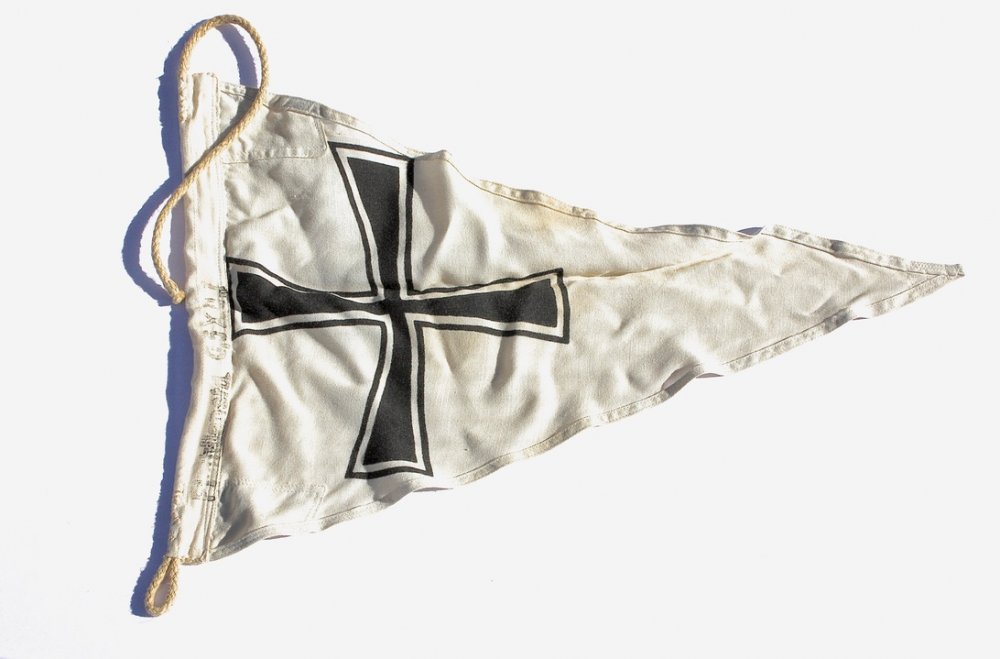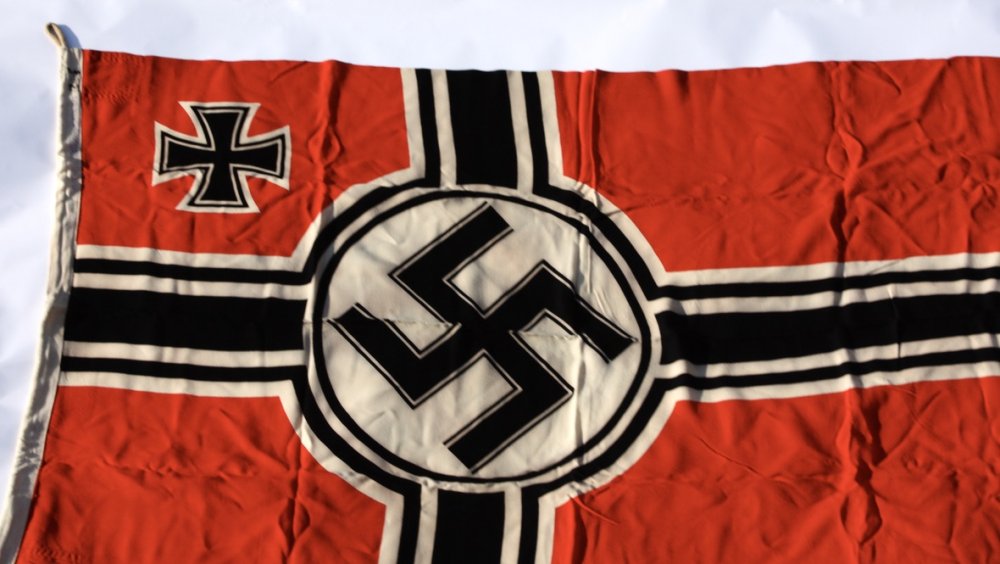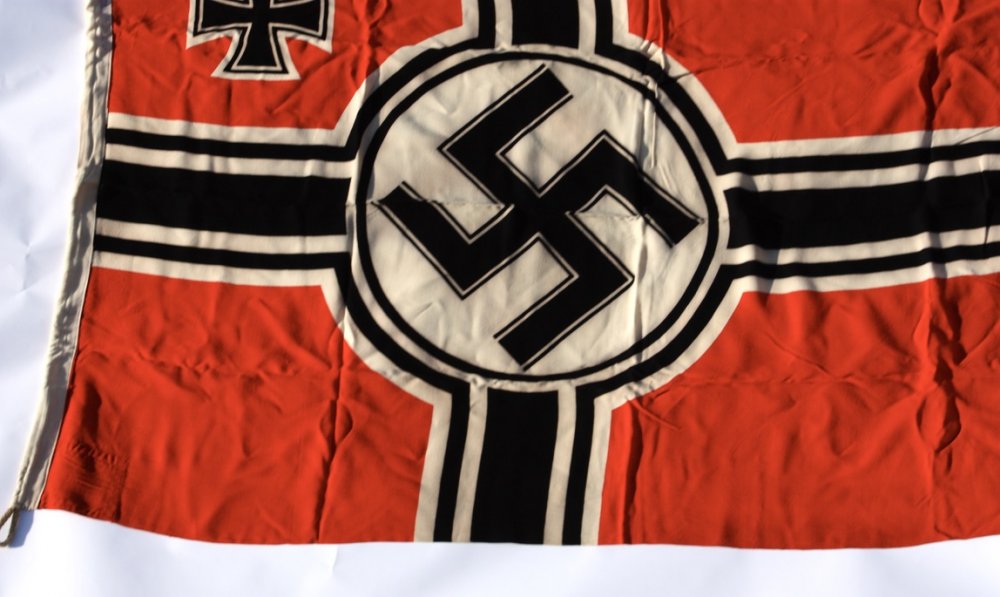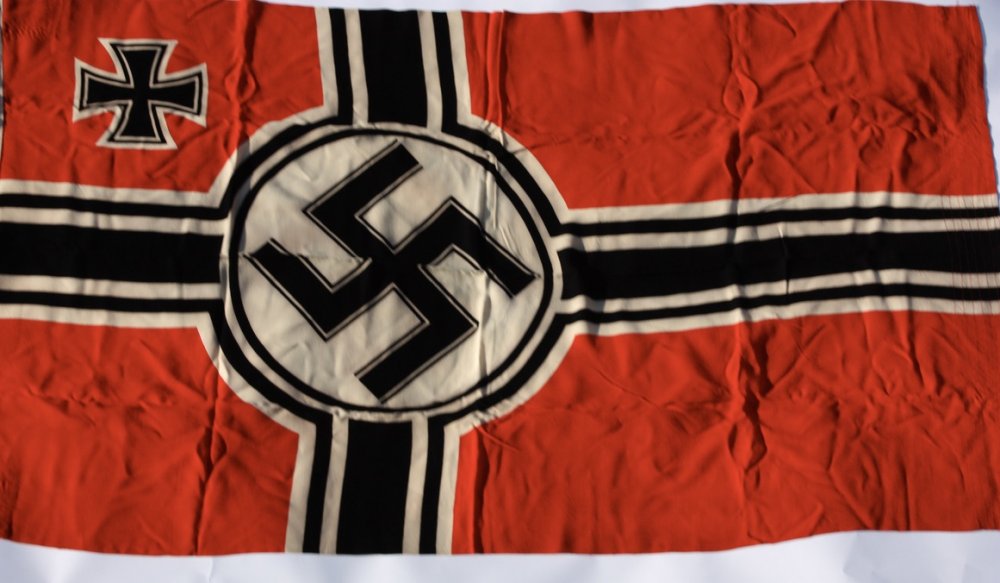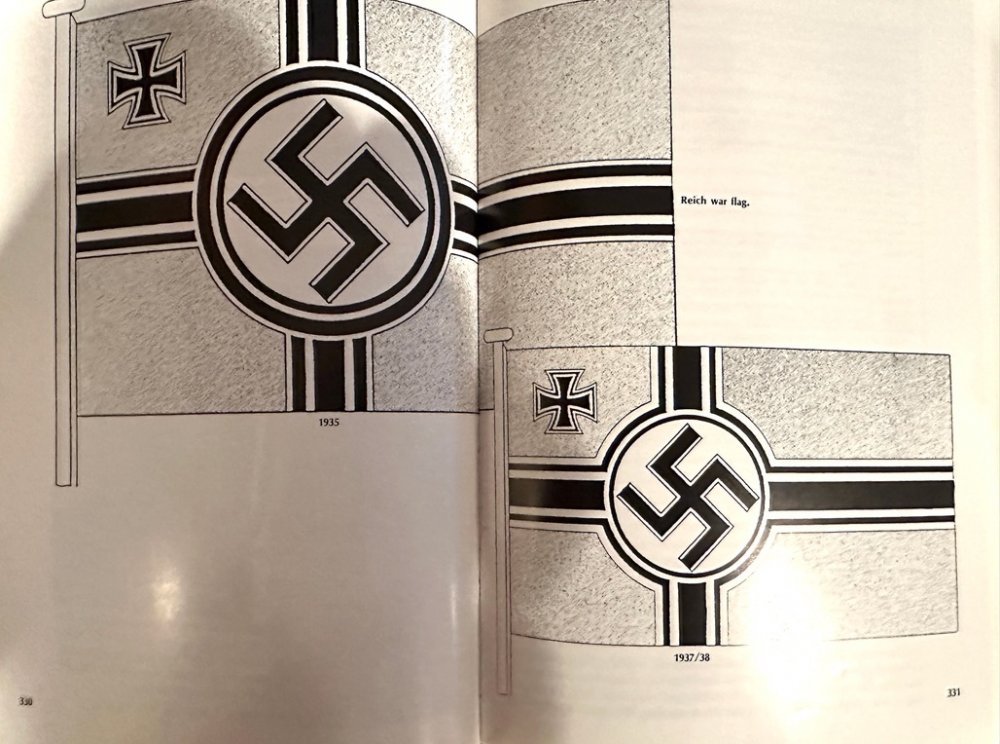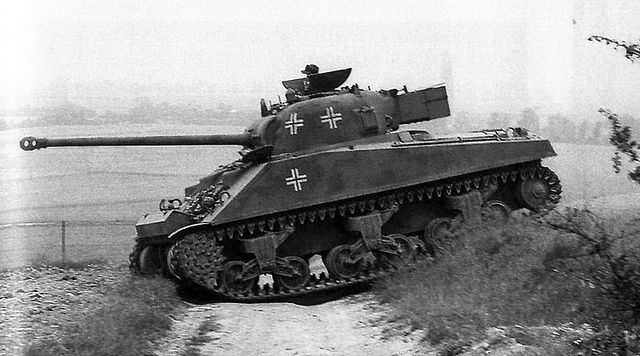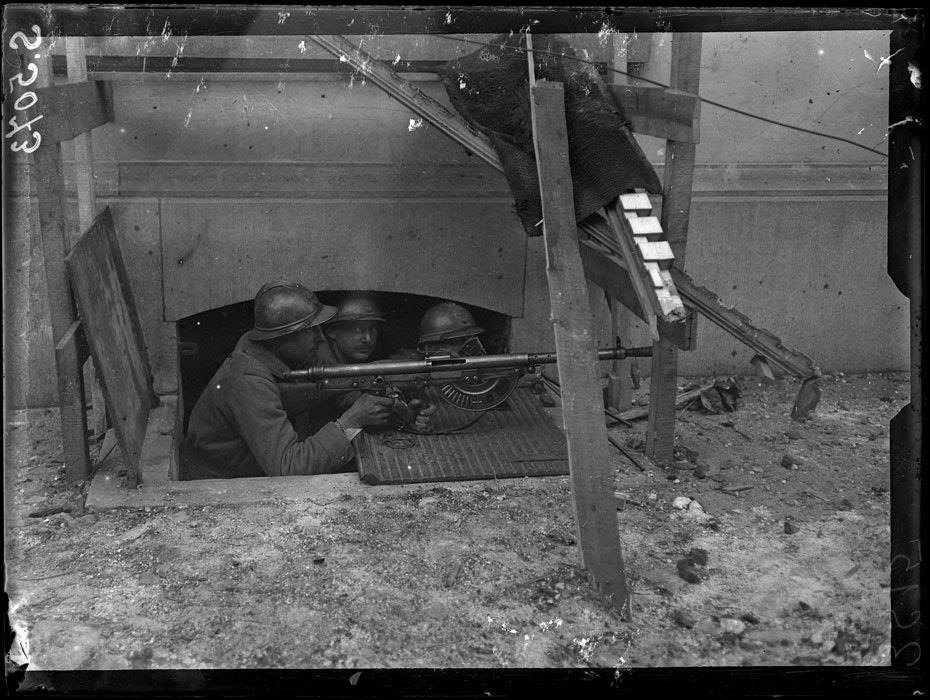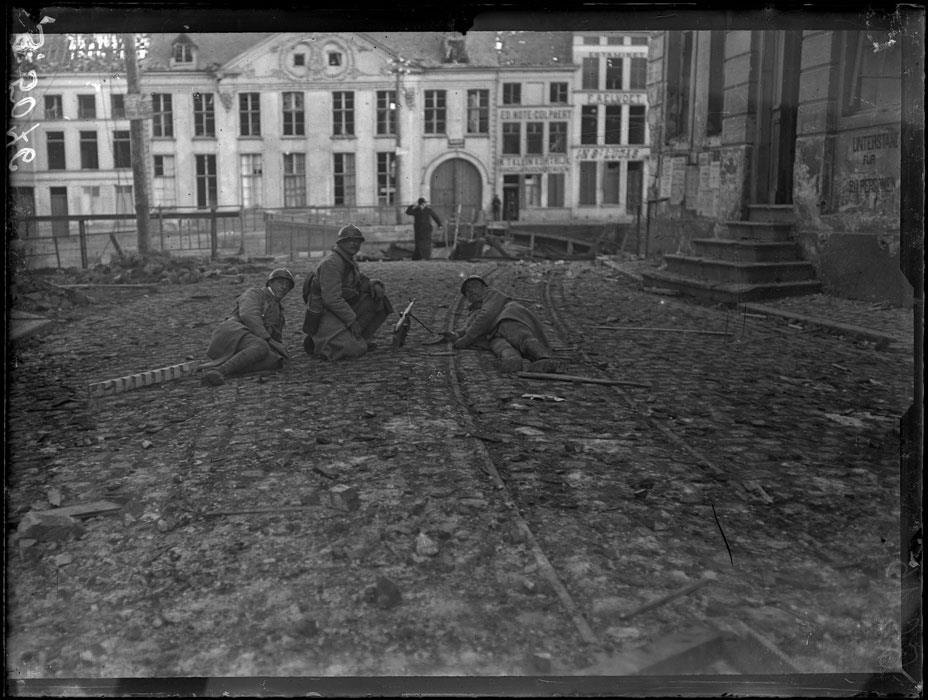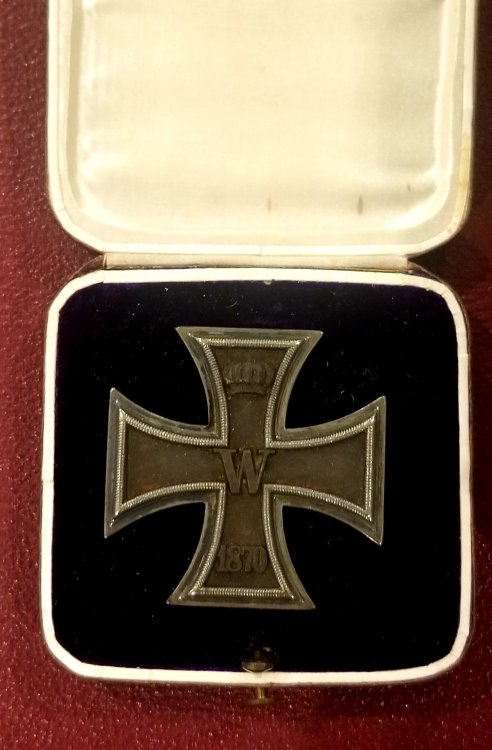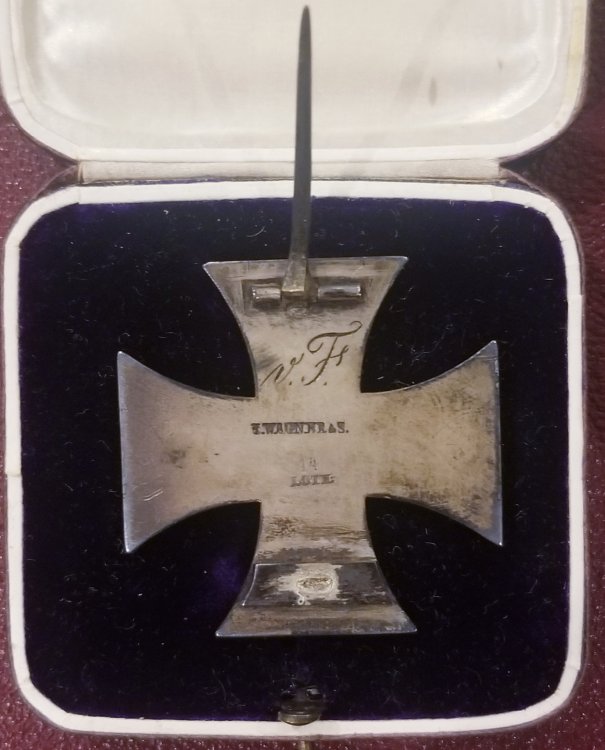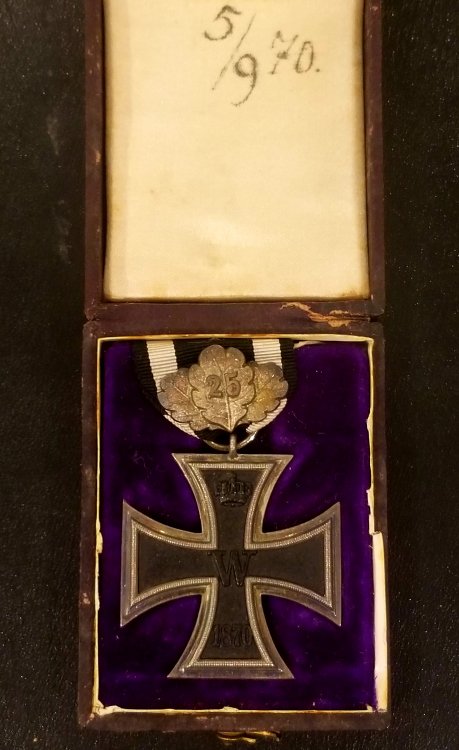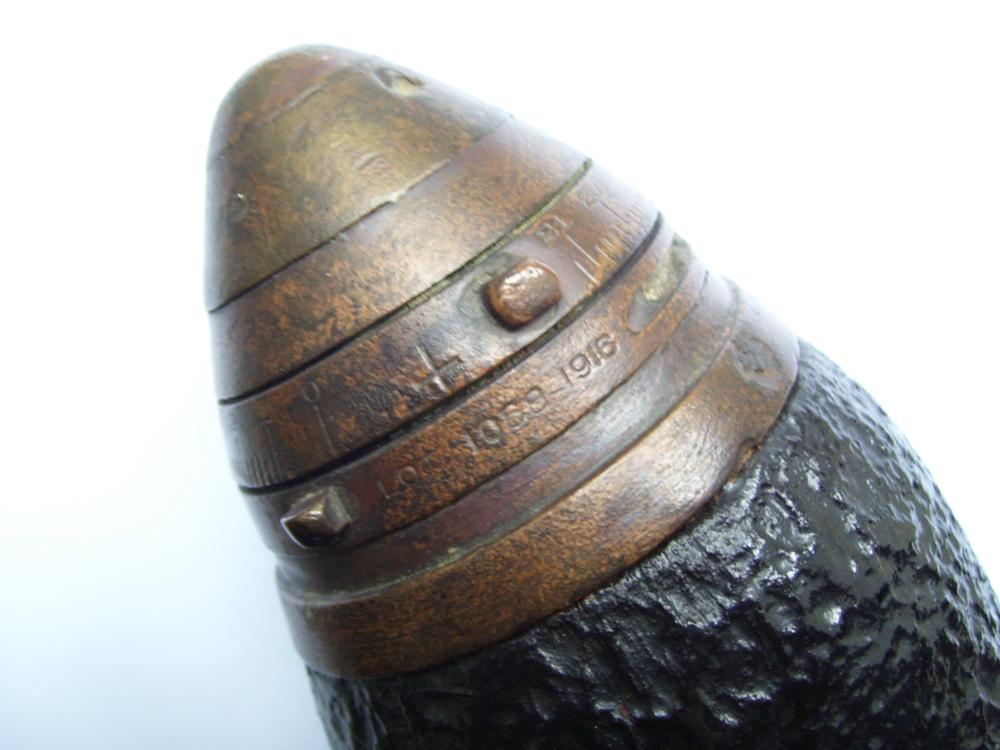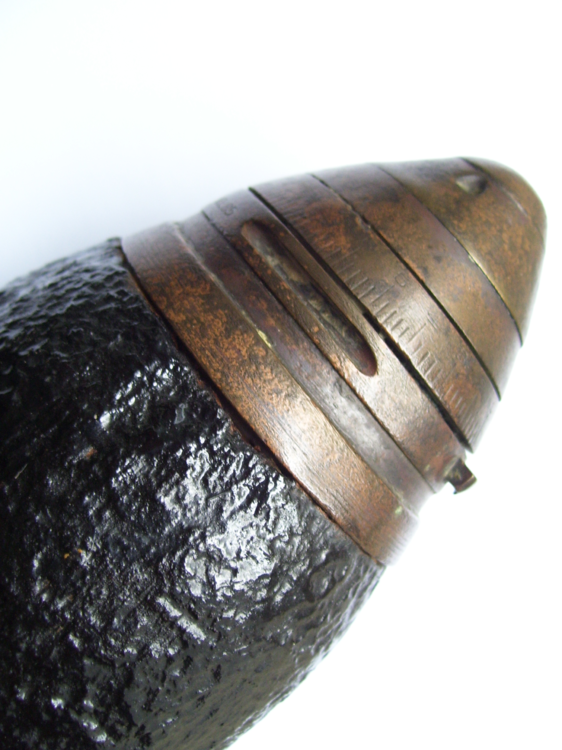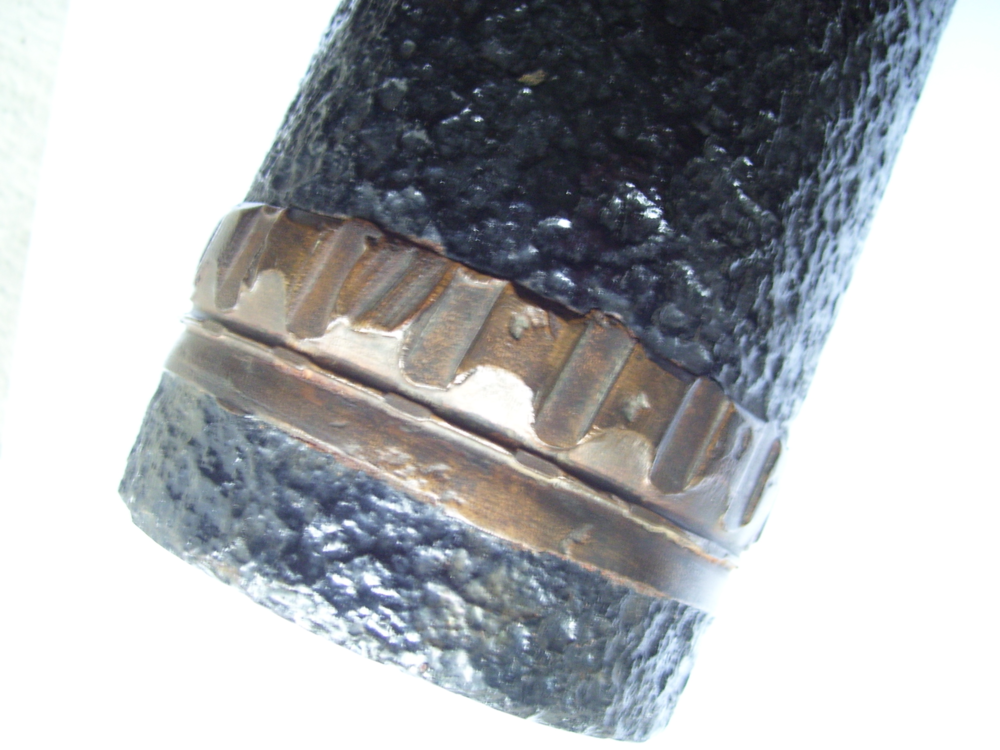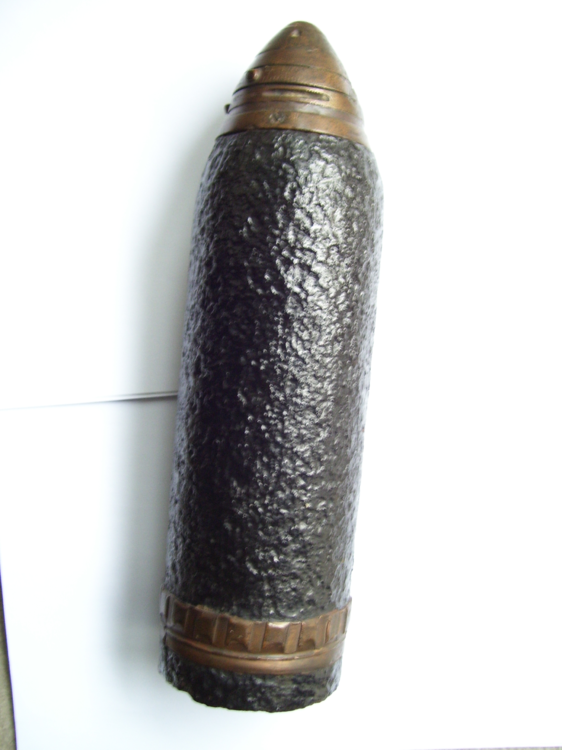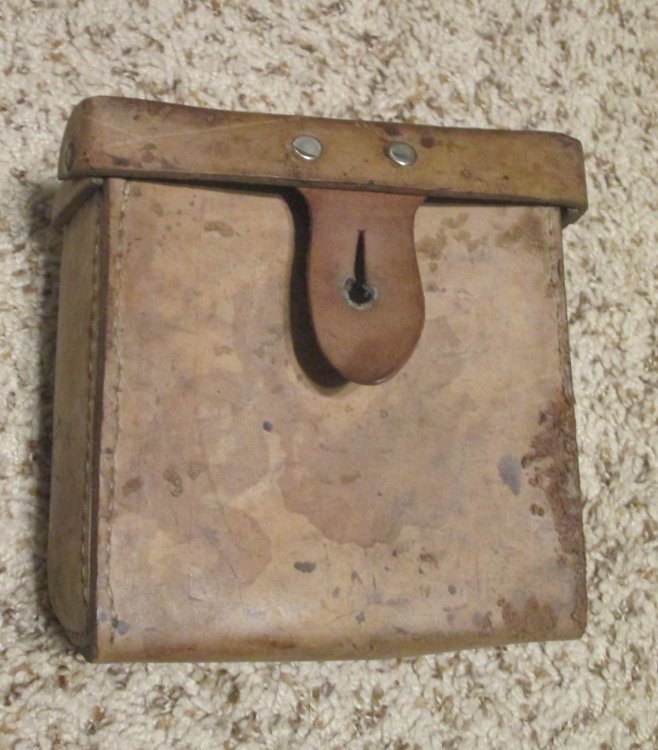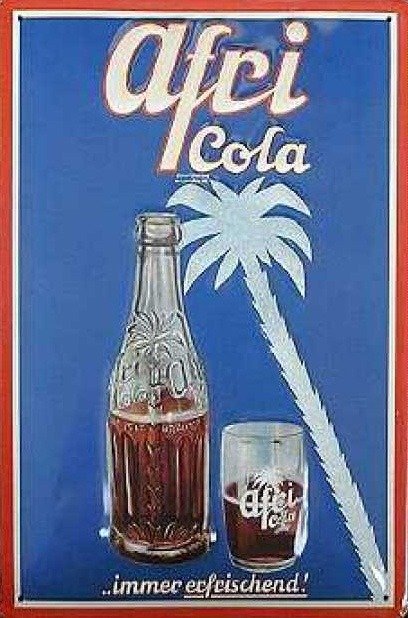Leaderboard
Popular Content
Showing content with the highest reputation since 25/06/18 in Posts
-
Here is my Deactivated WW1 Lewis Gun, this particular version was made for the Belgian Army, under contract from the Birmingham Small Arms Company (B.S.A.) in Birmingham, England. Although the Belgians did have a factory (Armes Automatiques Lewis Company at Liege) they did not make very many as most of Belgium was overrun by the Germans. The British could make 6 Lewis guns for the time and cost of making a single Vickers Machine gun. B.S.A. produced a total of 145,397 Lewis guns during World War I. The sling is a modern reproduction as real slings are extremely hard to come by. Original slings had the padding made from asbestos, so this one has a synthetic padded area that simulates the look. This weapon weighed in at 28 pounds and a fully loaded 47-round magazine was 4 pounds. Still a relatively light weapon compared to the static mounted machine guns like the U.S. made vickers (M1915) which weighed 42 pounds for the gun and another 56 pounds for the tripod. Maxim Machine guns weighed about 75 pounds as well. The big advantage of this weapon was its portability, it could be operated by a single soldier, and keep up with the infantry advances. These light machine guns were prized by the Germans who often would capture them and use them against the Allies.10 points
-
Here is a Bulgarian M36 Helmet, type C, which was the last version to be produced. Initially these helmets were made abroad, but machinery was moved to Bulgaria to allow for domestic production. The type C was introduced in 1939 and is the most numerous of the various models. The helmet is somewhat similar to the German helmets, but smaller, lighter, and a shorter brim. This particular helmet at a size 54, with the original liner, but missing the chinstrap. I found this at a local estate sale, and it was a cheap pickup.8 points
-
Here is my latest find, a VB Launcher for the US M1917 Enfield rifle. This is the twist on type, with a metal spring band to hold the sight and muzzle firmly while in operation. Un-Dug examples are very hard to find. Near the muzzle of the launcher you can see a knurled band, this was so that soldiers could feel the difference at night or in dark conditions. This version and the version for the M1903 Springfield are virtually identical, the M1903 does not have the knurled band however.8 points
-
Pictured from my collection is an optical gunsight for a 3.7 cm anti-aircraft gun (Flak M42) manufactured for the Kriegsmarine. The code for this manufacture is 'dow' (Waffenwerke Brunn A.G. (1943 - Opticotechna Gmbh, Prerau Czech.)). The optic has a wide field of view with a ranging reticle. Even though designed to withstand harsh environments, this optic was made to be removed from the weapon system mounted on an U-boat .7 points
-
7 points
-
Pictured from my kriegsmarine collection is an emblem and a badge used by the Ubootwaffe as tradition cap insignia. The emblem for the National Socialist League of the Reich foe Physical Fitness( left) was worn as an U-Boat cap insignia by the crew of U-274, as was the Edelweiss gap device of the German Army Mountain Troops (right) by the crew of U-124. Examples of the these tradition badges are on page 77, page 81, and page 83 of 'Torpedo Los! THE FASCINATING WORLD OF U-BOAT COLLECTIBLES' by Gordon Williamson. Pictured from my collection is a U-Boat tradition cap insignia 'Swordfish spearing an enemy sip' for the U-441 being worn by its Commander, Klaus Hartmann (white cap). All 51 hands, including Hartmann, died when U-441 was sunk by Allied depth-charges on 30 June 1944.7 points
-
Picture is a two-piece officer''s visor cover for junior grade from my collection of Kriegsmarine antiques. The cap has a hand-embroidered gilt wire national emblem and, cockade, as well as gold wire piping. This cap belonged to Werner Wendt (1916-1988), Captain of U-765. The U-765 was sunk in the North Atlantic on 6 May 1944 by depth charges on its first war parol. Werner and 10 crewmen survived, 37 dead. Pictured below is the underside view of the visor cap. Pictured below is the two-piece visor cover disassembled. In this configuration, a white or blue cap-covers could be worn. Because I do not like to take this cover apart, I used a photo taken years ago.7 points
-
Over 4000 views in such a short time, I think this post deserves to be pinned7 points
-
John, you have an amazing collection, really have enjoyed you sharing your items with us.7 points
-
From my collection are pictures of my Sold-Libellen KM-2 sextant with its original metal storage box. This sextant was manufactured for the Kriegsmarine by C.Plath. The SOLD KM-2 was developed for navigational use aboard U-boats and S-boats at night and/or in poor weather conditions when horizon not visible. For an in-depth review of this type of sextant, visit the link https://sextantbook.com/2013/11/04/the-sold-km2-bubble-sextant/. A view of KM-2 stored in its metal metal box. Note several accessories from the storage box are missing, but the original inventory label is present on inside of one of the two lids (not pictured). Top of metal storage box with access secured with side latches. The handle sides of KM-2 Sextant were the identification plate was once mounted but removed. View of the dial side of KM-2 sextant. The plate on dial is marked J.B., indiscernible mark, Geprütt Deutsche Seewarte (German Naval Observatory). Another view of dial side of KM-2 sextant. Topside view KM-2 sexton.7 points
-
7 points
-
Dear Gentlemen, Thank You for advising, Here is my first acquisition for the NSDAP Party Pin m1/164 RZM Marker, (Buttonhole), Check out the photos . I have put it through under the loupe so you guys can have a better look, for example, in the A & O alphabet you may find holes in it, not sure why is there a hole . Enjoy!!7 points
-
7 points
-
7 points
-
7 points
-
7 points
-
7 points
-
Hi John333, It took me a long time to find a DECENT Ostfront medal. My advice would be to go for the shown medal if the price is reasonable to you as it is quite a nice example. Especially as it has a makers mark on the suspension ring. You can always keep looking for a better conditioned one and upgrade at a later date. So, if you don't have one yet, go for this one with an eye to upgrade at some point in the future. REALLY GOOD examples of this badge do not come up very often, and when they do they are snapped up quickly!7 points
-
7 points
-
Fritz: The answer to your question "I assume the buttons on the leather crew jacket are probably of gilded glass? " is "No." All the buttons on the black leather jacket in my collection are of two-piece metal construction with a fouled anchor gilt front and the backs are marked BESONDERS HALTBAR 'Particularly Durable' with makers symbol. A black leather jacket like mine with gilt fouled anchor buttons can be seen below on page 263 of Volume 2, Die Kriegsmarine Uniforms and Traditions by John R. Angolia and Adolf Schlicht. Pictured below is the back of a two-piece metal fouled anchor button on my black leather jacket. Note that various manufactured produced buttons that were used in making black leather jackets for the Kriegsmarine. Along with my black leather jacket having metal gilt buttons pictured below, note that this jacket has the Kriegsmarine ordnance mark (Eagle over M) between two fouled anchor buttons. The Kriegsmarine proof mark like the one on my jacket is pictured below on page 265 of Volume 2, Die Kriegsmarine Uniforms and Traditions by John R. Angolia and Adolf Schlicht. The collar of the neck was closed up by a metal clasp like the one below on my jacket. Note the front corner of the low standing collar are rounded and the button holes are reenforced with a narrow leather trim. Pictured is the interior of my jacket, which is lined with wool. Also I have enclosed a picture of the back of this jacket. For further information I havedenclosed page 288 of Deutche Kriegsmarine Uniforms, Insignia and Equipment of the German Navy 1933-1945 by Eduardo Delgado.7 points
-
Hi Eddie, I'm afraid the serial number is just a batch number so would not identify the U boat. Sometimes you will find the letter N which would identify them as belonging to the German Navy North Sea Fleet. Sorry can't help much more. Here is a list of the makers codes but no list of serial numbers as far as I'm aware. b e h ERNST LEITZ. WETZLAR GERMANY b e k HENSOLDT WERK FUR OPTIK UND MECHANIK HERBORN GERMANY b l c CARL ZEISS, MILITARABTEILUNG JENA JENA GERMANY b m h JIRASEK (not in Walter) PRAGUE CZECH b m j M. HENSOLDT & SOHNE, A.G. WETZLAR GERMANY b m t C. A. STEINHEIL SOHNE, GmbH MUNICH GERMANY b p d C. P. GOERZ, GmbH VIENNA AUSTRIA b v f C. REICHERT VIENNA AUSTRIA b y g JOH. WYKSEN, K.G. KATTOWITZ POLAND b z z I.G.-FARBENINDUSTRIE, CAMERAWERK MUNICH GERMANY c a d KARL KAHLES (telescopic sights) VIENNA AUSTRIA c a g D. SWAROVSKI WATTENS/TIROL AUSTRIA c a u KODAK AKTIENGESELLSCHAFT, DR. NAGEL WERK STUTTGART GERMANY c c x OPTISCHE UND FEINMECHANISCHE WERKE, HUGO MEYER & CO. GOERLITZ GERMANY c l b DR. F. A. WOHLER KASSEL GERMANY c l n ED. SPRENGER BERLIN GERMANY c r h FRANZ SCHMIDT & HAENSCH BERLIN GERMANY c r n HANSEATISCHE WERKSTATTEN FUR FEINMECHANIK UND OPTIK, FRIEDRICHS & Co. HAMBURG GERMANY c r o R. FUESS, formerly J. G. GREINER & GEISSLER BERLIN GERMANY c x n EMIL BUSCH, A.G. RATHENOW GERMANY d d v OCULUS (optometrist equipment, possibly gunsights) BERLIN GERMANY d d x VOIGTLAENDER & SOHN, A.G. BRAUNSCHWEIG GERMANY d k l JOSEF SCHNEIDER KREUZNACH GERMANY d o q DEUTSCHE SPIEGELGLAS A.G. (telescopes, lenses) LEINE GERMANY d o w WAFFENWERKE BRUNN A.G. (1943-OPTICOTECHNA GmbH) PRERAU CZECH. d p g ADOX KAMERAWERK GmbH (cameras) WIESBADEN GERMANY d p v ZEISS IKON A.G. DRESDEN GERMANY d p w ZEISS IKON A.G. GOERZWERK BERLIN GERMANY d p x ZEISS IKON A.G., CONTESSAWERK STUTTGART GERMANY d y m RUNGE & KAULFUSS RATHENOW GERMANY d y s HEINRICH ZEISS, UNIONZEISS K.G. ('apparently optical' BERLIN GERMANY d z l OPTISCHE ANSTALT OIGEE GmbH BERLIN GERMANY e a f MECHANOPTIK GESELLSCHAFT FUR PRAZISIONSTECHNIK, AUDE & REIPERT BABELSBERG GERMANY e a w R. WINKEL GmbH GOETTINGEN GERMANY e e d KURBI & NIGGELOH (photographic equipment) RADEVORMWALD GERMANY e s o G. RODENSTOCK MUNICH GERMANY e s u STEINHEIL SOHNE GmbH (telescopes & optics) MUNICH GERMANY e u g OPTISCHE PRAZISIONS WERKE GmbH WARSAW POLAND f c o SENDLINGER OPTISCHE GLASWERKE GmbH BERLIN GERMANY f j t PHOTOGRAMMETRIE GmbH (aerial recon. cameras) MUNICH GERMANY f l n FRANZ RAPSCH A.G. (sights, often subcontractor to Busch) RATHENOW GERMANY f v s SPINDLER & HOYER K.G. GOTTINGEN GERMANY f v x BECK & SOHNE KASSEL GERMANY f w r OPTISCHE ANSTALT SAALFELD GmbH SAALFELD GERMANY f x p HANS KOLLMORGEN GmbH BERLIN GERMANY g a g F. MOLLENKOPF STUTTGART GERMANY g k p RUF & Co., formerly CARL SCHUTZ KASSEL GERMANY g u g UNGARNISCHE OPTISCHE WERKE A.G. BUDAPEST HUNGARY g u j WERNER D. KUEHN BERLIN GERMANY g w v ERNST PLANK NURNBERG GERMANY g x l FRANKE & HEIDECKE (photographic equipment) BRAUNSCHWEIG GERMANY g x p HOMRICH & SOHN (photographic equipment) h d v OPTISCHE WERK OSTERODE GmbH OSTERODE GERMANY h f o VALENTIN LINHOF OHG (photographic equipment) MUNICH GERMANY h k m CARL BRAUN KG NURNBERG GERMANY h n a KORELLE WERKE, G.H. BRANDTMANN & Co. (photographic) DRESDEN GERMANY h r w HOH & HAHNE (photographic reproduction equipment) LEIPZIG GERMANY h w t IHAGEE KAMERAWERK, STEENBERGEN & Co. (cameras) DRESDEN GERMANY h x h A. KRUSS HAMBURG GERMANY j f n TETENAL PHOTOWERK, Dr. TRIEPEL, K.G. (photographic equipment) BERLIN GERMANY j f p DR. CARL LEISS BERLIN GERMANY j n h F. TUTEMANN (lens holders & optical equipment) LUDENSCHEID GERMANY j o n VOIGTLANDER-GEVAERT (cameras) BERLIN GERMANY j u x NEDINSCO, NEDERLANDSCHE INSTRUMENTEN, (vehicle & aircraft instruments?) VENLO NETHERLANDS j v e ERNST LUDWIG WEIXDORF GERMANY j x n HELMUT KORTH BERLIN GERMANY k h c OTTO HIMMLER (microscopes, optical equipment) BERLIN GERMANY k l n ERNST & WILHELM BERTRAM (photographic equipment) MUNICH GERMANY k n a DER ROBOT, BERNING & Co., K.G. (photographic equipment) DUSSELDORF GERMANY k q c JOS. SCHNEIDER & Co., K.G. GOETTINGEN GERMANY k r q EMIL BUSCH A.G. (assembled from foreign components) RATHENOW GERMANY k w c GAMMA FEINMECHANISCHE & OPTISCHE WERKE BUDAPEST HUNGARY k x v A. JACKENROLL GmbH BERLIN GERMANY l a e HEINRICH ZEISS, UNION ZEISS K.G. GOSTINGEN l f n REFLEKTA-KAMERAFABRIK, C. RICHTER (cameras) THARANDT GERMANY l m q CARL ZEISS (assembled from foreign components) JENA GERMANY l w g OPTISCHE WERKE OSTERODE GmbH (assembled from foreign components) OSTERODE GERMANY l w w HUET ET CIE PARIS FRANCE l w x OPTIQUE ET PRECISION DE LEVALLOIS, PARIS LEVALLOIS-PERRET FRANCE l w y SOCIETE OPTIQUE ET MECANIQUE DE HAUTE PRECISION PARIS FRANCE m b v I.G. FARBENINDUSTRIE, A.G.; AGFA (cameras) BERLIN GERMANY m c a FOTOWERK, Dr. C. SCHLEUSSNER, GmbH (photographic equipment) FRANKFURT GERMANY m t q PHOTOCHEMISCHE FABRIK ROLAND RISSE GmbH (photographic equipment) FLORSHEIM GERMANY m t r VOIGTLANDER & SOHN, A.G. (cameras) BERLIN GERMANY m t u A. LORENZ (MTU also used for AEG electrical equipment) GUTENFELD m t v A. LORENZ DRESDEN GERMANY n m s RICHARD HOLZ BERLIN GERMANY n x t S.A.I. OTTICO MECCANICA E RILEVAMENTI AEROFOTOGRAMMETRICI (stereoscopic aerial photography equipment) ROME ITALY o c p AKTOPHOT GmbH (photographic equipment) PRAG-SABECHTLITZ o c v W. KLAZAR (precision engineering; reportedly photographic equipment) PRAG o k c HAUFF A.G. (photographic equipment) STUTTGART GERMANY p v f C. REICHERT VIENNA AUSTRIA r l n CARL ZEISS JENA GERMANY A.G. = AKTIENGESELLSCHAFT; JOINT STOCK COMPANY GmbH = GESELLSCHAFT MIT BESCHRANKTER HAFTUNG; LIMITED COMPANY I.G. = INTERRESENGEMEINSCHAFT; UNION OF INTERESTS K.G. = KOMMANDITGESELLSCHAFT; LIMITED PARTNERSHIP OHG = OFFENE HANDELSGESELLSCHAFT; PRIVATE FIRM (literally, 'open trading company')7 points
-
Hello all Another new member seeking Historical WWII information. I recently inherited some German WWII memorabilia from a close family friend whose husband just passed away. They emigrated here to Canada in 1980. Their parents and relatives were part of the war effort in Germany during WWII. Her father was in the Luftwaffe and his items are displayed en mass in one photo. Her uncle was in the 5th SS Wiking division and his items are in the second and third photo's. I will be receiving more information and possibly photos when she receives them from her mother who is still alive in Germany. I am not an expert on these types of items however I do have a keen interest in WWII Hx. Any info or referencing to other sources would be hugely appreciated. I am looking to preserve these items in frame along with my families war memorabilia from that era. Thanking you all in advance.7 points
-
7 points
-
7 points
-
7 points
-
7 points
-
7 points
-
7 points
-
7 points
-
7 points
-
Have just ordered this badge recently, RCAF On the lookout for one of these, and a NZ one Have just seen one like this, will order in due time, Brown Bess Also just viewed. I had several in the past. This one is post-WW2 dated, but identical to the period piece. Strap is not original. Replacement straps can still be found. "Au porte bonheur" as some antique dealers say and to complete my WW1 French uniform, also recently viewed, price moderate. I have had several in the past6 points
-
6 points
-
Hello friends ! I`m a new at your forum. My name is Michael. I`m from Russia, Kaliningrad city. Before 1945 - Konigsberg, East Prussia (Ostpreussen). I collected german militaria and civil itemes. Here my Fanta bottles and Penzig/ Schlesien glass lid. All was find in my region ! Fanta bottles are 40, 42, 43 and without year. Some quastions : ---------------------------------------------------------------- - Have you seen bottles of 44 and 45 year ? Is it possible? That a bottle without a year is 45 year of produced ? - I once met a bottle where the year is written like this: "1941" in four digits. Which bottles are rarer - with two digits of the year or with four ? Why was that ? ---------------------------------------------------------------------- Why is the Penzig/ Schlesien glass lid is interest ? Before registering on this forum, I did not pay attention to these lids. After reading the information about it here, I found one for myself. We have a lot of glass from german cities in our city, which are now the territory of Poland. These are mostly beer bottles. No one appreciates this glass in Kaliningrad. Why are these lids interesting ? What mean "GH" and "54" on it ? And please note that on the lid of Moderator Fritz there are three horizontal dots in the center, and I have four. Does that mean anything ? ---------------------------------------------------------------------- Looking forward to the answers ! THANK YOU VERY MUCH !6 points
-
All: Hello. At this point, I have shared approximately 1/3 of the pieces in my collection of Kriegsmarine antiques with you. I trust you have enjoyed viewing, as much as I have sharing, my collection, more to come. Best regards, John R.6 points
-
Pictured are my 'Eiserne Kreus II. Klasse (EKII)' Iron Cross Second Class (right) and an 'Eiserne Kreus I .Klasse (EKI)' Iron Cross First Class (left). As you probably know, these awards were presented to a serviceman of the German Armed Forces for an act of valor in combat. Both crosses were manufactured by the firm Rudolf Wachtler & Lange (maker mark 100). View the below video regarding the history of the German Iron Cross.6 points
-
Pictured from my collection of Kriegsmarine antiques is a Flotilla pennant marked Floottillenstd 'Flotilla Standard 0.5X0.7 (size in centimeters) in ink on bunting. A pennant like this one is pictured on page 350 in Volume 3, Die Kriegsmarine Uniforms & Traditions by John R. Angolia and Adolf Schlicht.6 points
-
Pictured from my collection of Kriegsmarine antiques is a second pattern Reich war flag with Eagle over M (Kriegsmarine Ordinance Proof) Dt. (Deutsch 'German') Reichskriegsfl. 'Imperial War Flag' 100x170 (size in centimeters) marked in ink on flag's bunting. A flag this one is on pages 328-331 of Volume 3, Die Kriegsmarine Uniforms & Traditions by John R. Angolia and Adolf Schlicht. Pictured below is an illustration of a first patter Riech war flag (top) and a second pattern Reich war flag (bottonm) on pages 330-331 of Volume 3, Die Kriegsmarine Uniforms & Traditions by John R. Angolia and Adolf Schlicht.6 points
-
6 points
-
Excellent collection you have John! Not often do we see items like this in such detail.6 points
-
6 points
-
6 points
-
I think it looks ok, blade might have been re-blued as it does not match the wear on the rest of the bayonet. Mundlos marked these bayonets in this manner until 1941, afterwards they used the letter code "ab" until 1944. Early dated types are more common, the 1944 dated bayonets are much harder to find from this maker.6 points
-
Here is a Heinkel He 111 which is being restored at former RAF Hawkinge, the work has been delayed a lot over the years, but gradually progressing. Originally a Casa which took part in the Battle of Britain film in 1969, it returned to Spain, where it detiorated in the years following. It arrived in England at the end of the 1990s and was at storage with the Imperial War Museum. It has now been finished in the colours of A1+DA of Kampfgeschwader 53, which was shot down near Woolwich Arsenal in 1940.6 points
-
Fritz, Thank you again for your knowledge. The ribbon in the background wasn't placed over the 39' cross intentionally, I was sorting through many of my crosses. You say that ribbon + bar is worn with 1914 cross or 1870? I'm in the process of sorting through my father's collection which was passed down to me. I want to make sure all documents, cases, bars ect. Are kept with the corresponding awards. He was more the expert and was teaching me but sadly past before we completed. Here are a few 1870 crosses I have as well. I enjoy the subject and very much appreciate the time you're taking in your responses.6 points
-
A British 18-Pounder shell head with fuse, purchased at the official stand at the offices of the South African War Memorial at Delville Wood in 1982. The copper bronze fuse has the lot number 1069 and date 1916. The driving band has the grooves of the barrel rifling. Overall deep pitting, overpainted as purchased. One of the many duds discovered and de-activated, hollow and empty, the fuse cap was loose and has been stuck in place.6 points
-
6 points
-
6 points
-
Here is another WW2 Era German Beverage bottle, this one is called Afri-Cola. Afri Cola was a direct Coca Cola knock-off. The bottle was heavily molded in the fashion of Coke bottles and the two-part name and logo were reminiscent of Coke. They even sold it for consumption in Coke "shaped" glasses. The trademark symbol was a palm tree. The description of the contents, the trade mark protection data, and even the dating code on the bottle was copied almost verbatim from a Coca Cola bottle. On the bottom edge it reads "Hersteller der Afri-Urprodukte Bluna-Koln 18" in the center it reads "0.25l Ge 2241"6 points
-
Here is my WW1 German Luger. It has all matching parts, except for the magazines. Serial Number 5841, made in 1918 at Erfurt. Real nice condition with the bluing covering the majority of the parts. The holster is dated 1911, so not original to this pistol, but it displays well. Very good craftsmanship, well made piece. Still shoots straight to this day.6 points
-
Yes, the WW2 German Stick Grenades are hard to come by nowadays. There are many fakes out there and real ones have jumped in price. My main interest is WW1 grenades to include the stick variants from that period, I do have 1 WW2 version which is shown below. The wooden handle is marked "42 BRB". BRB stoof for Richard Rinker GmbH, Menden, Kreis Iserlohn. The head is in rougher shape as it has some rust and corrosion issues. You can barely make out the white ink eagle inspection stamp, below it are 2 digits for the year, but I cannot make them out. The head does screw onto the stick body and it displays well.6 points







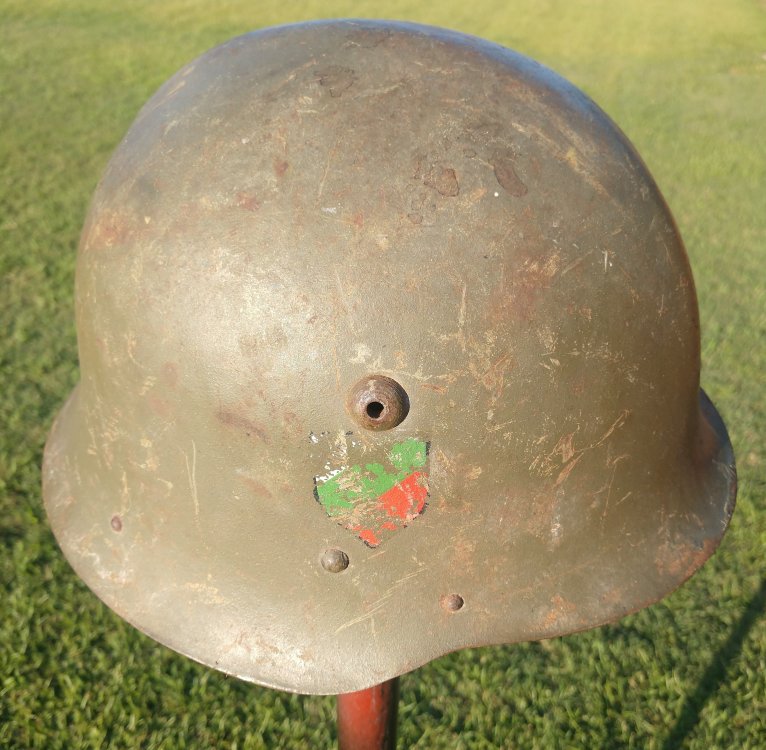
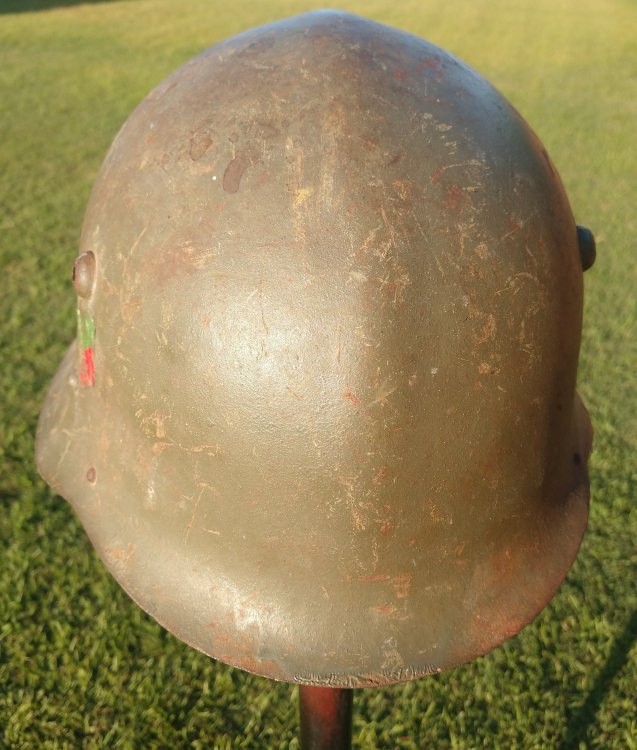
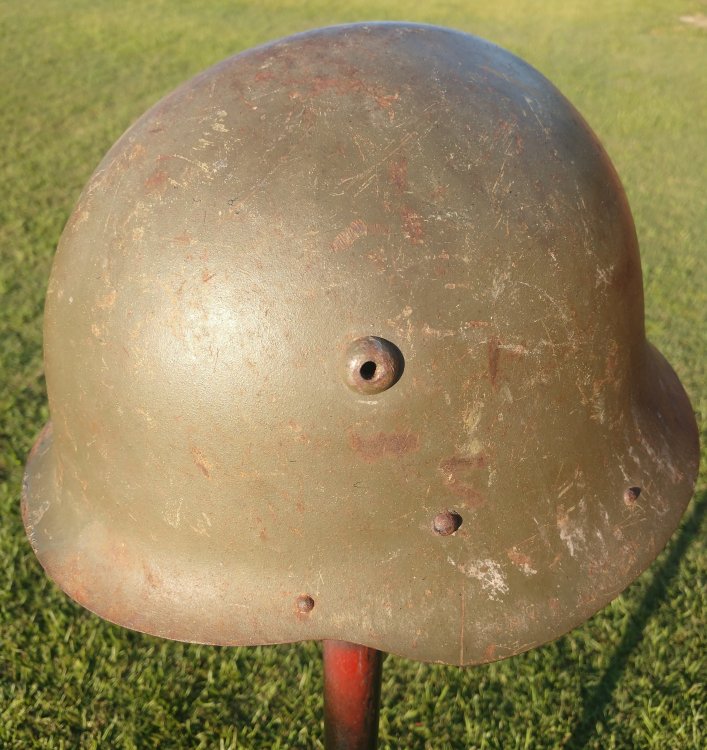
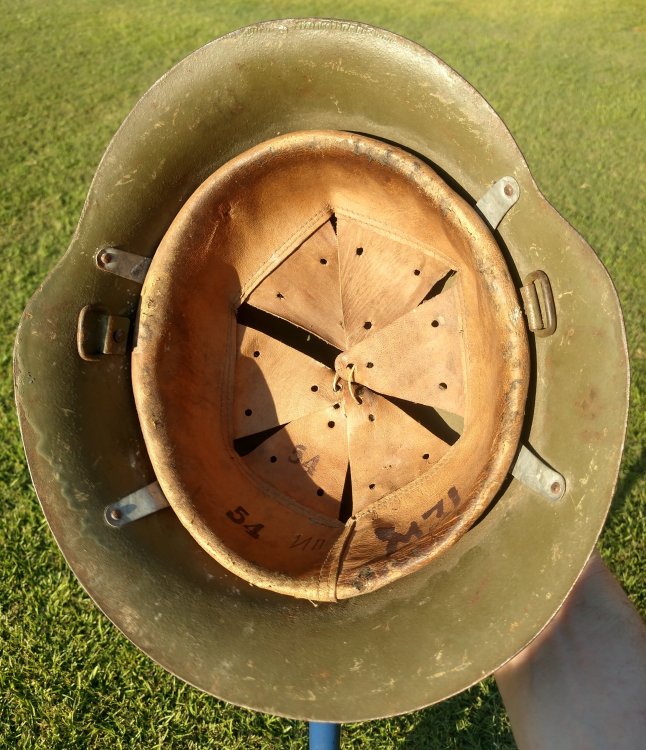
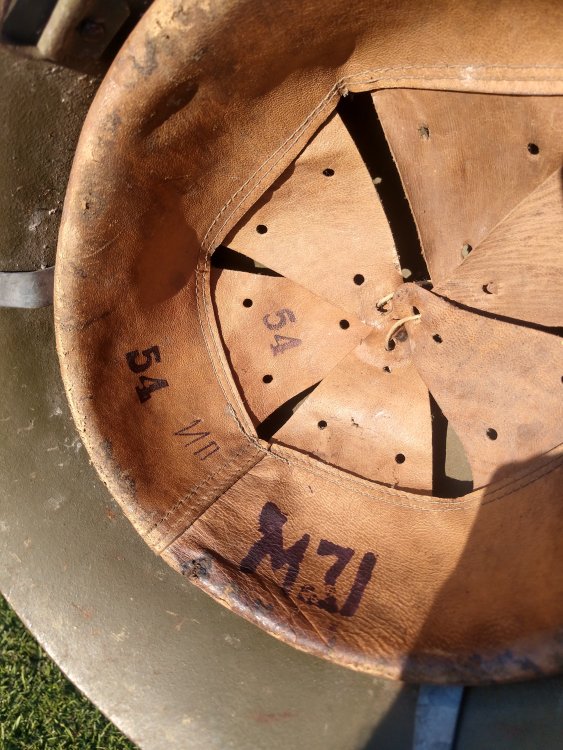

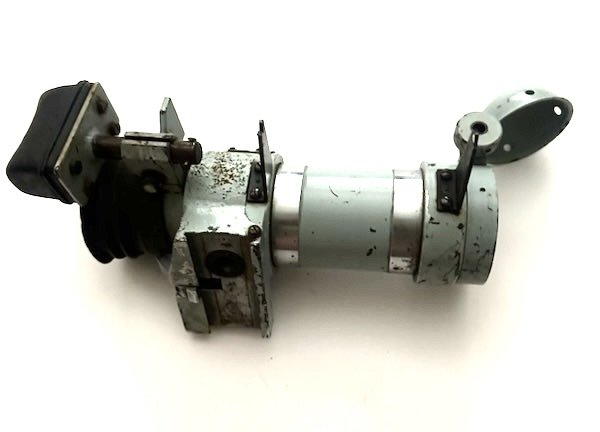
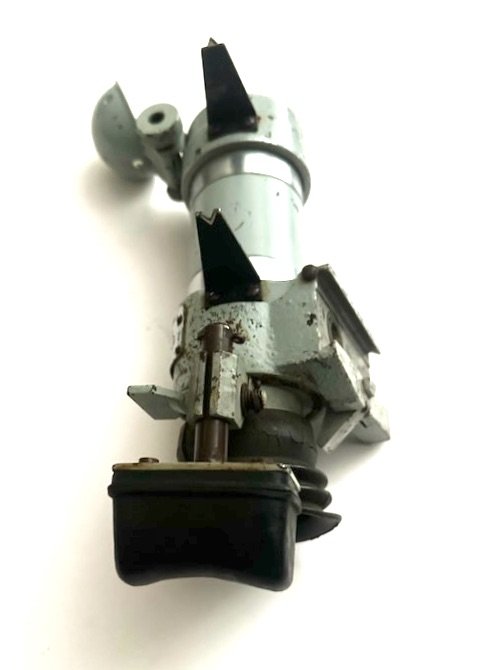
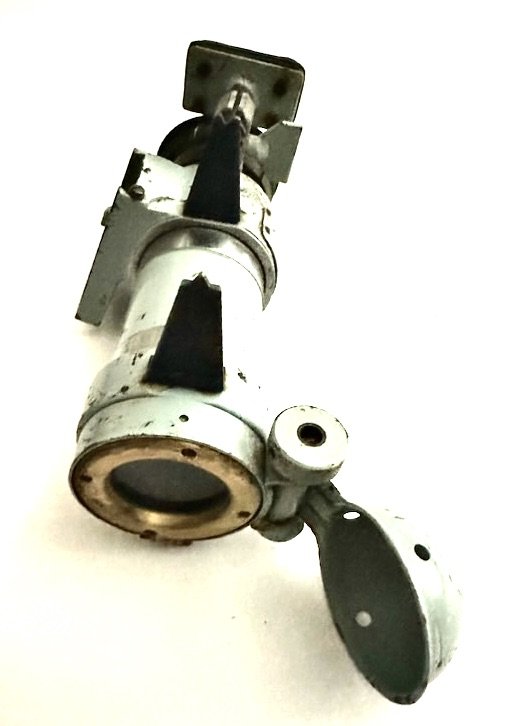
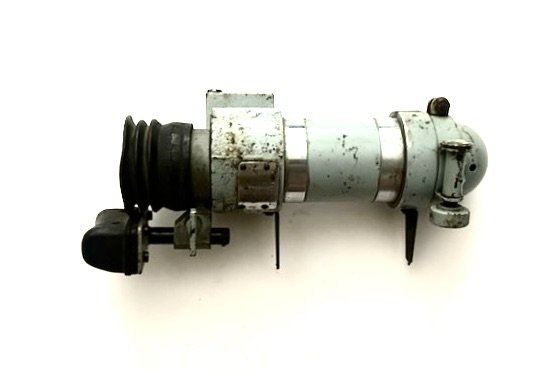
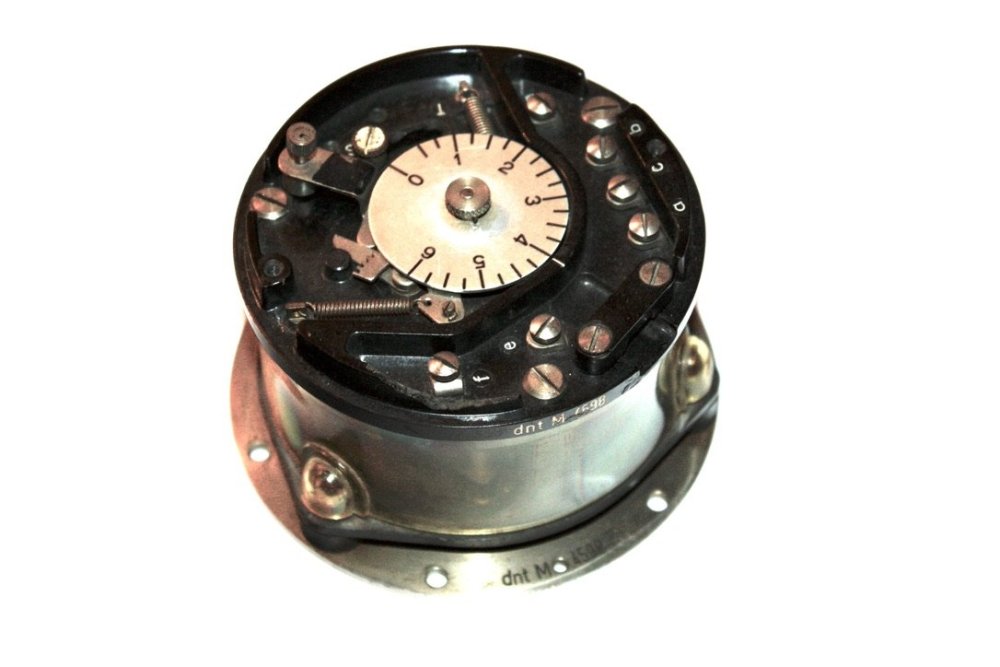
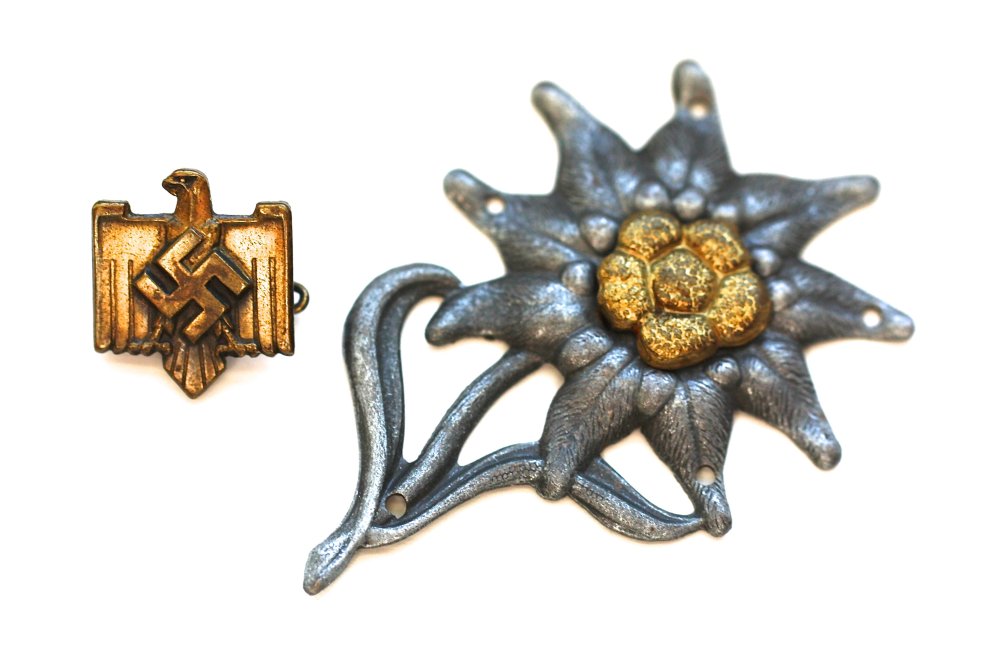
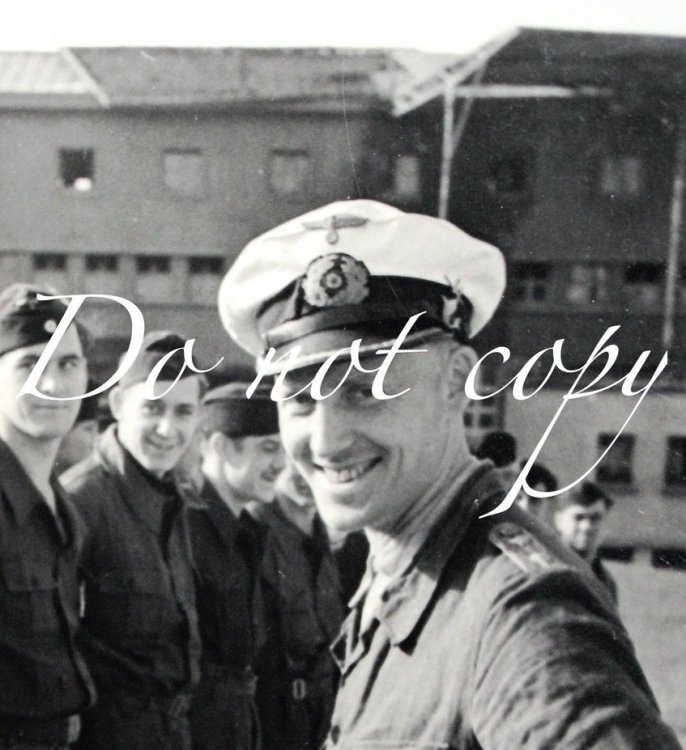
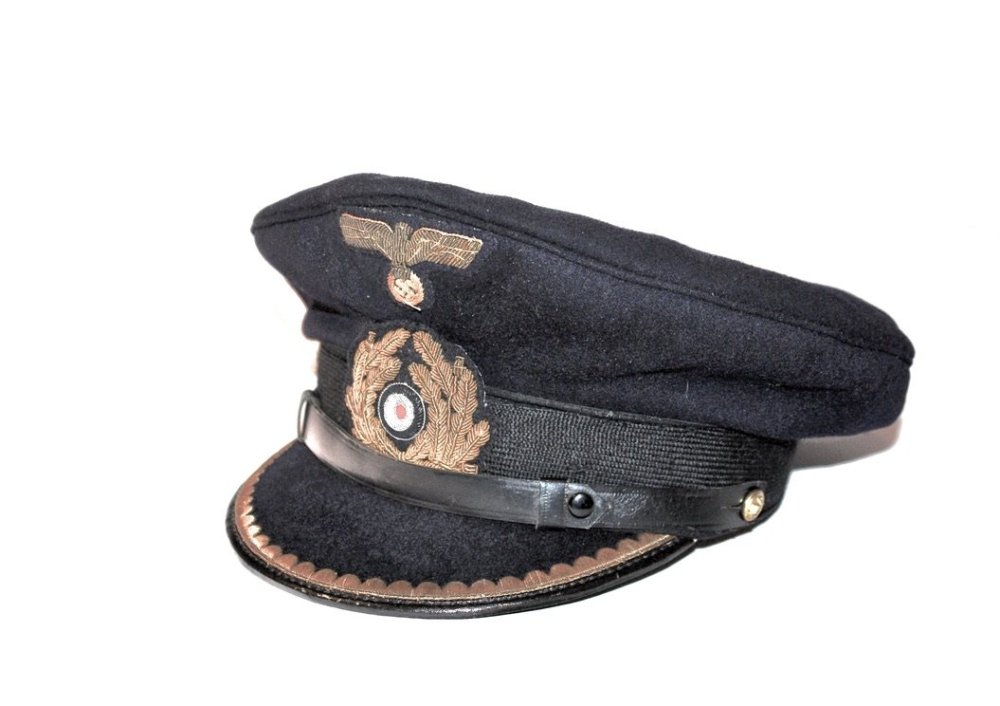
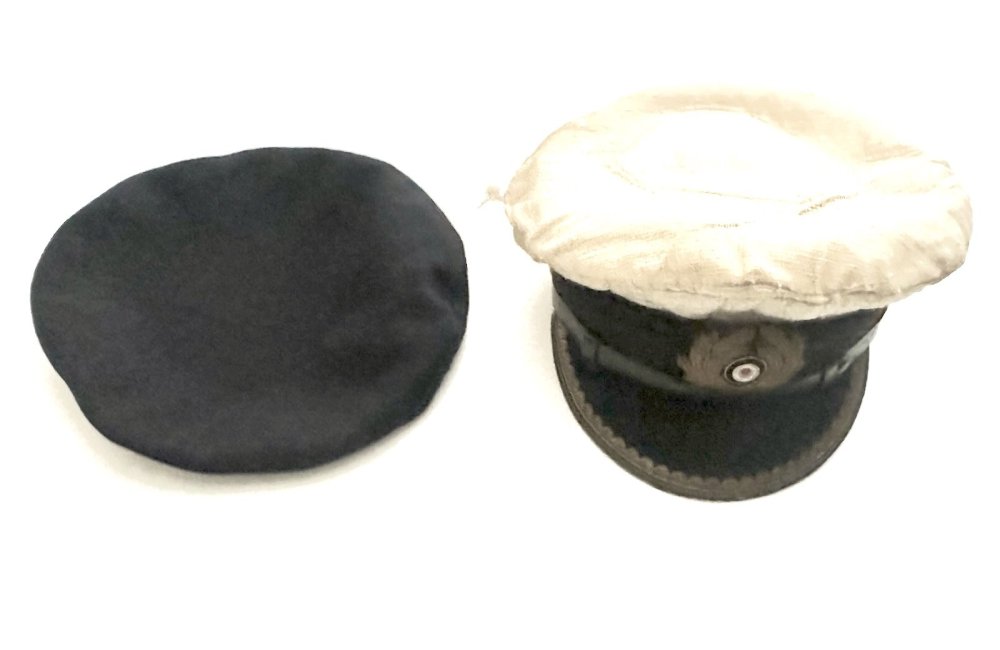
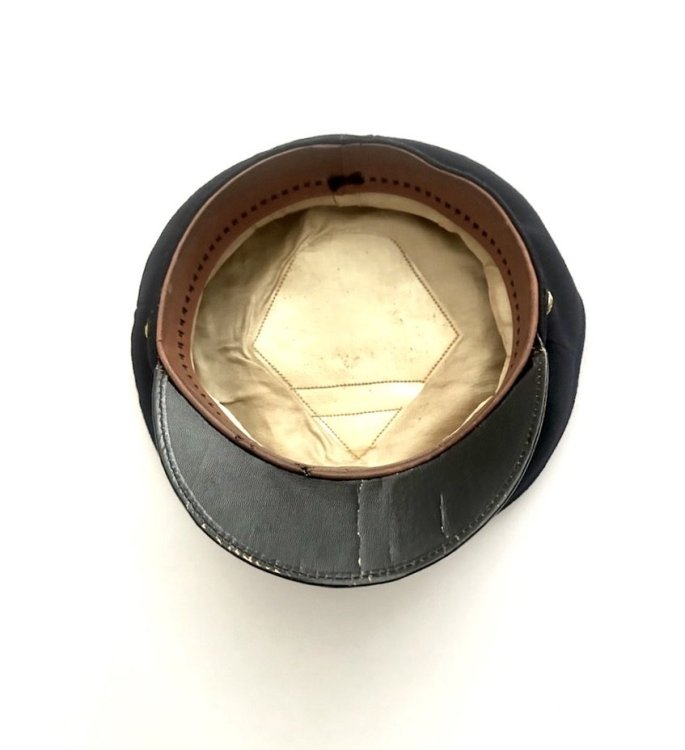
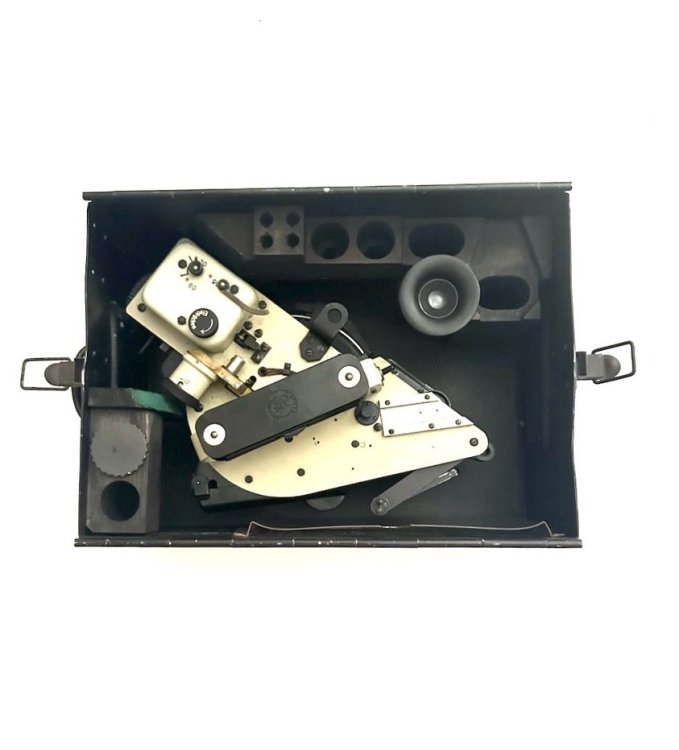
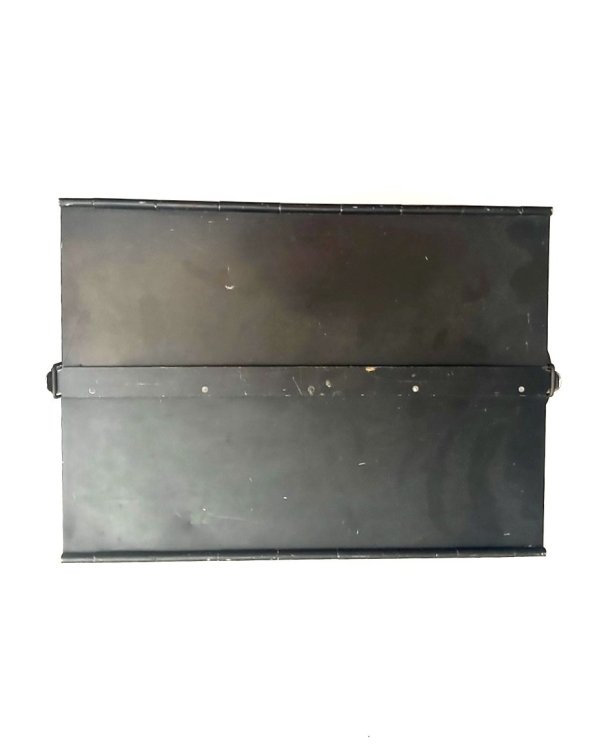
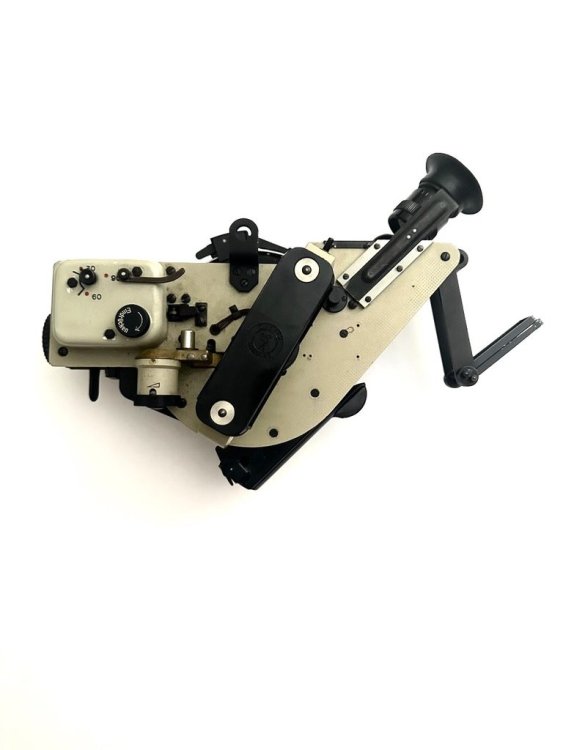
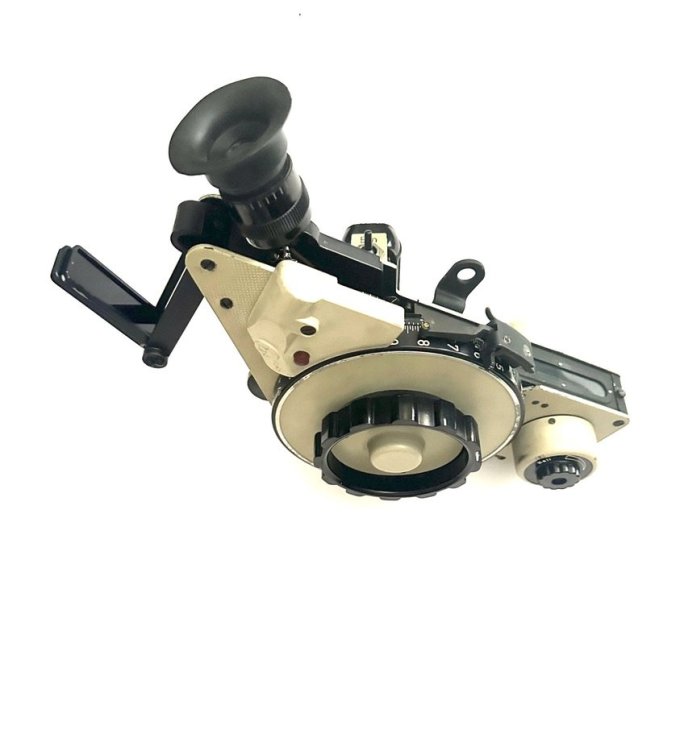
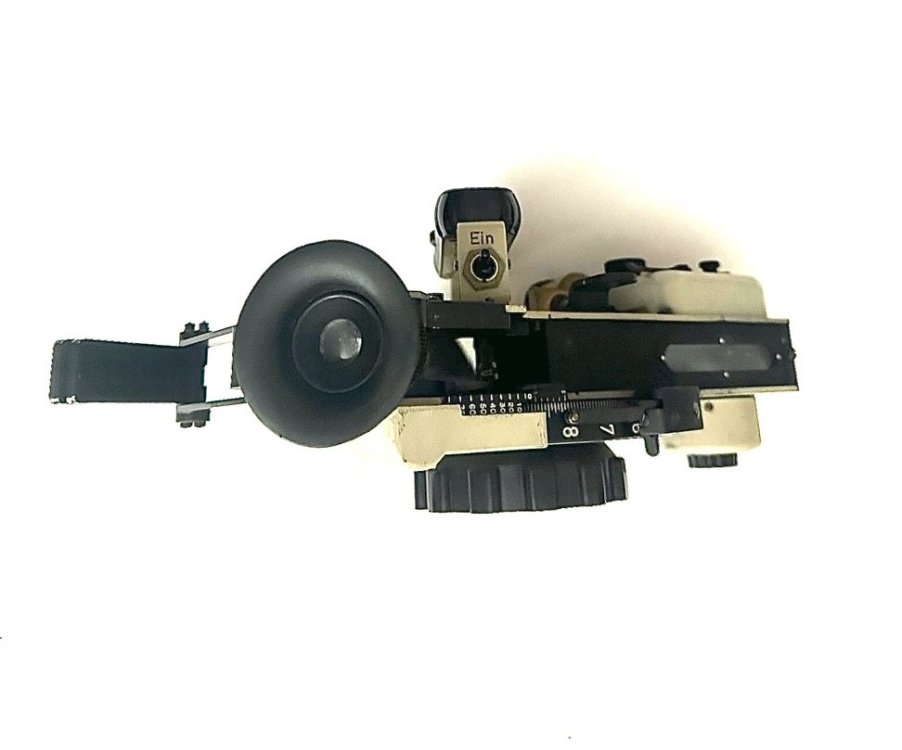

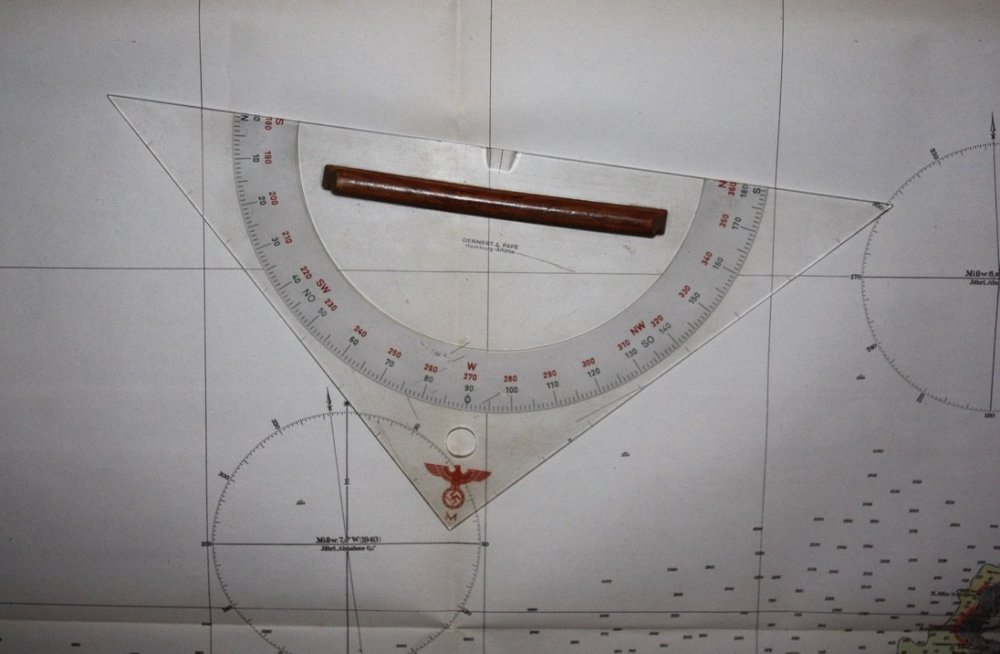
-min(1).thumb.jpg.6e3f369f346a531e3d739f42291fb331.jpg)
